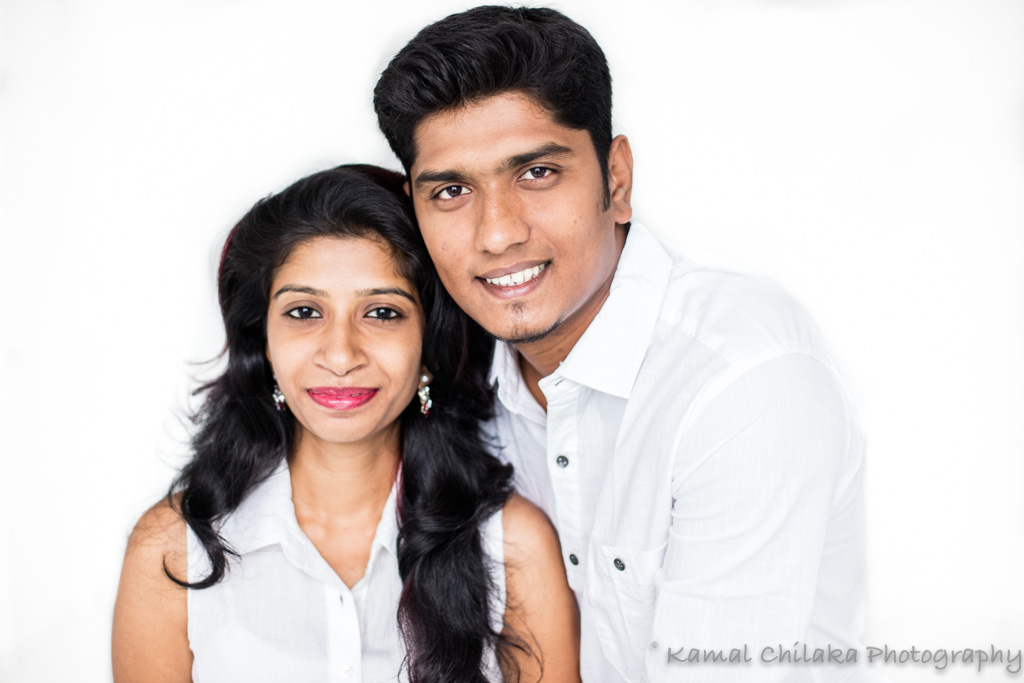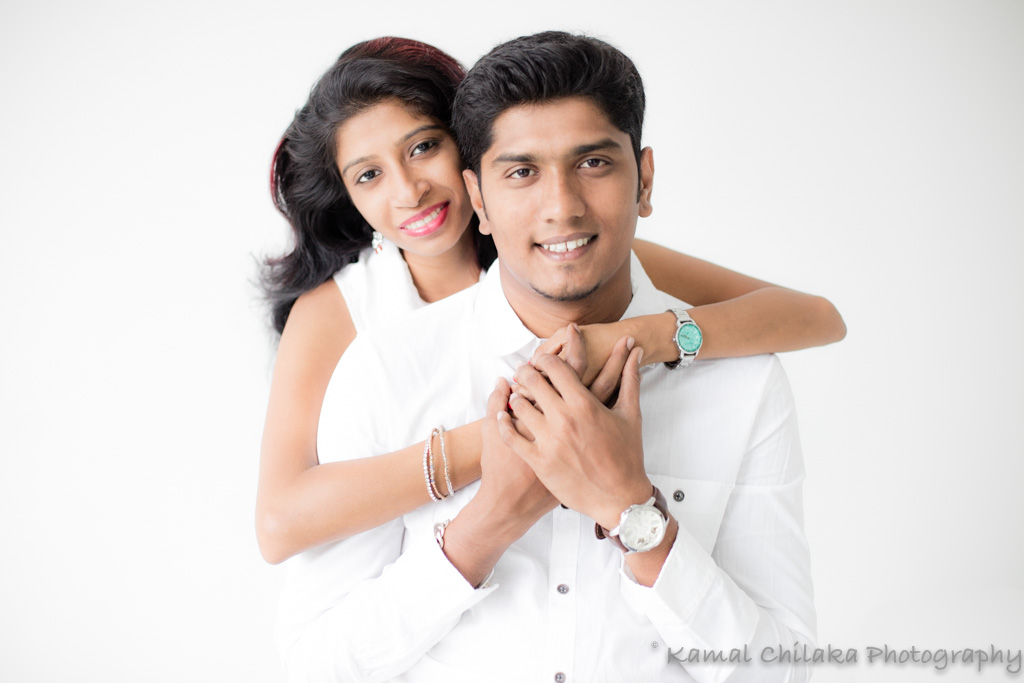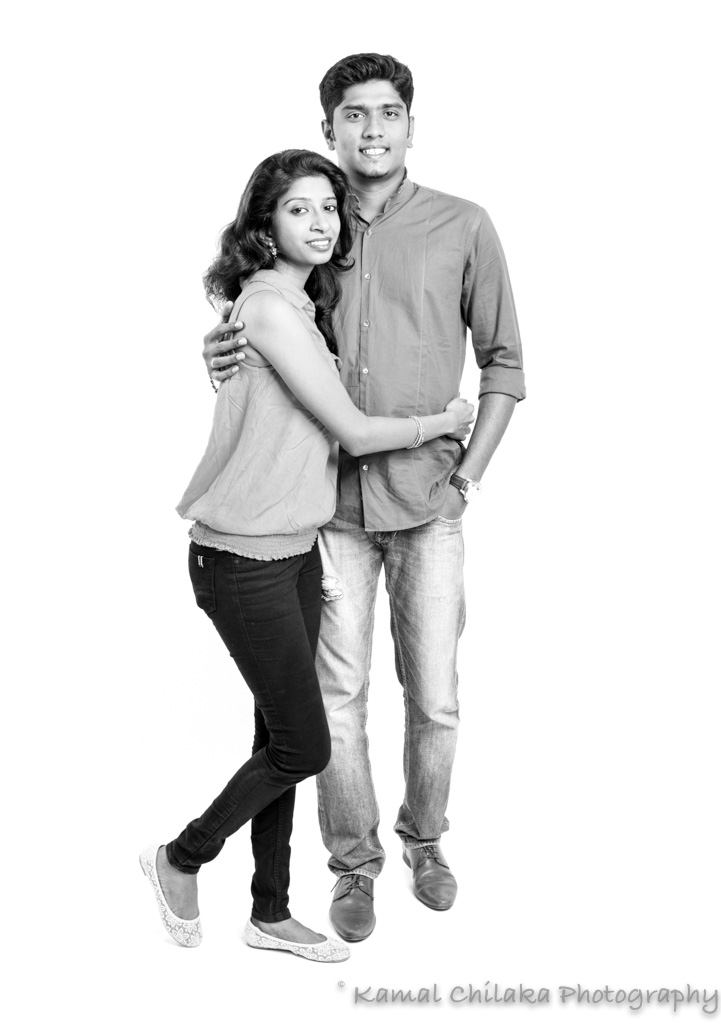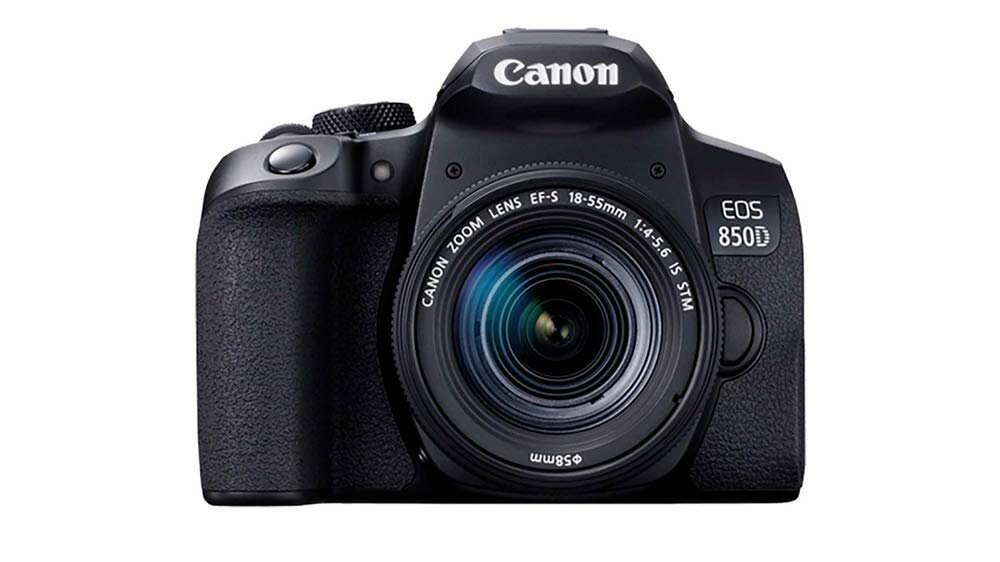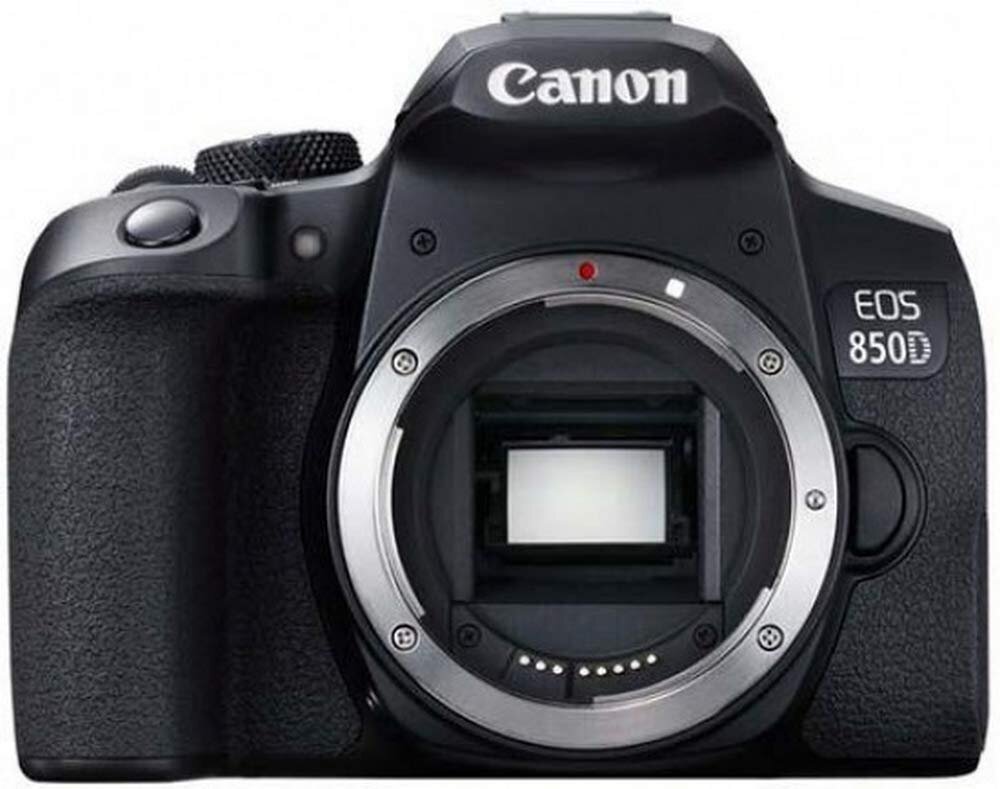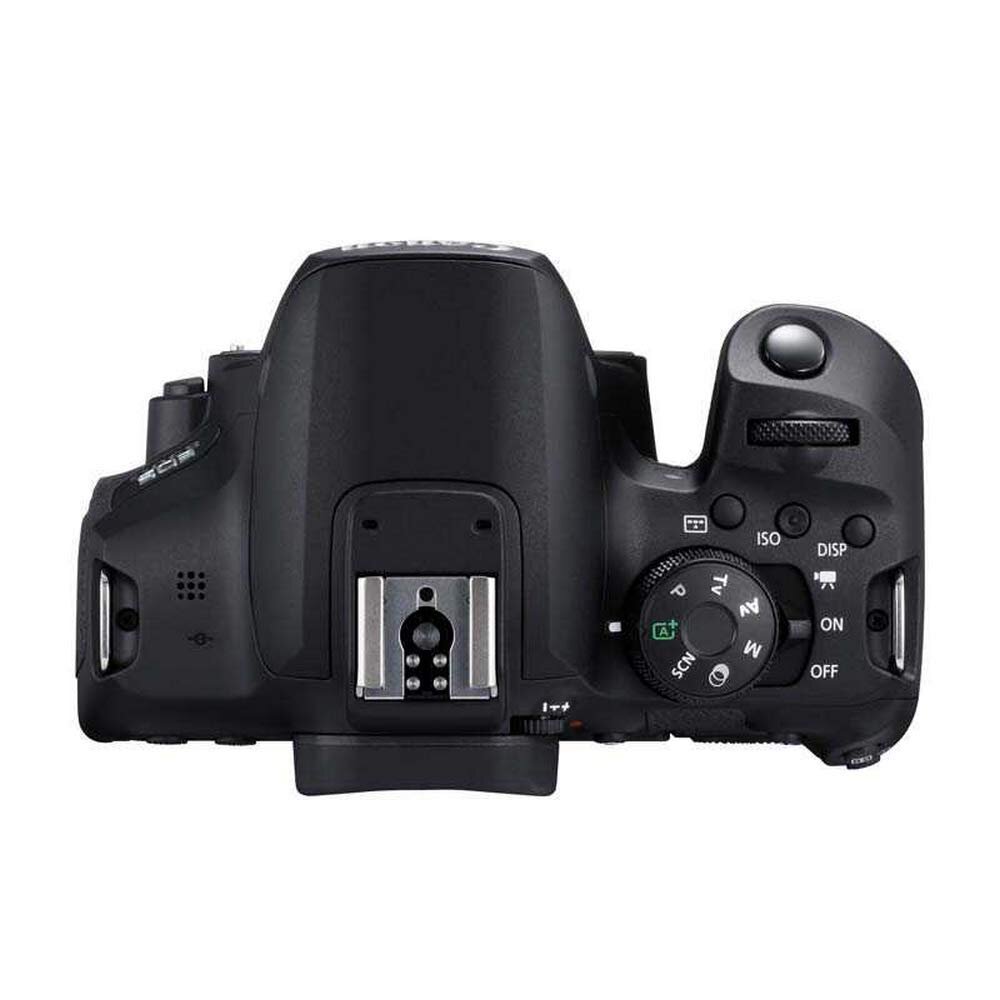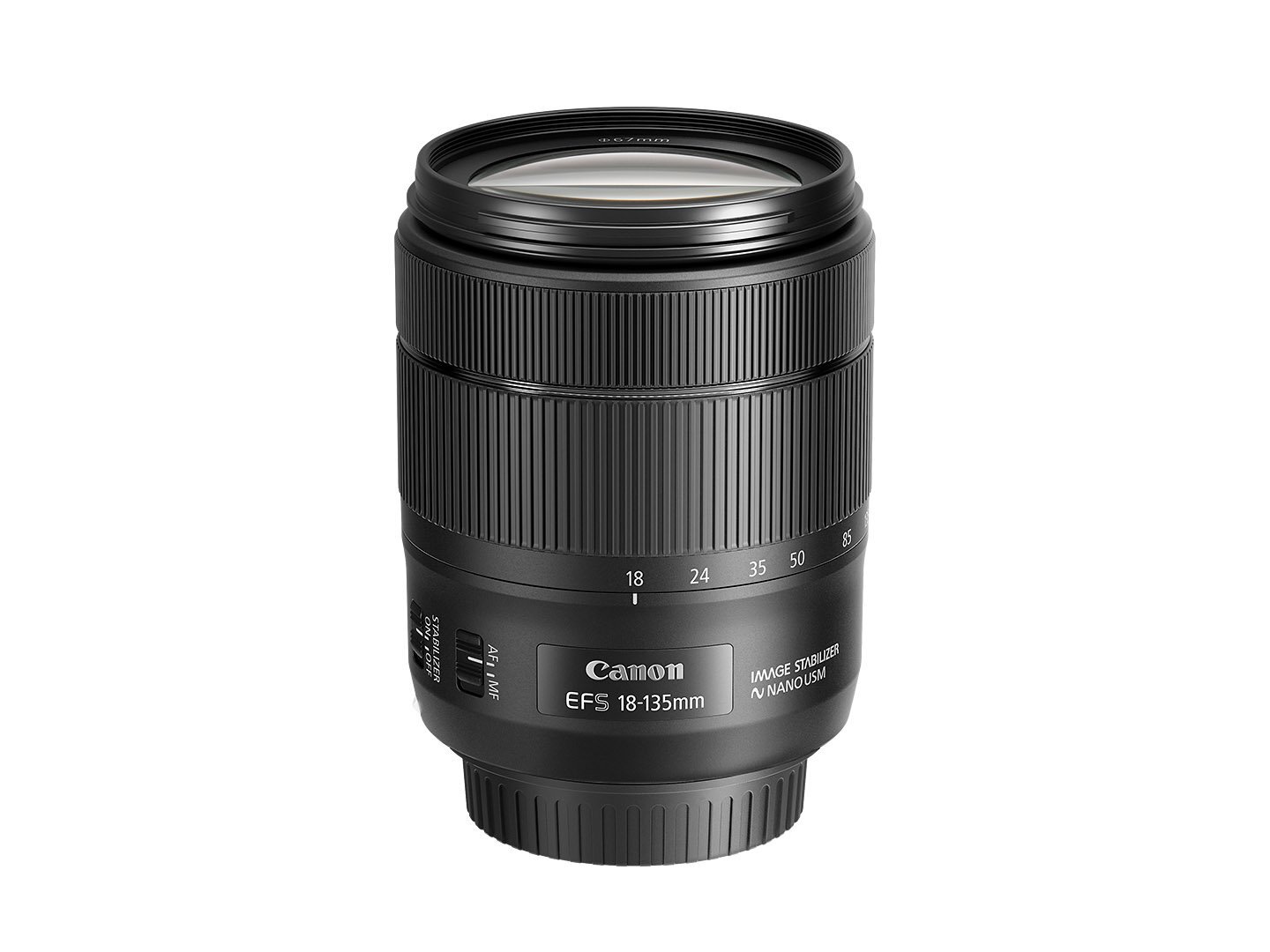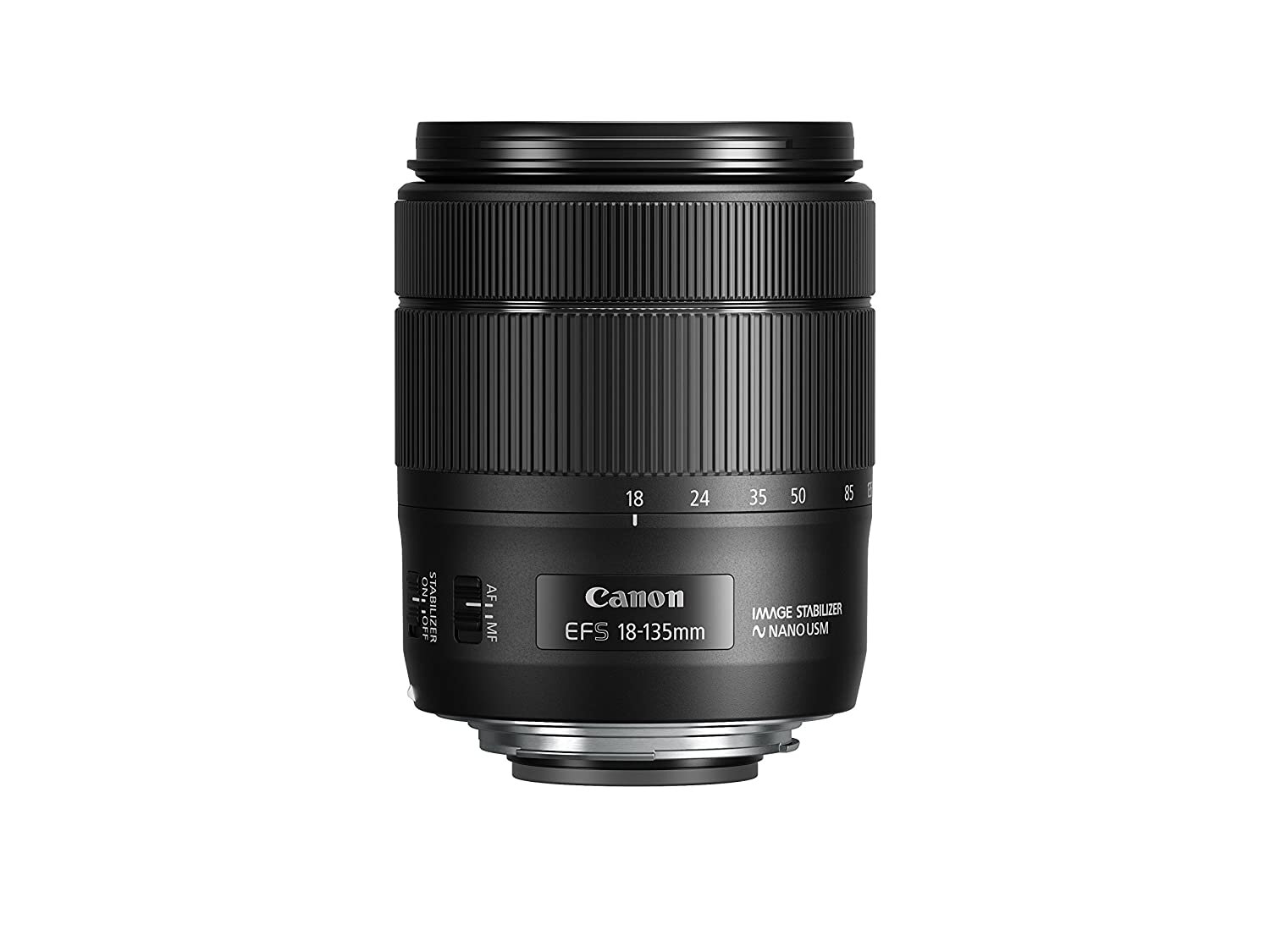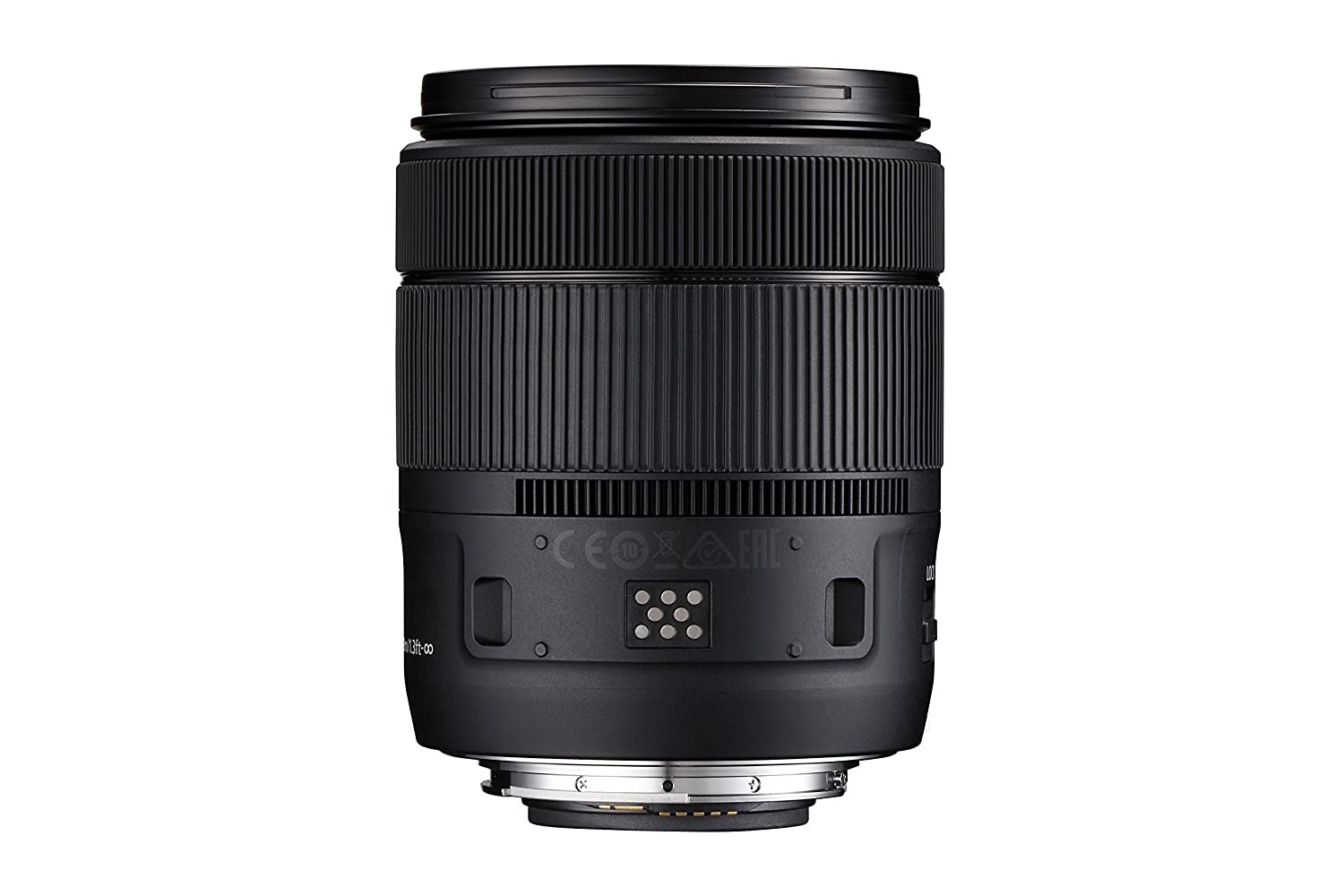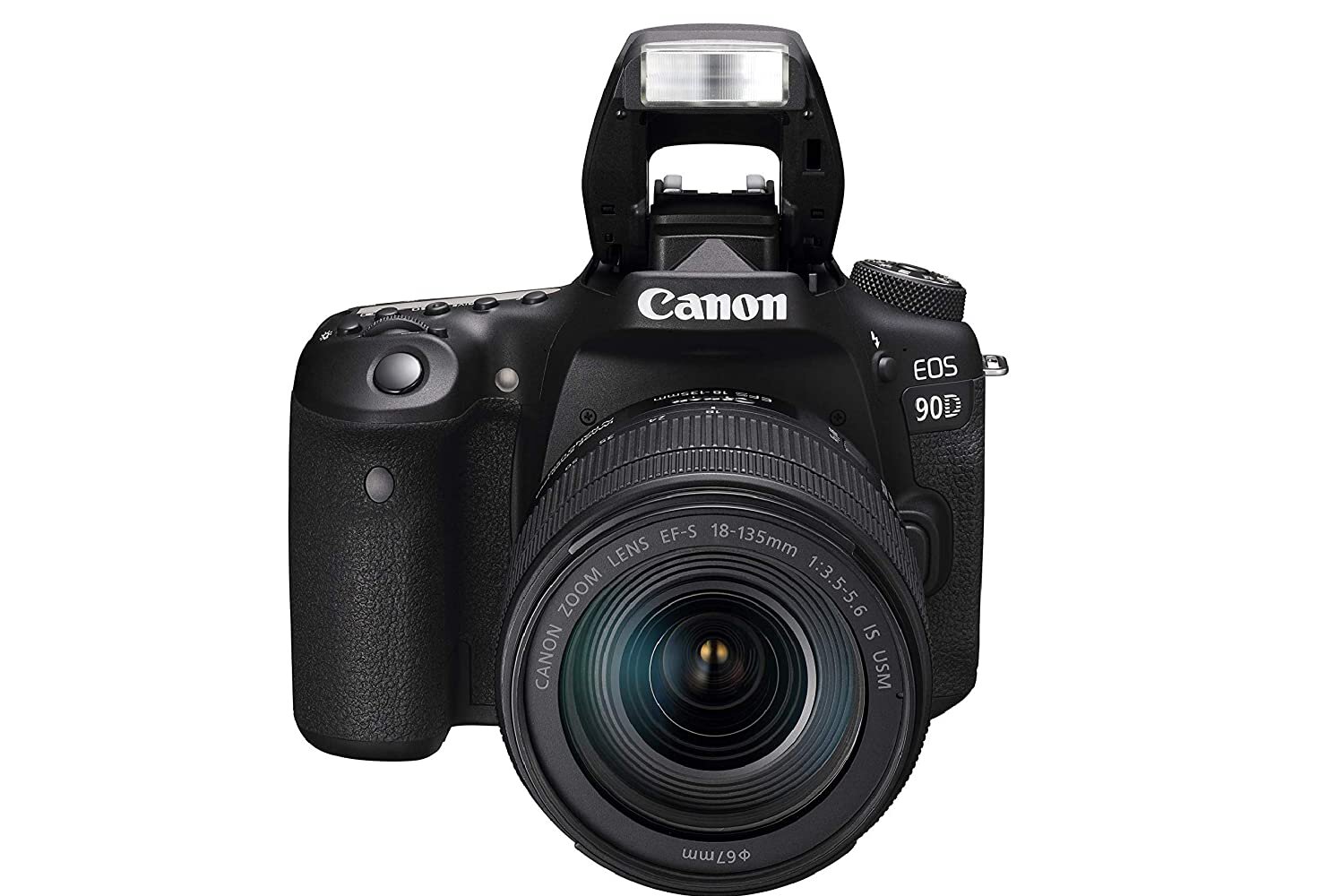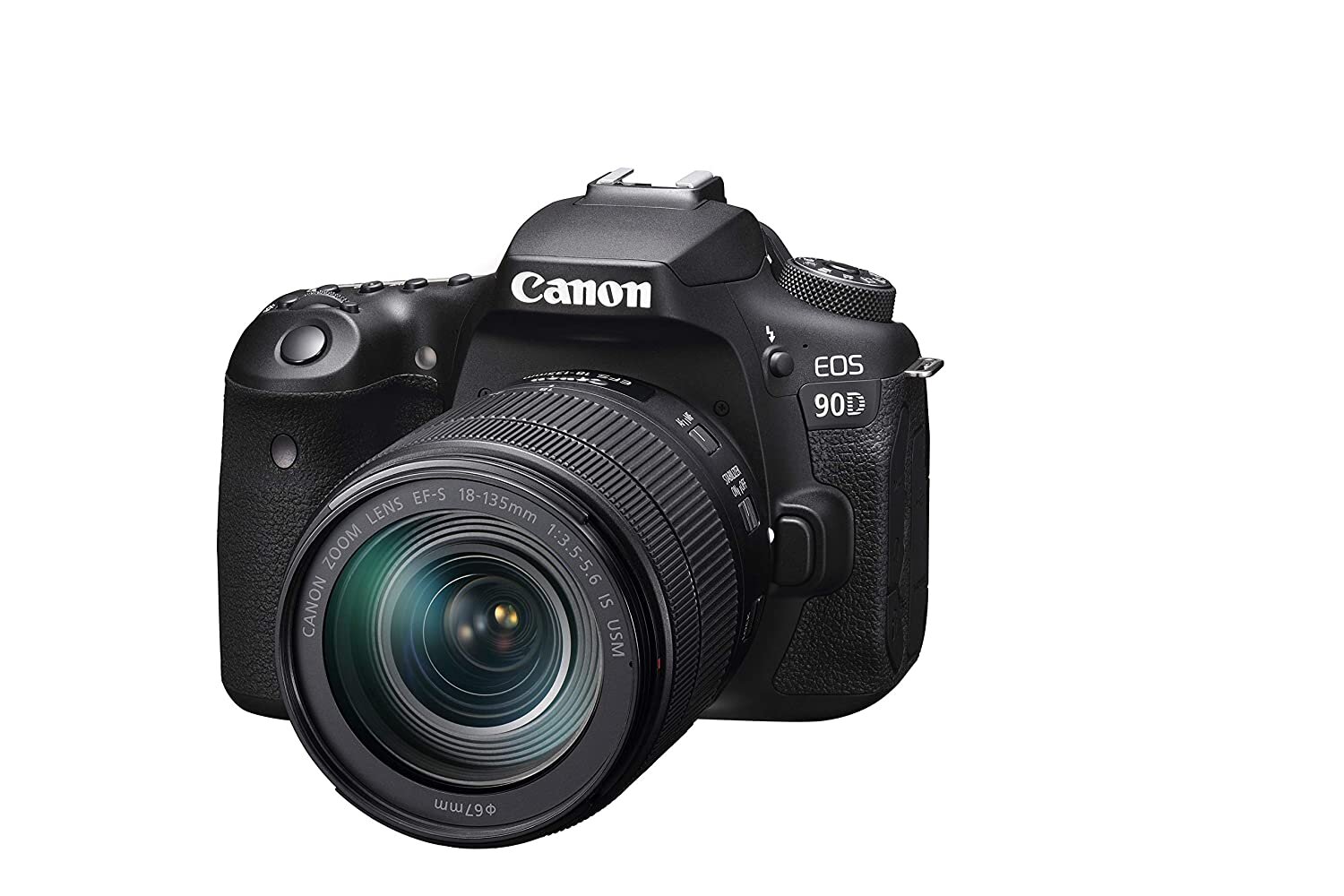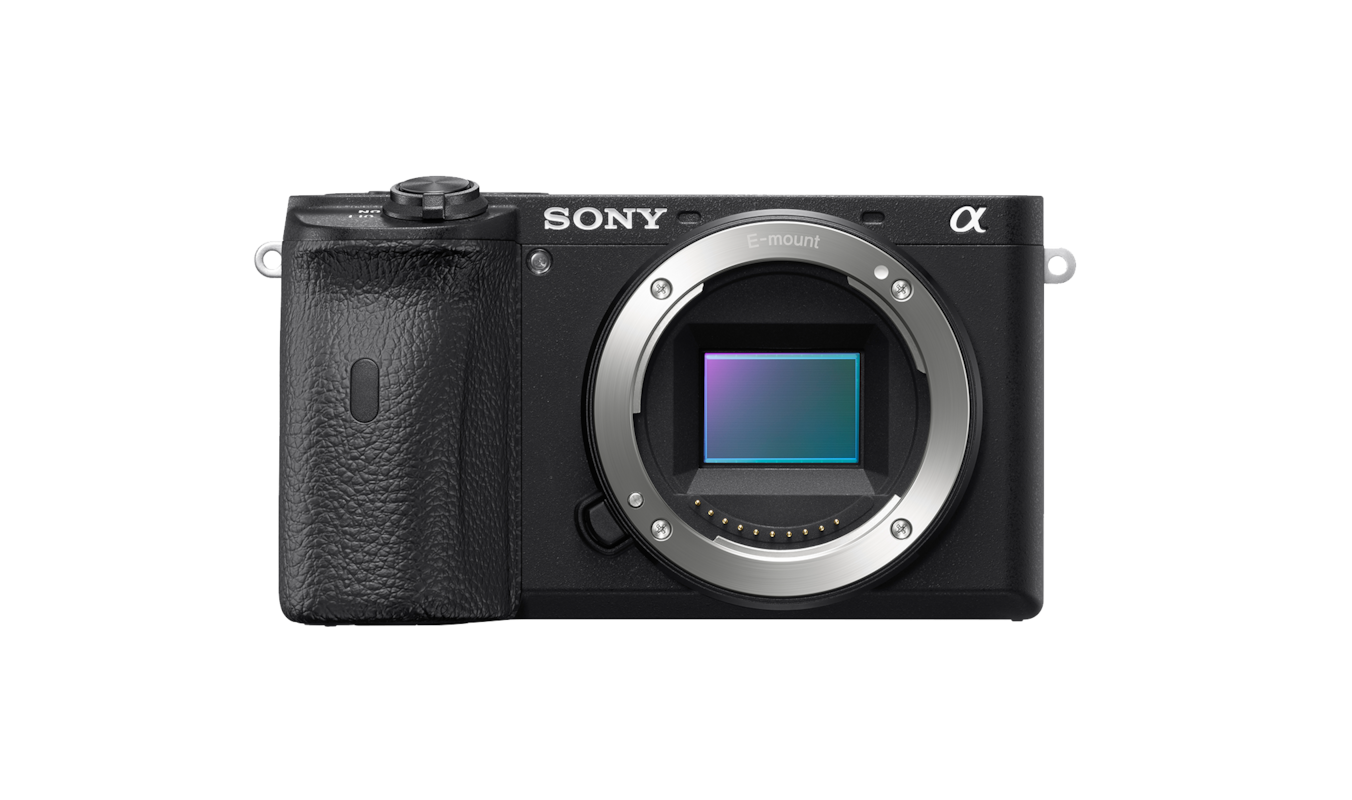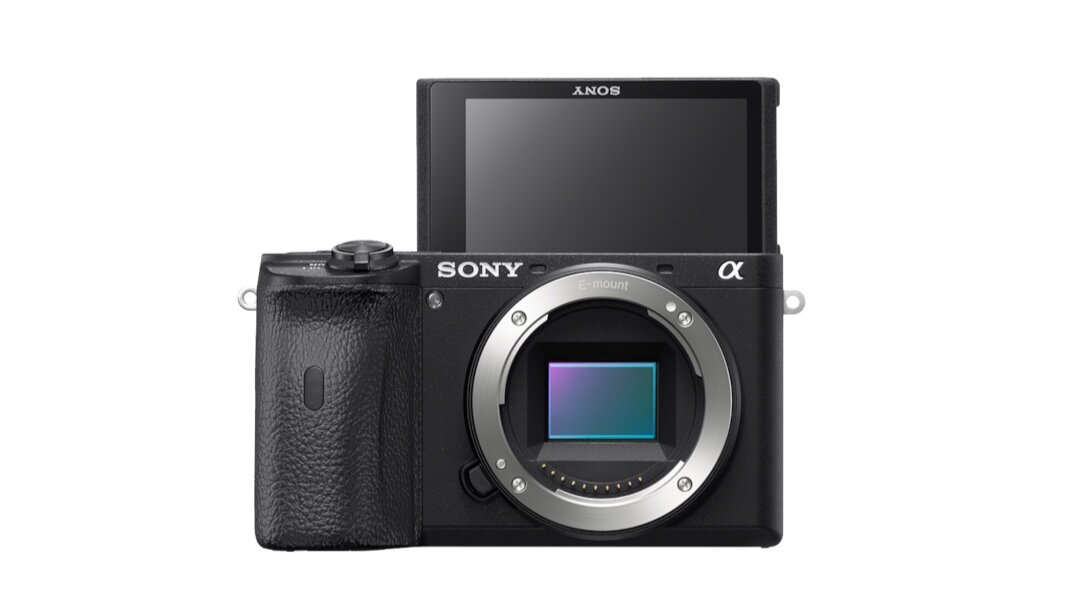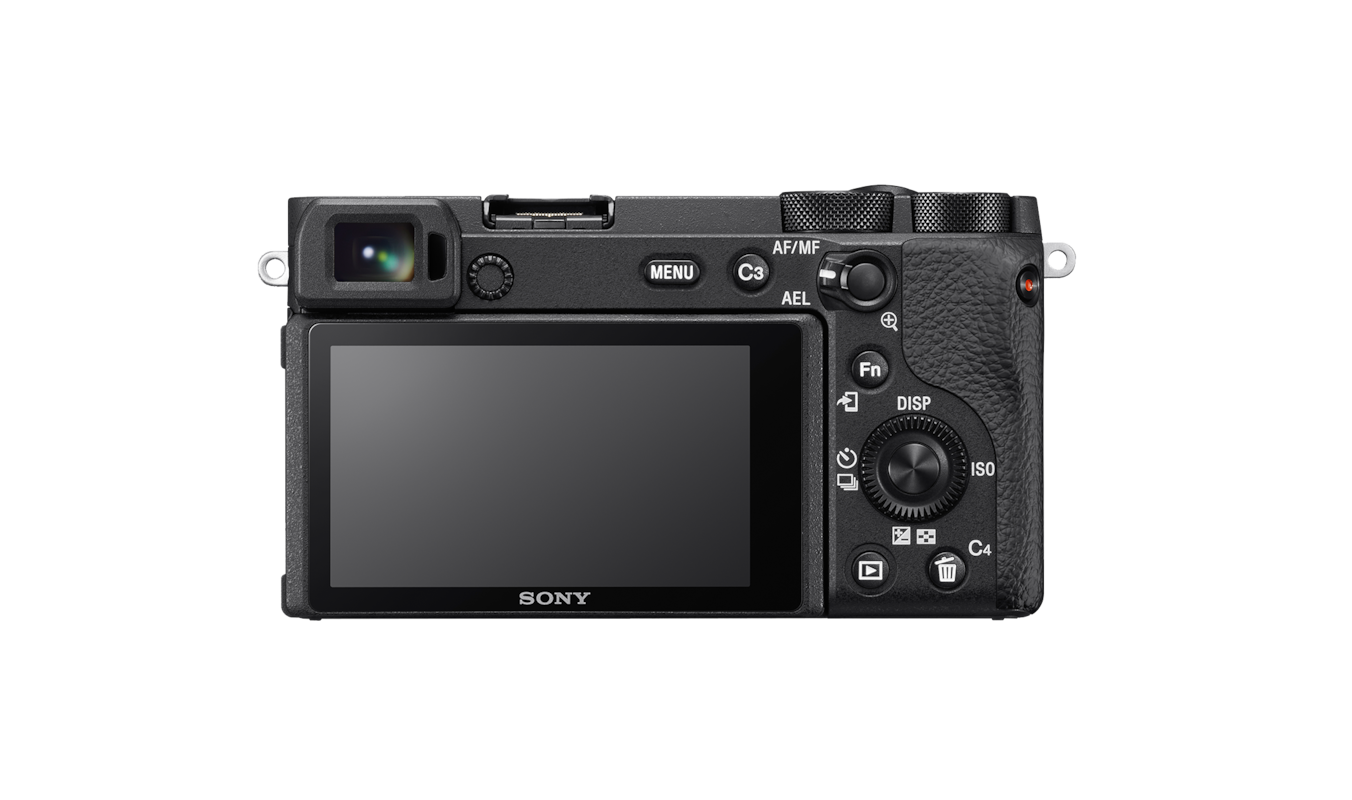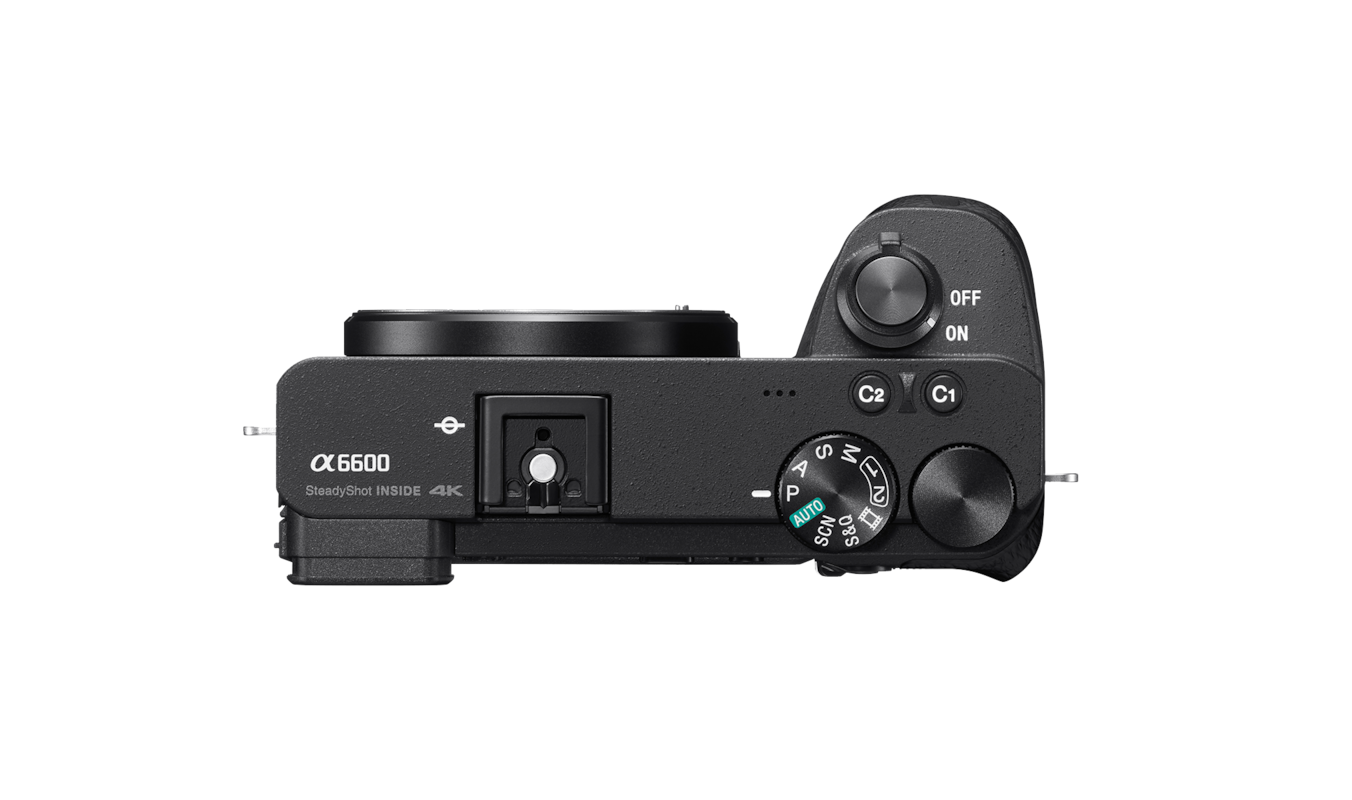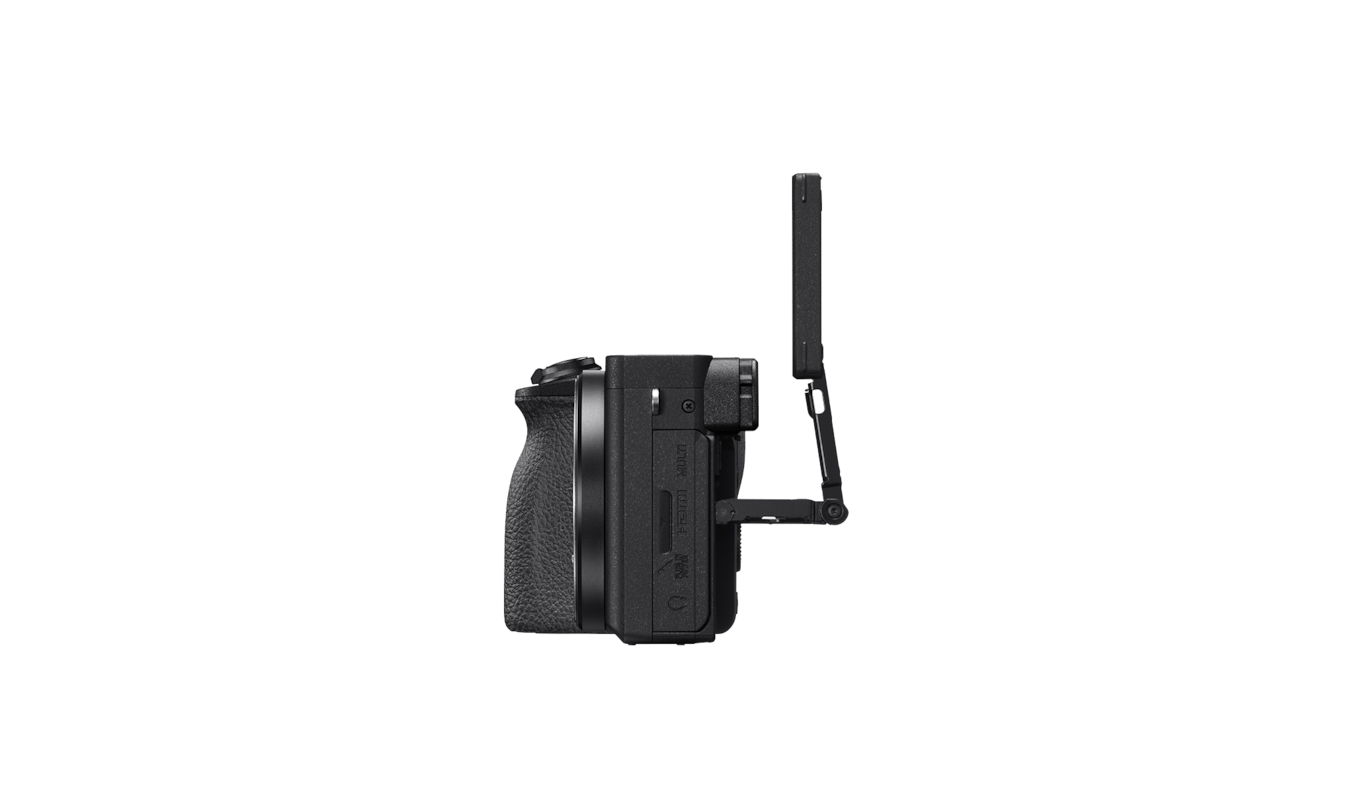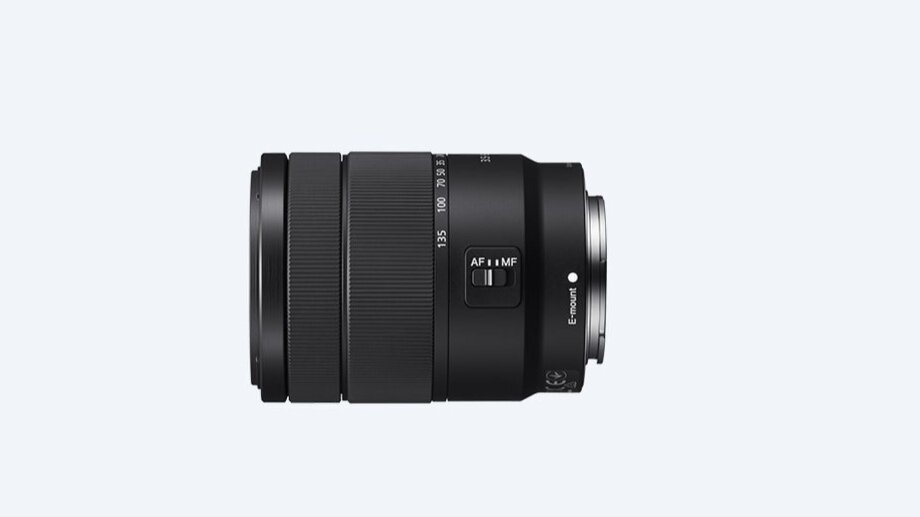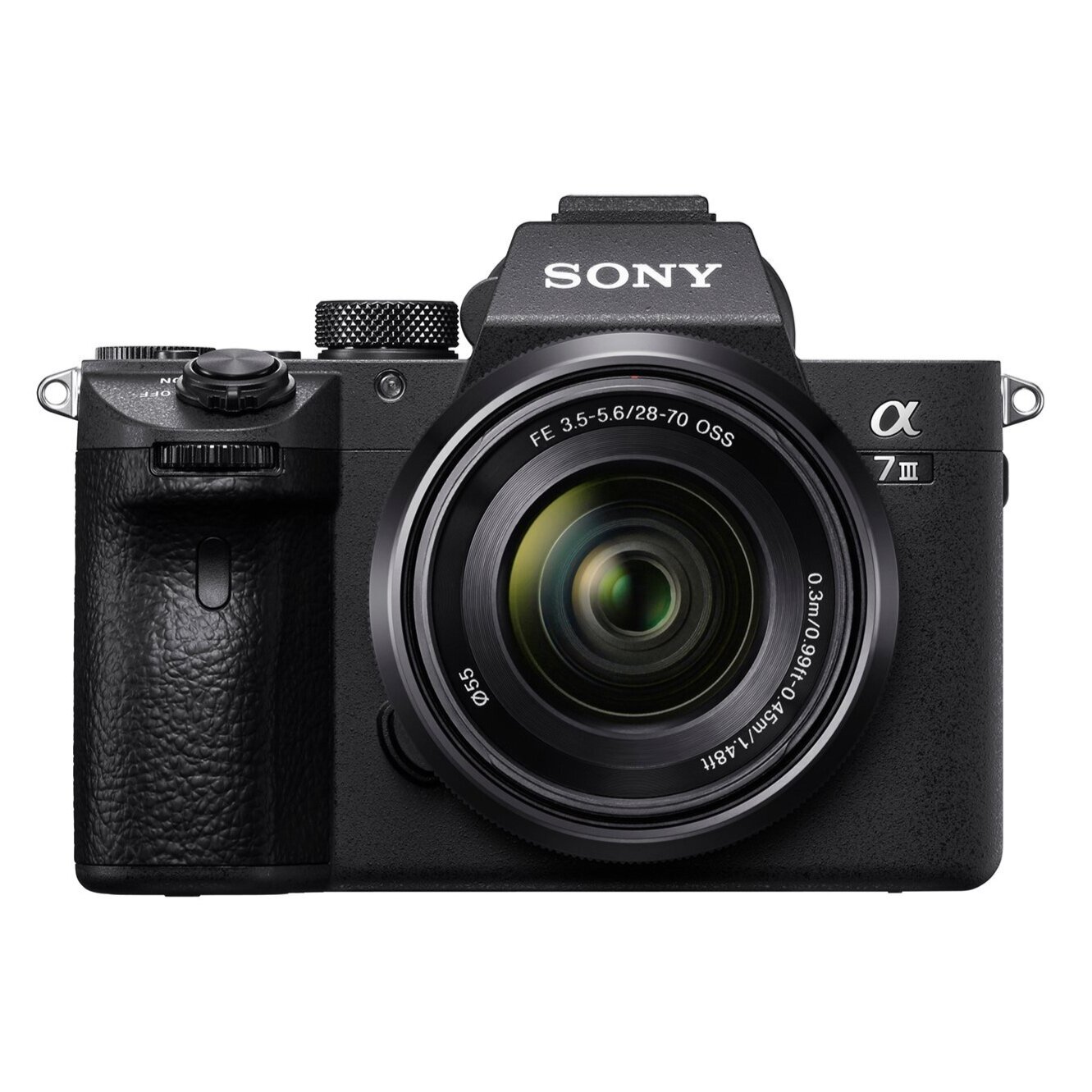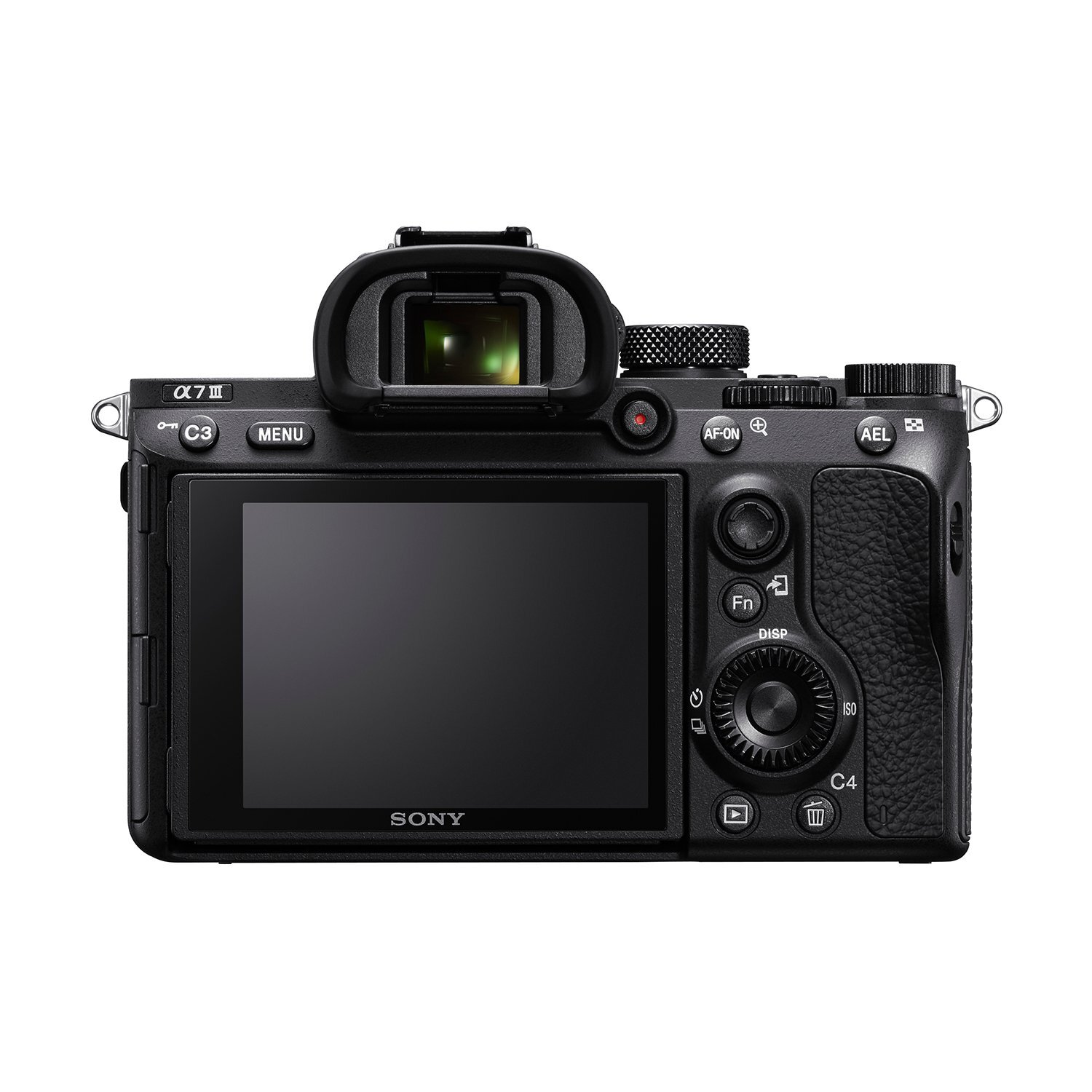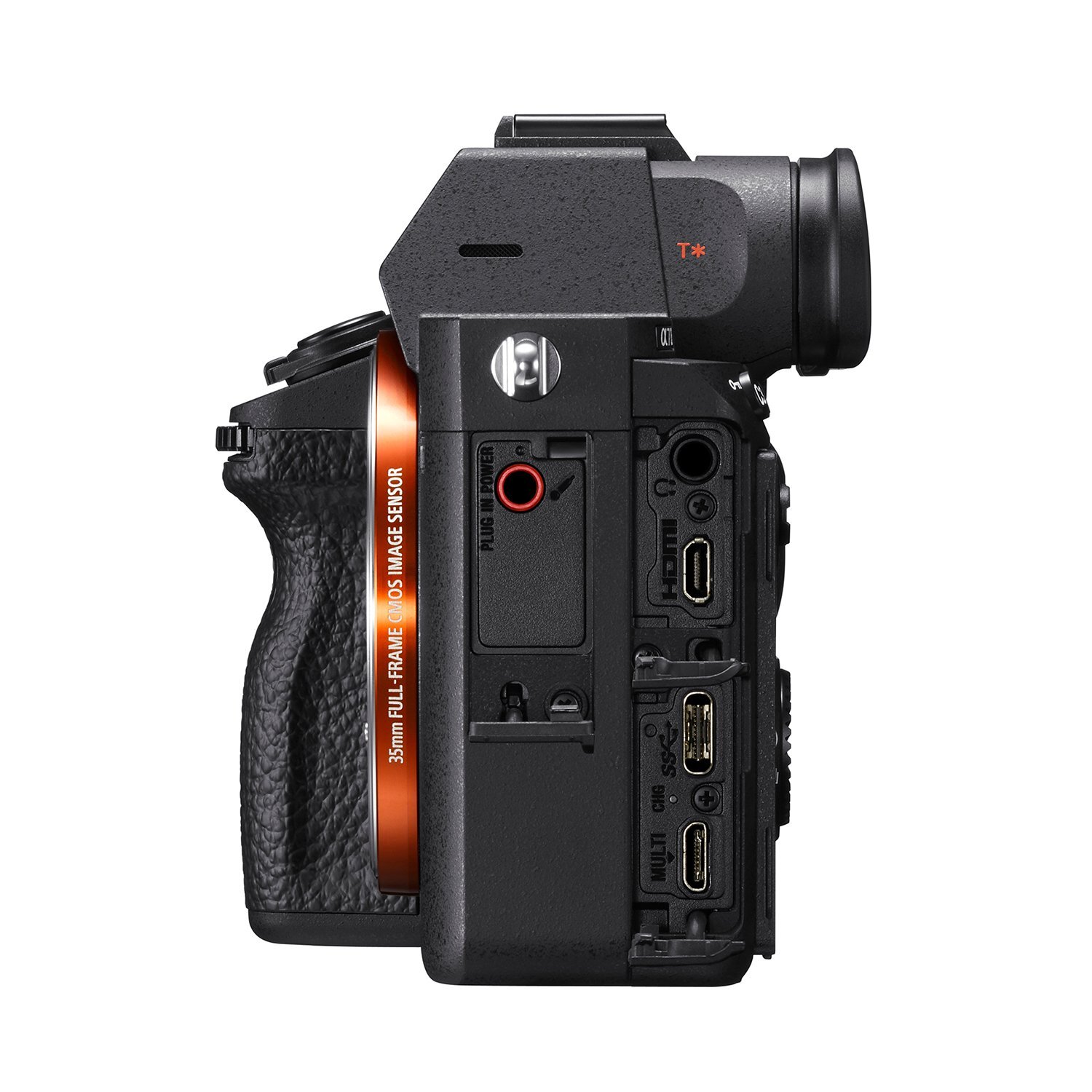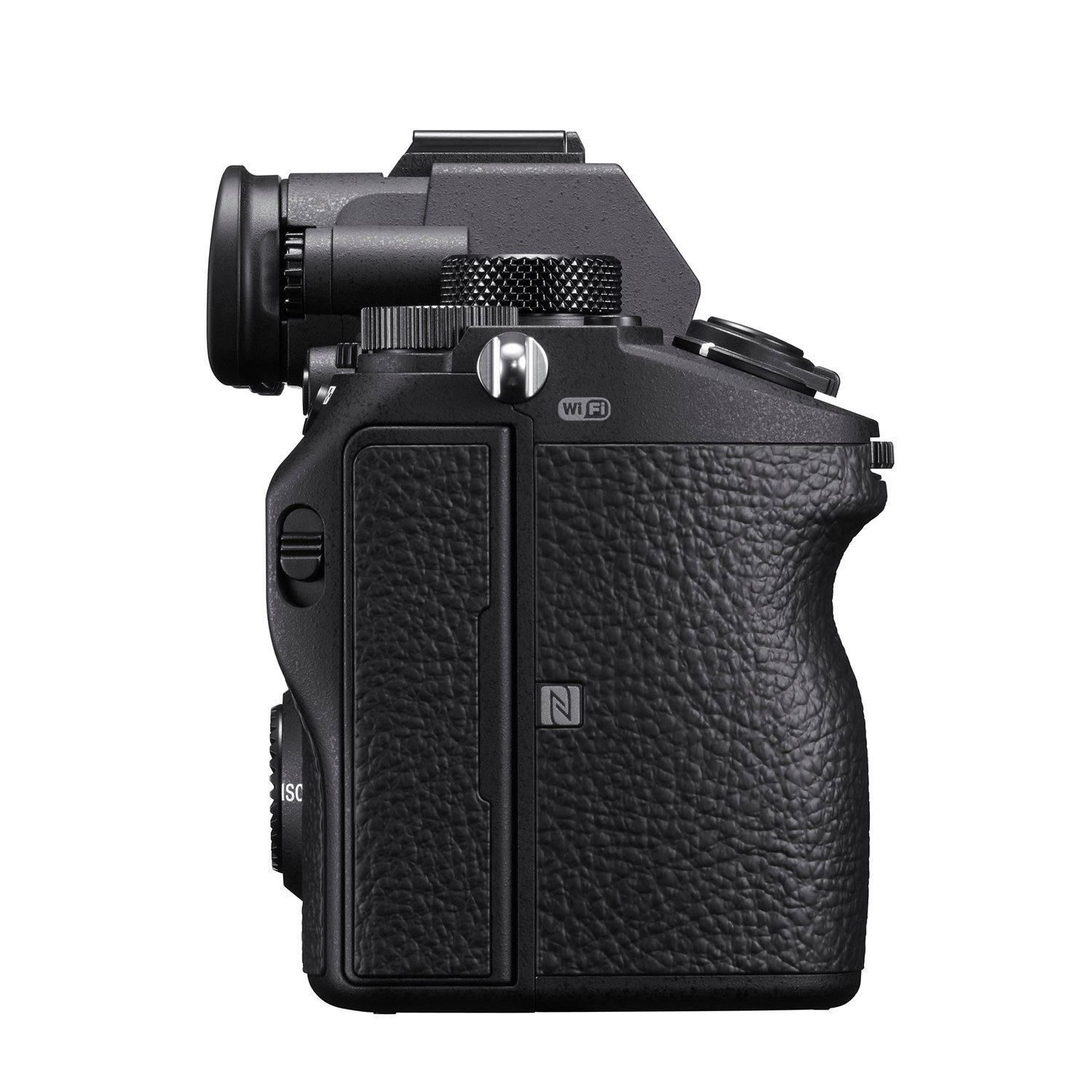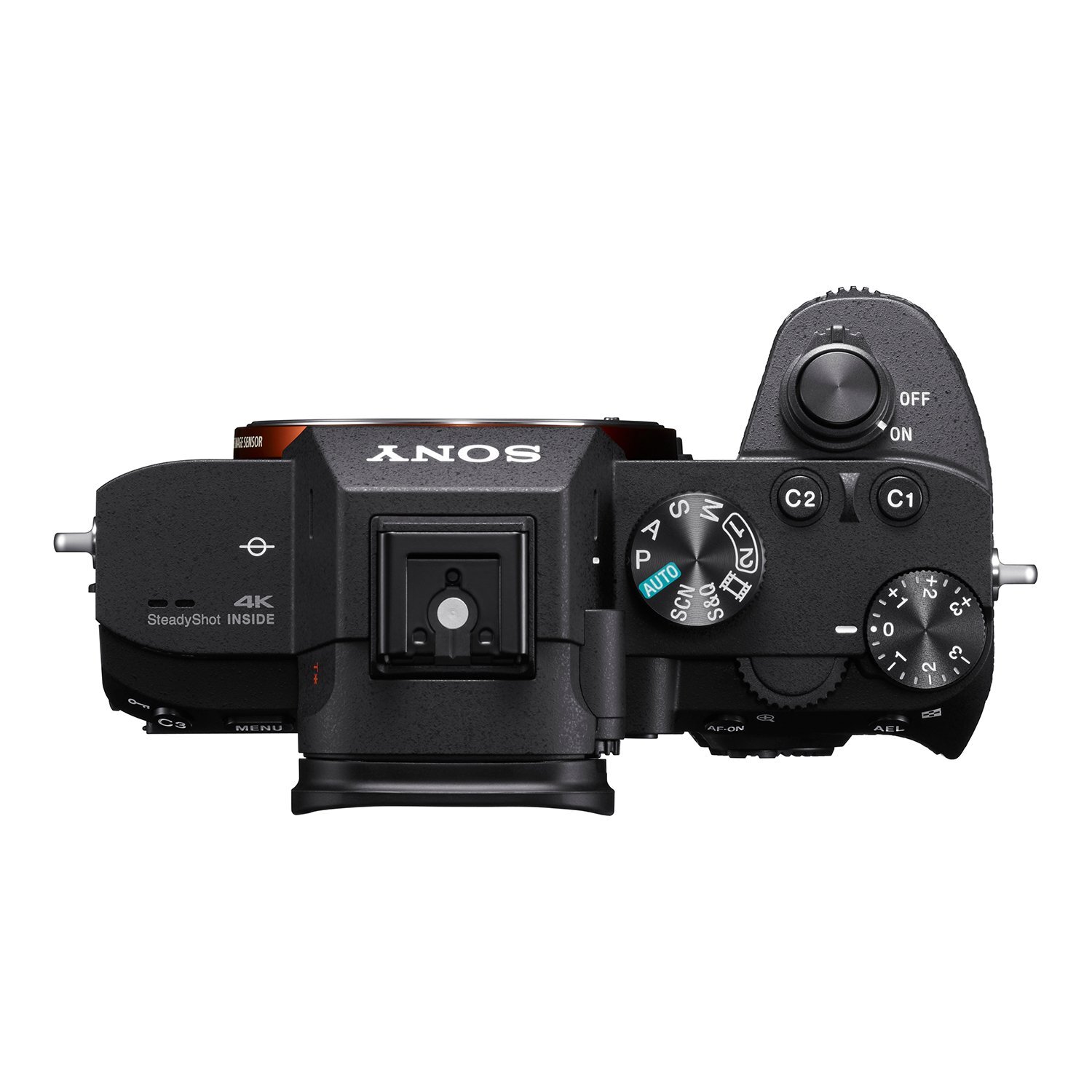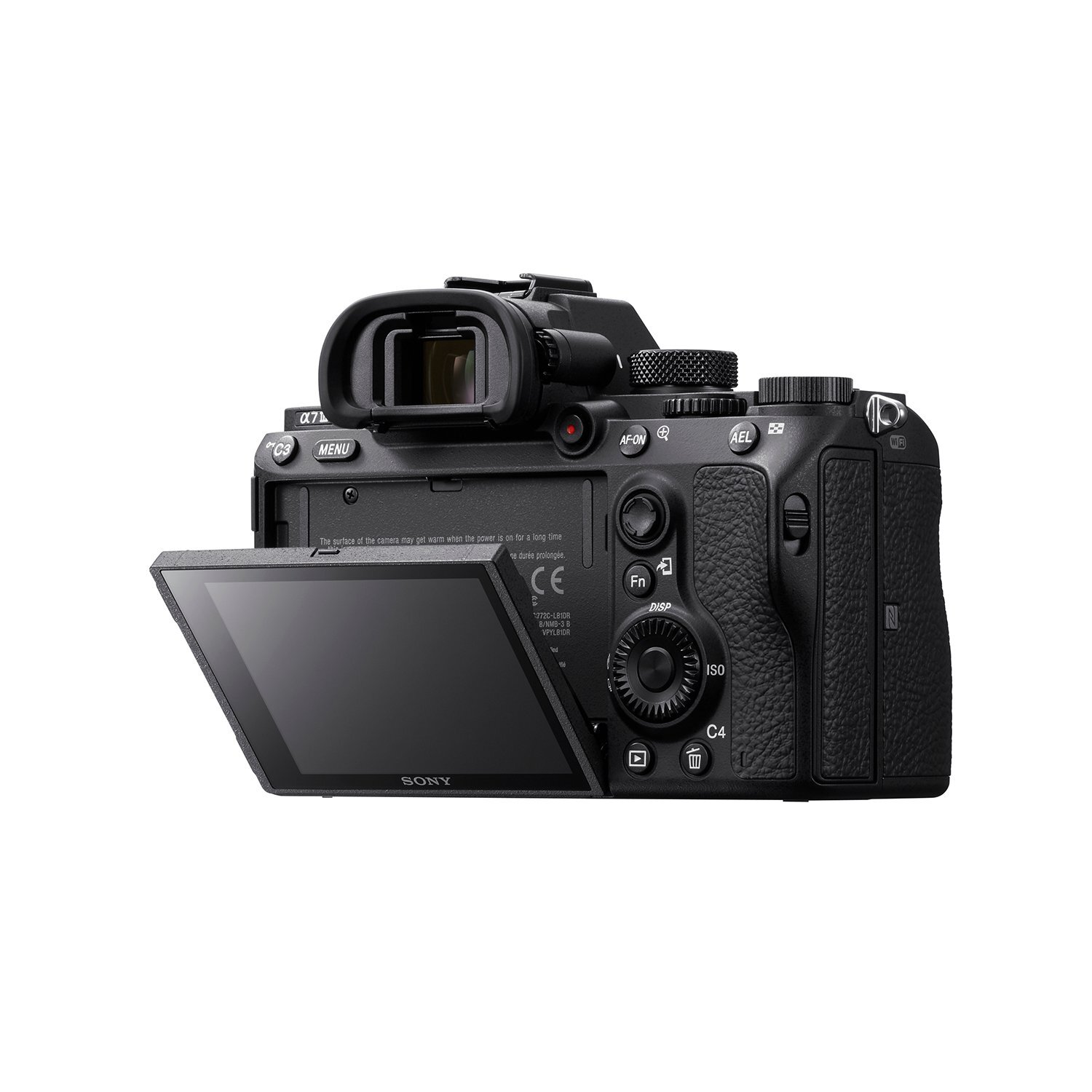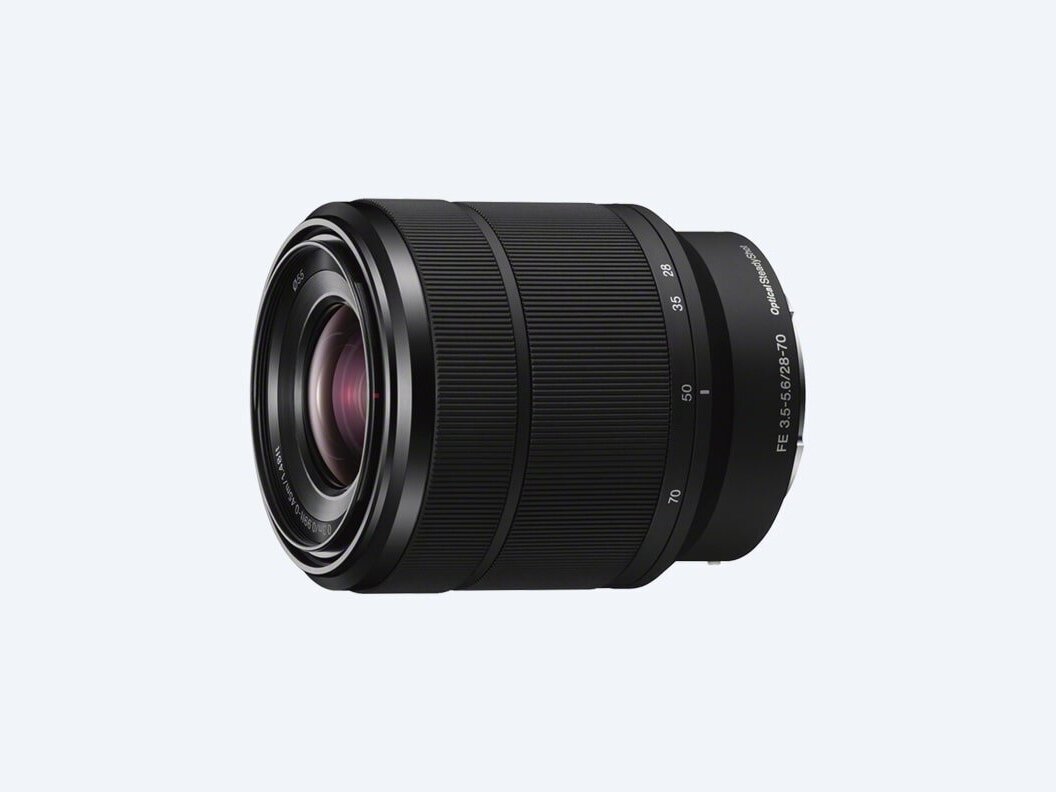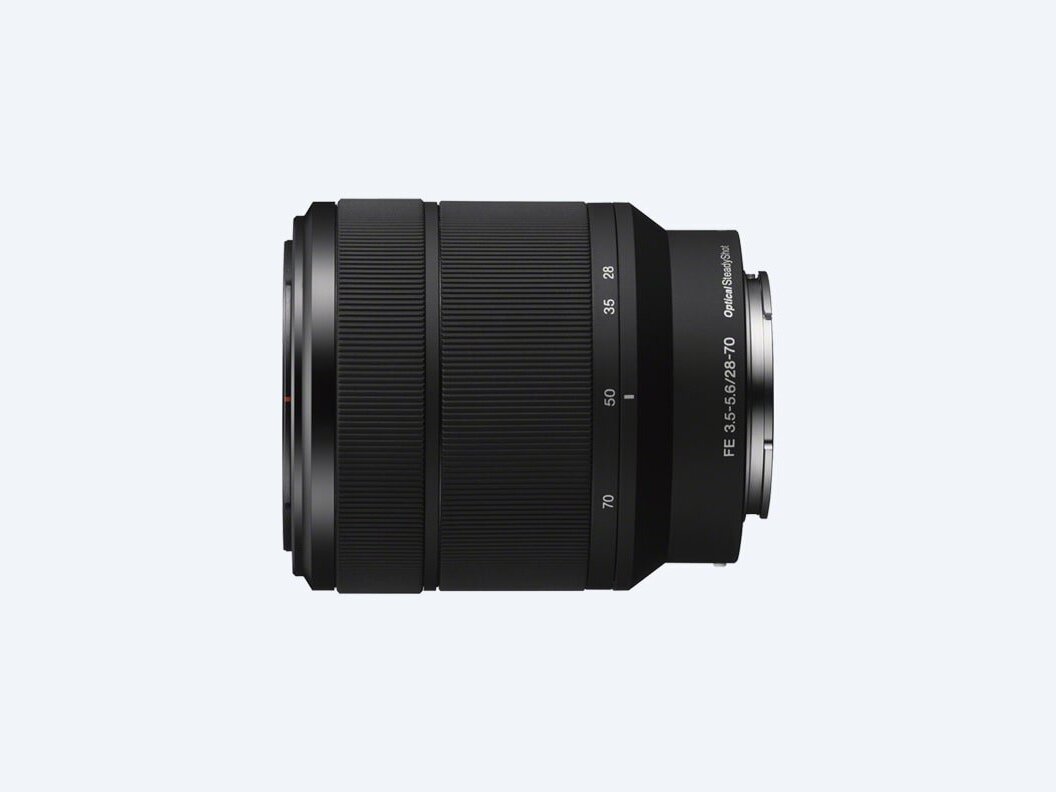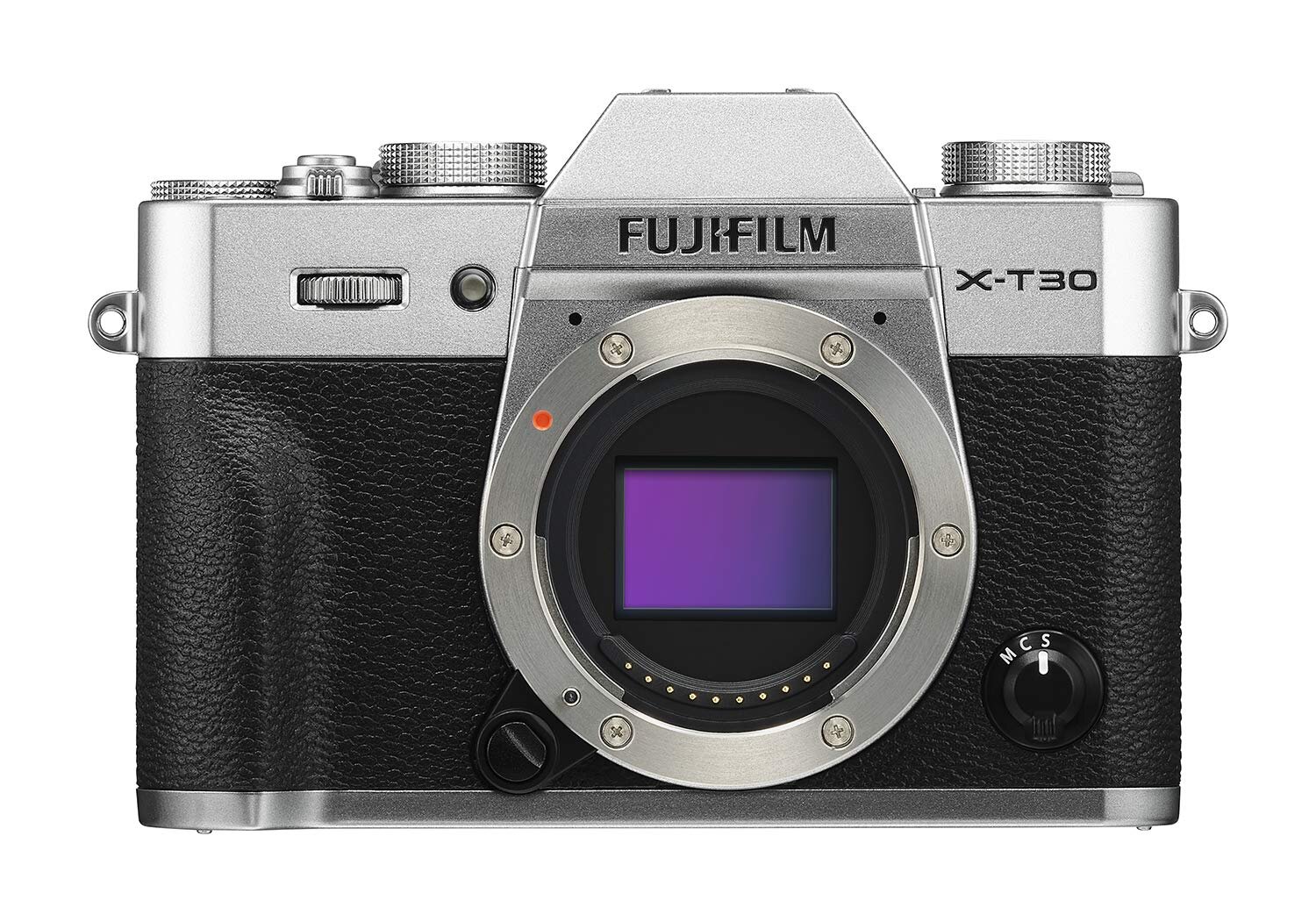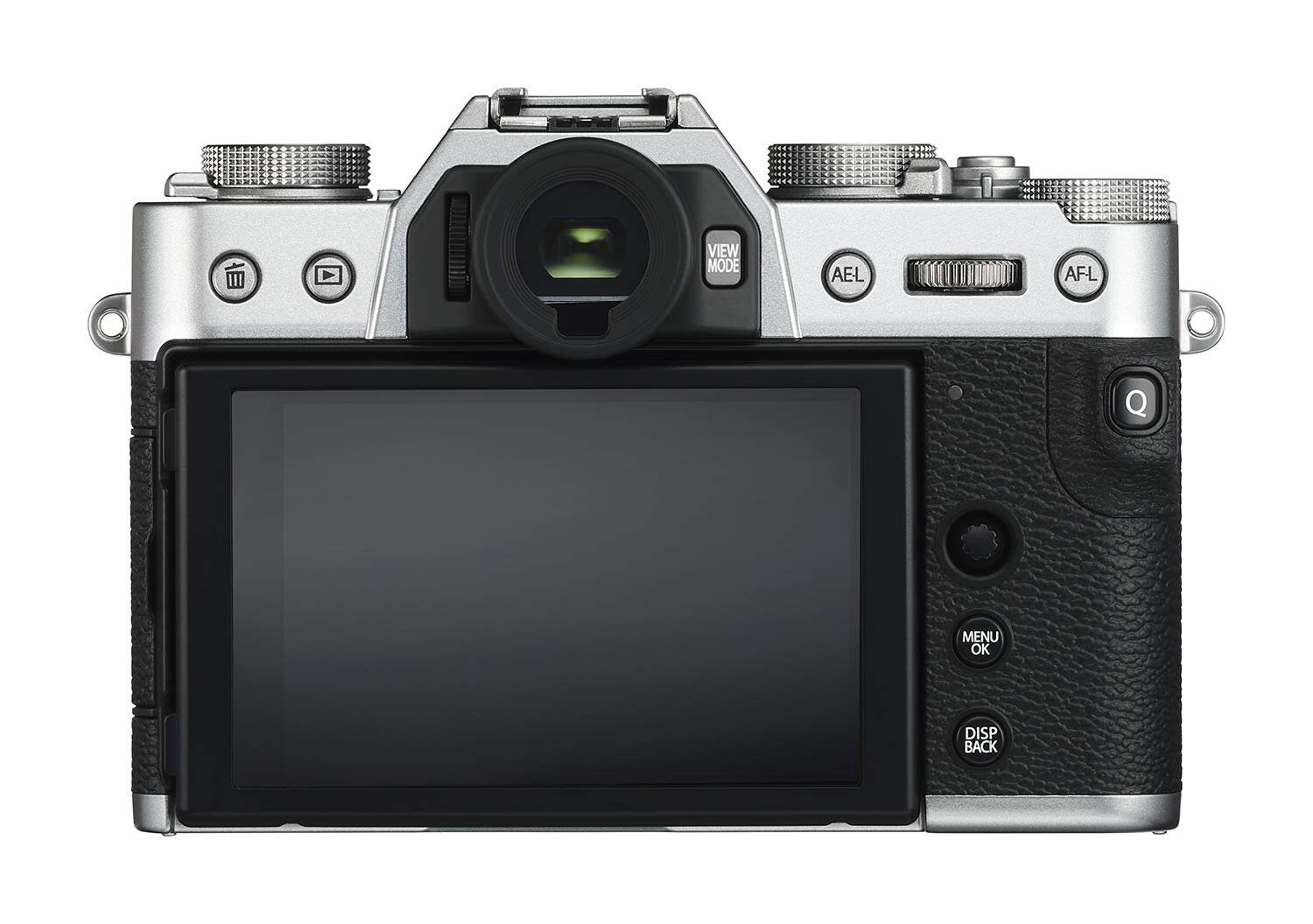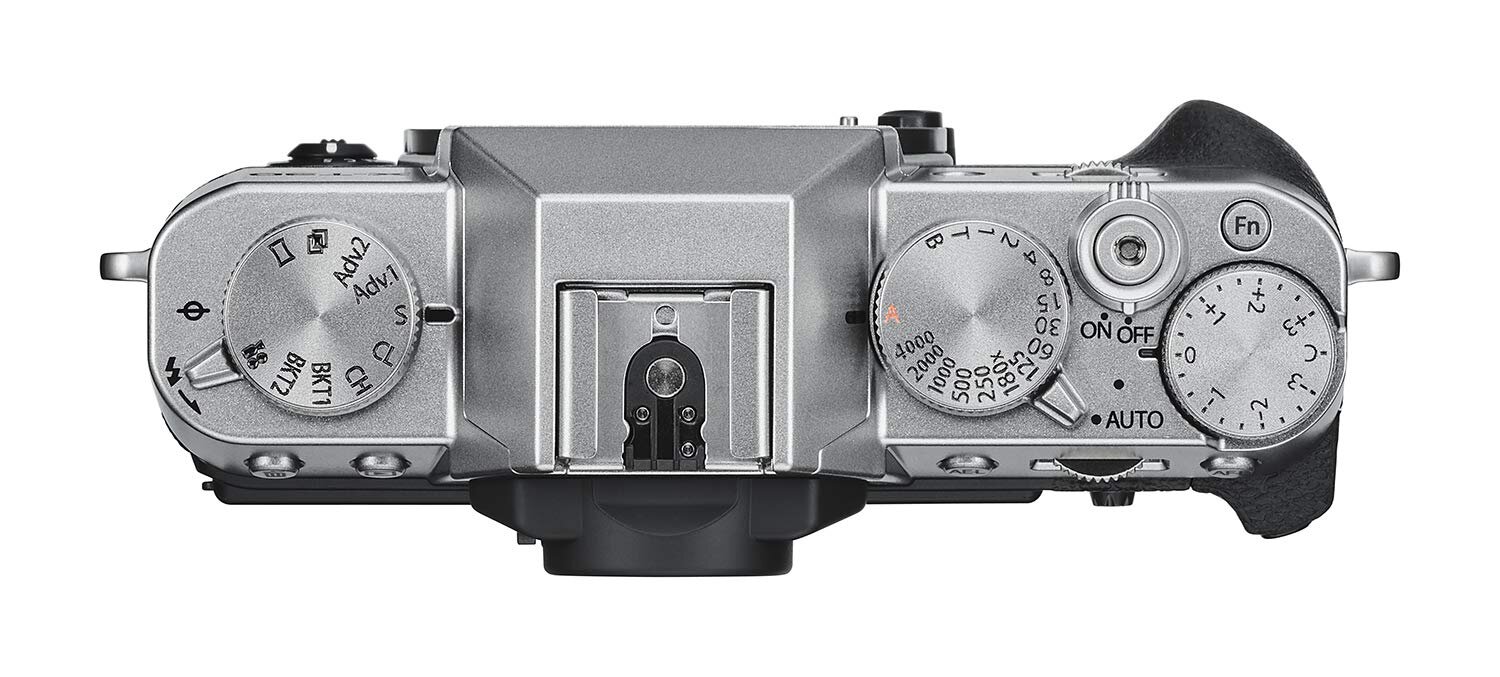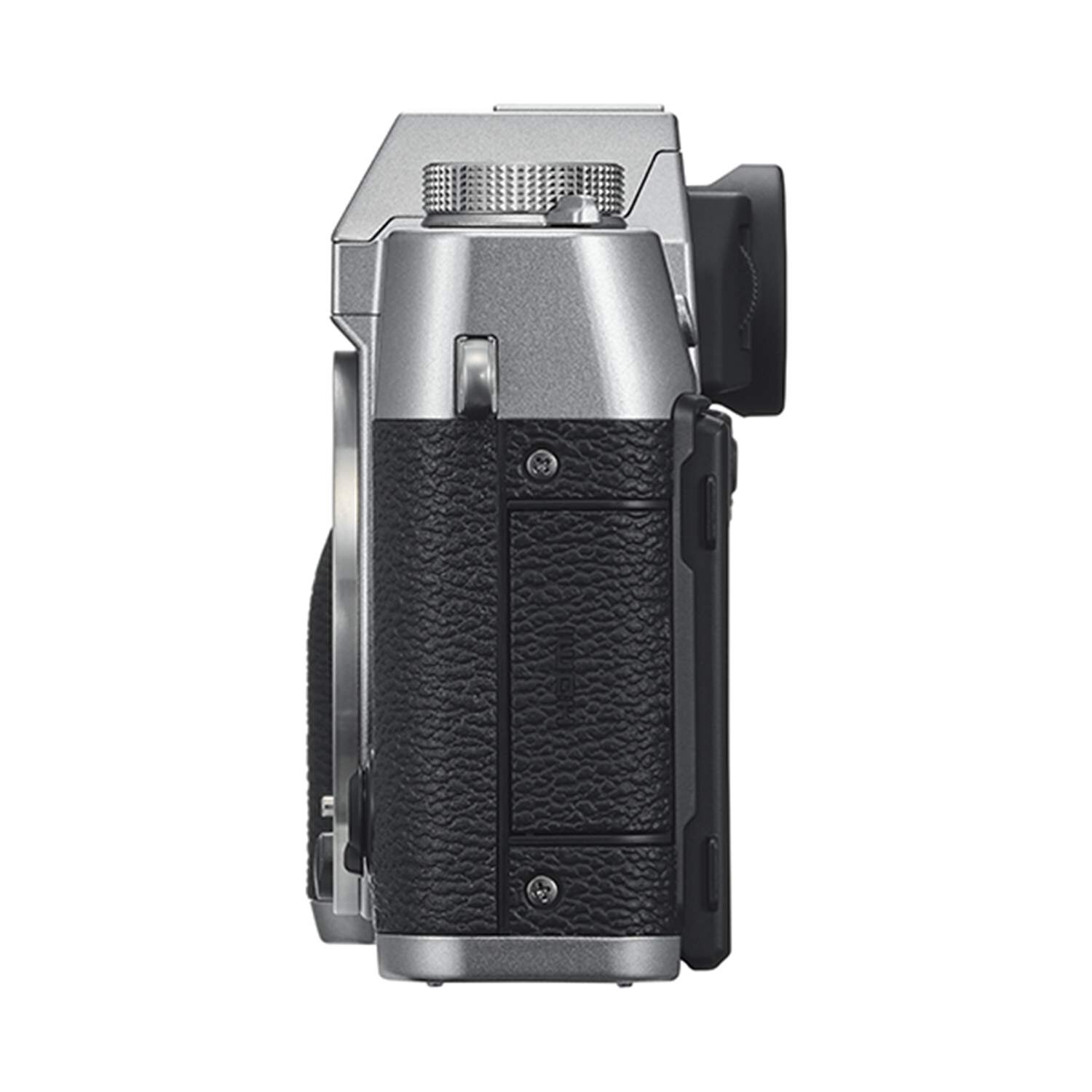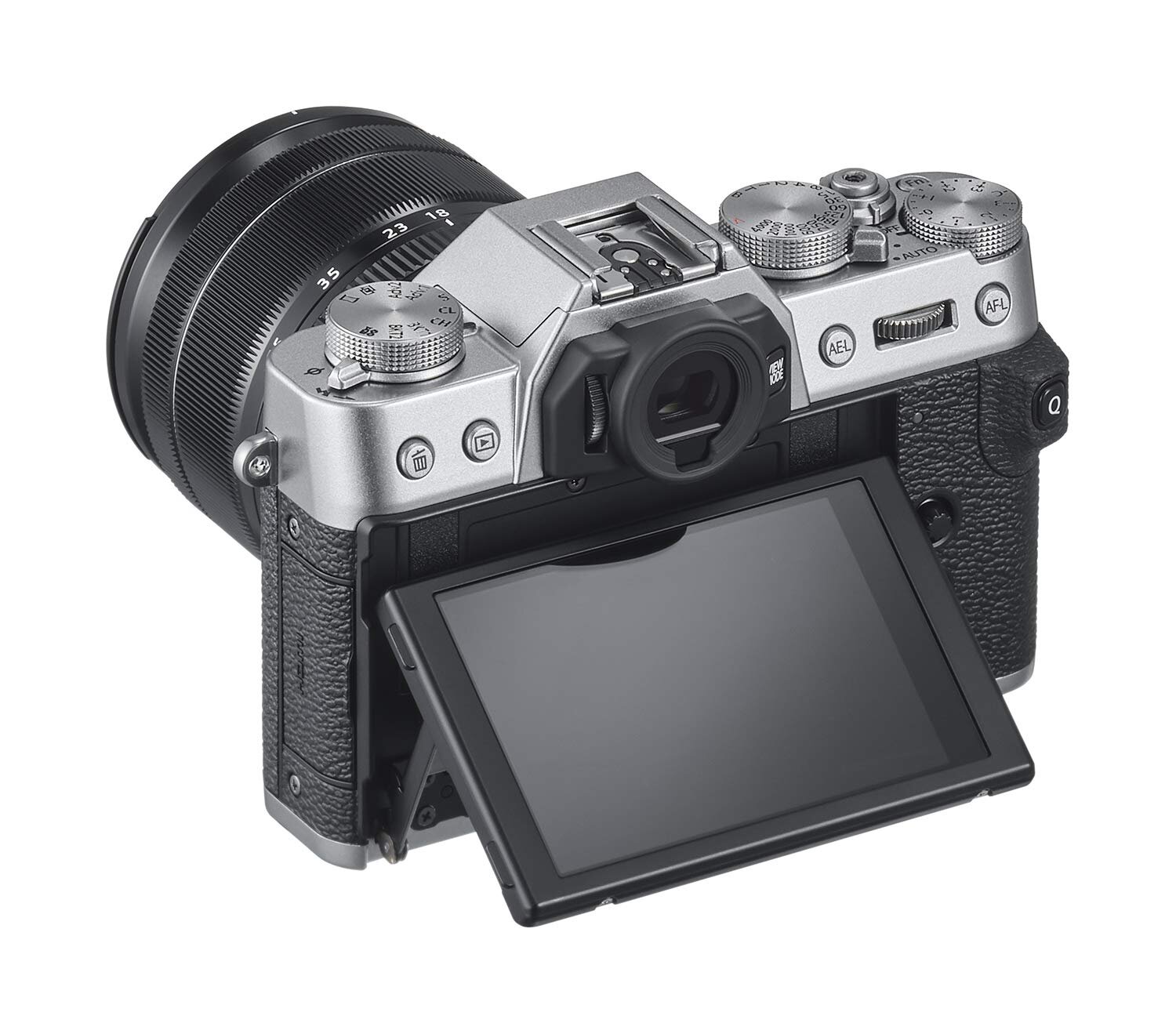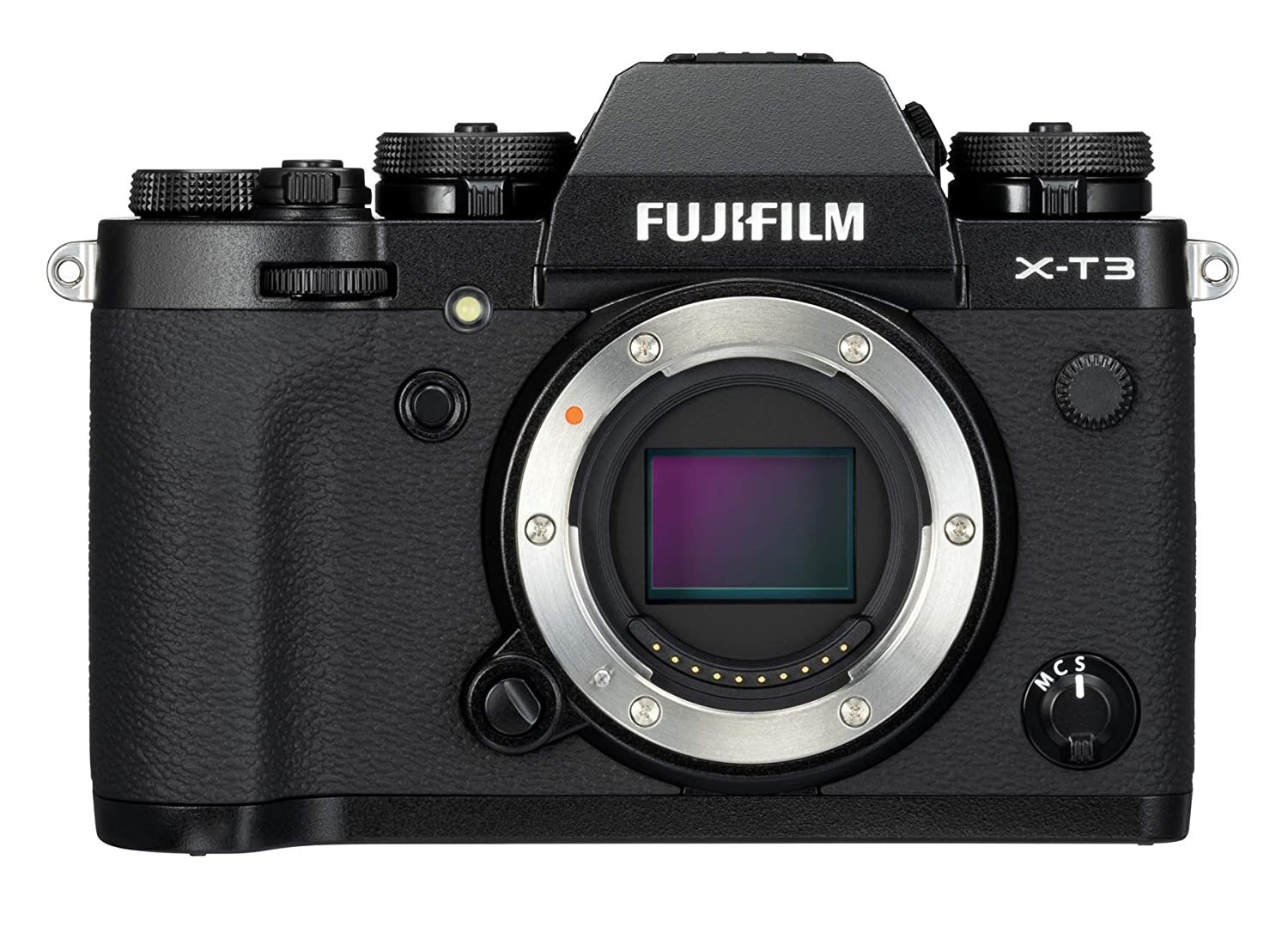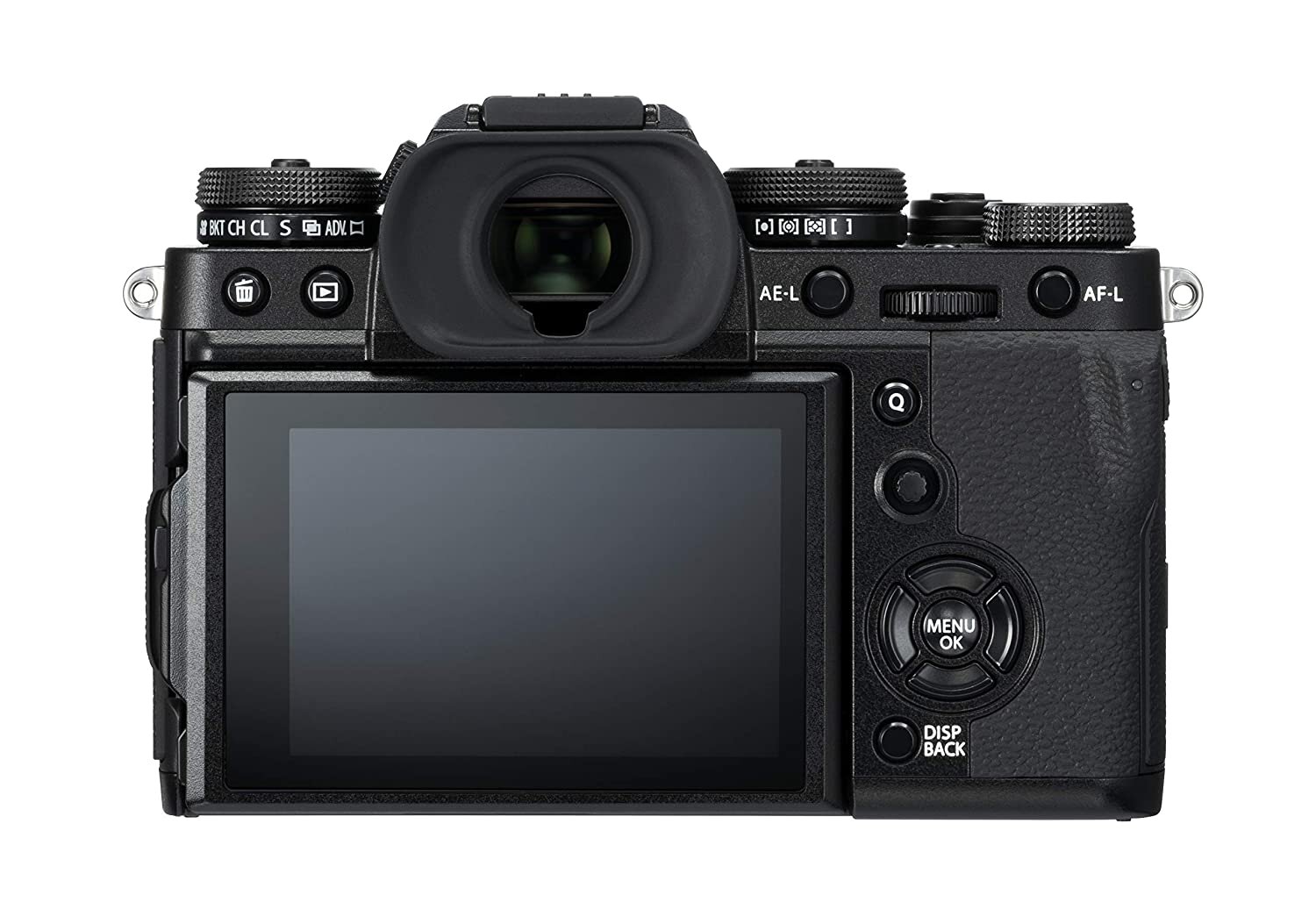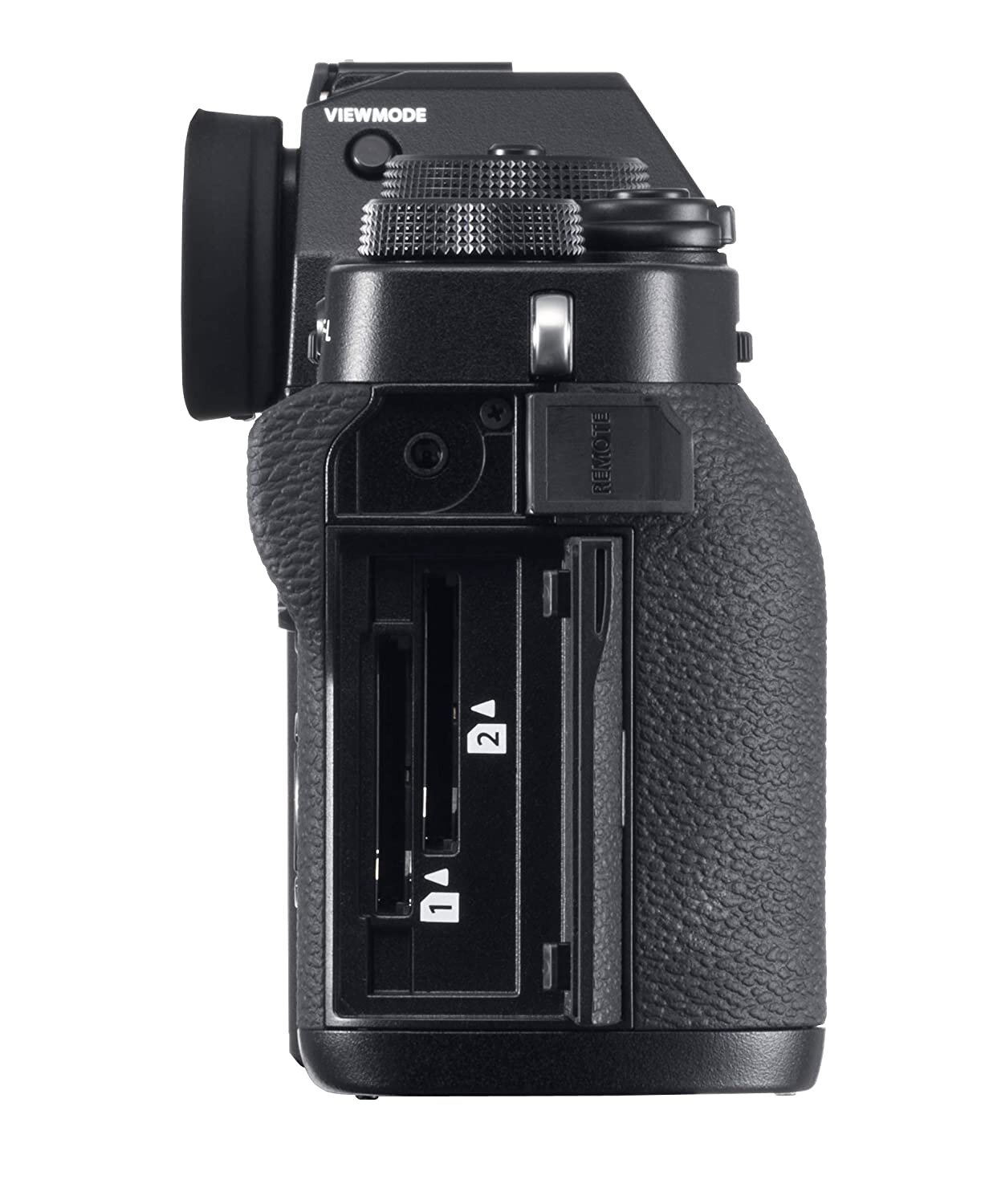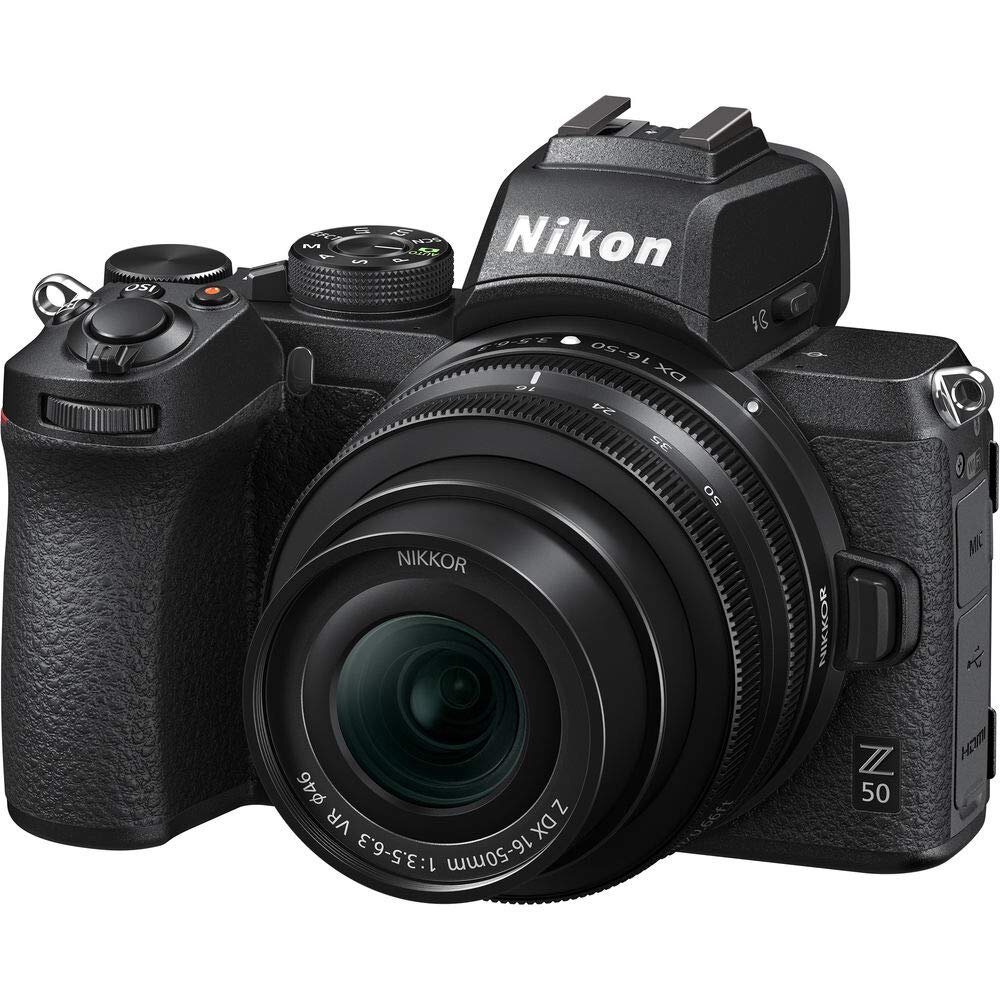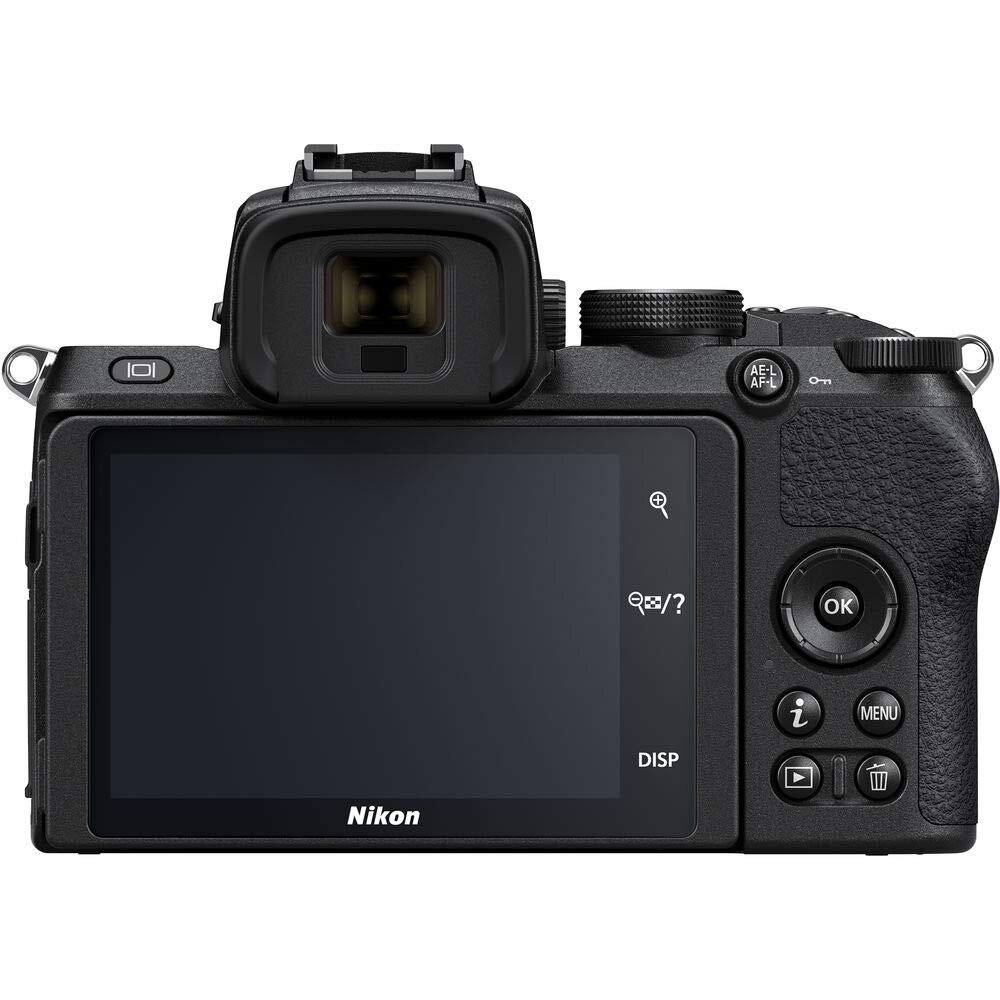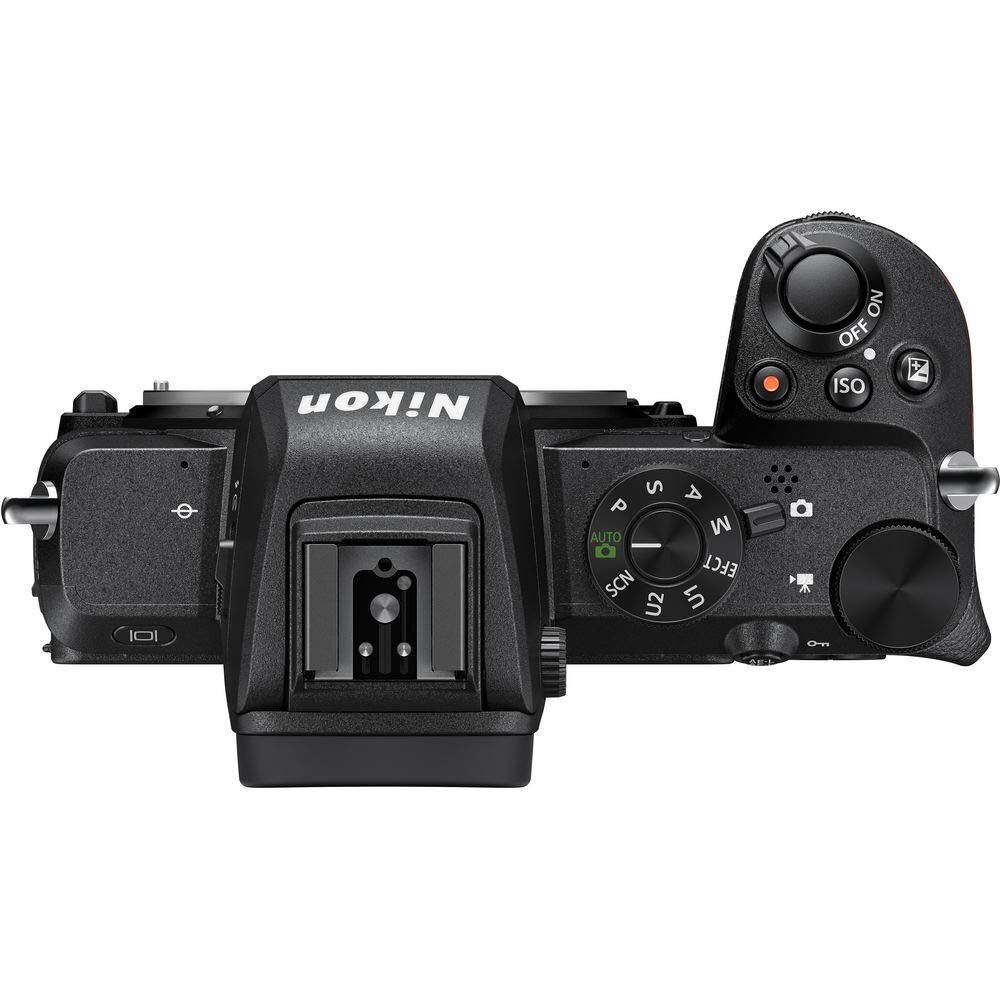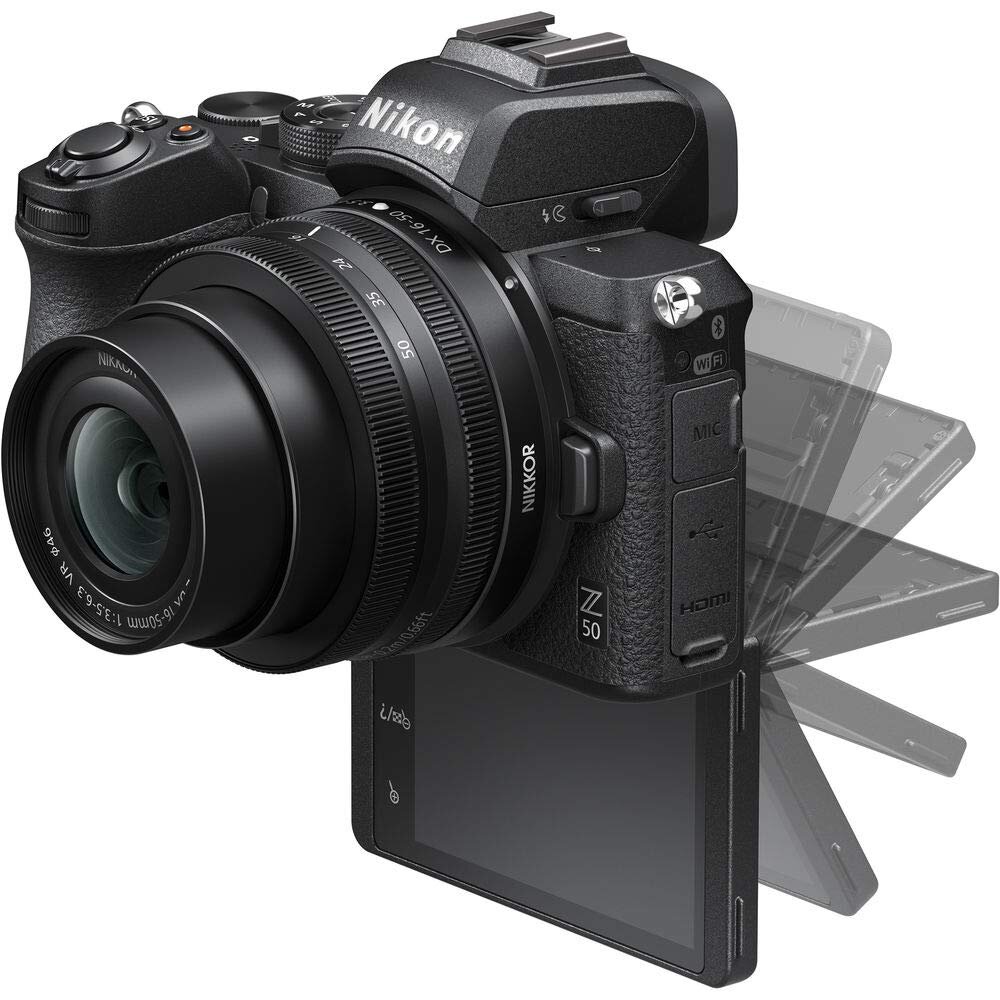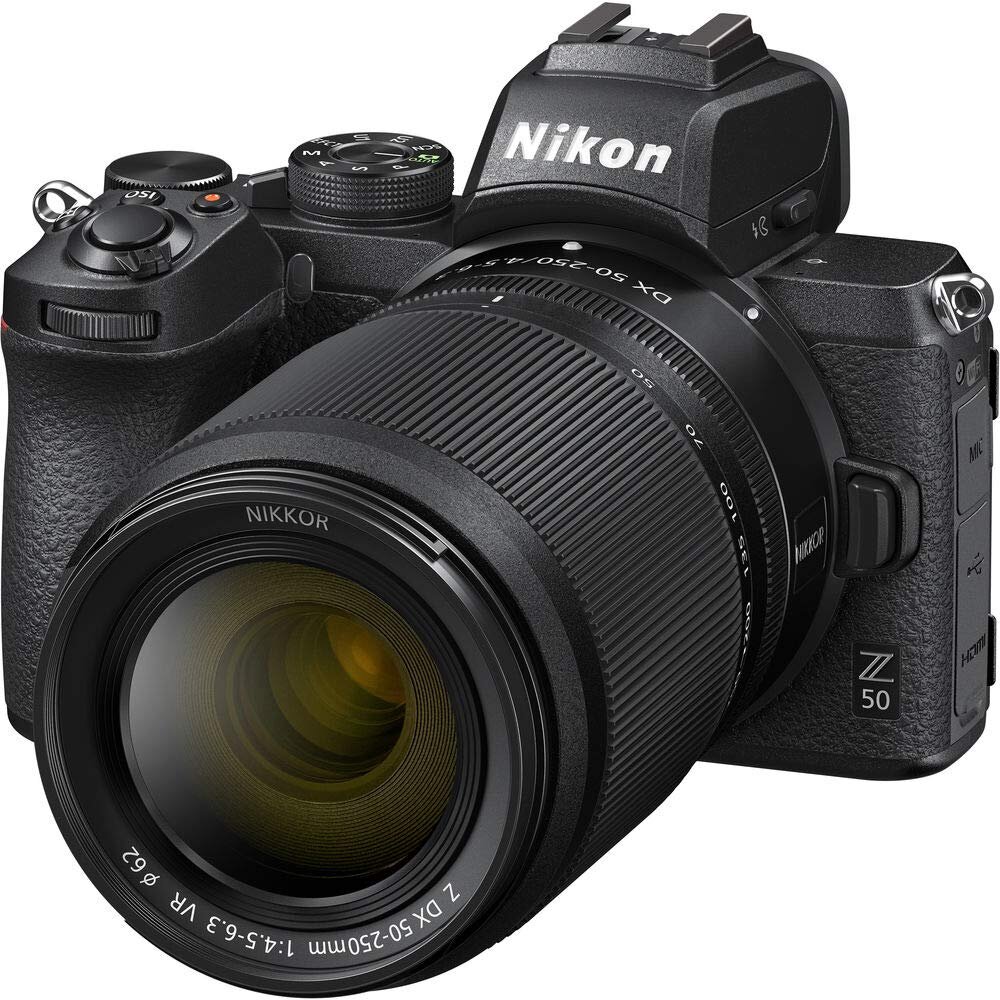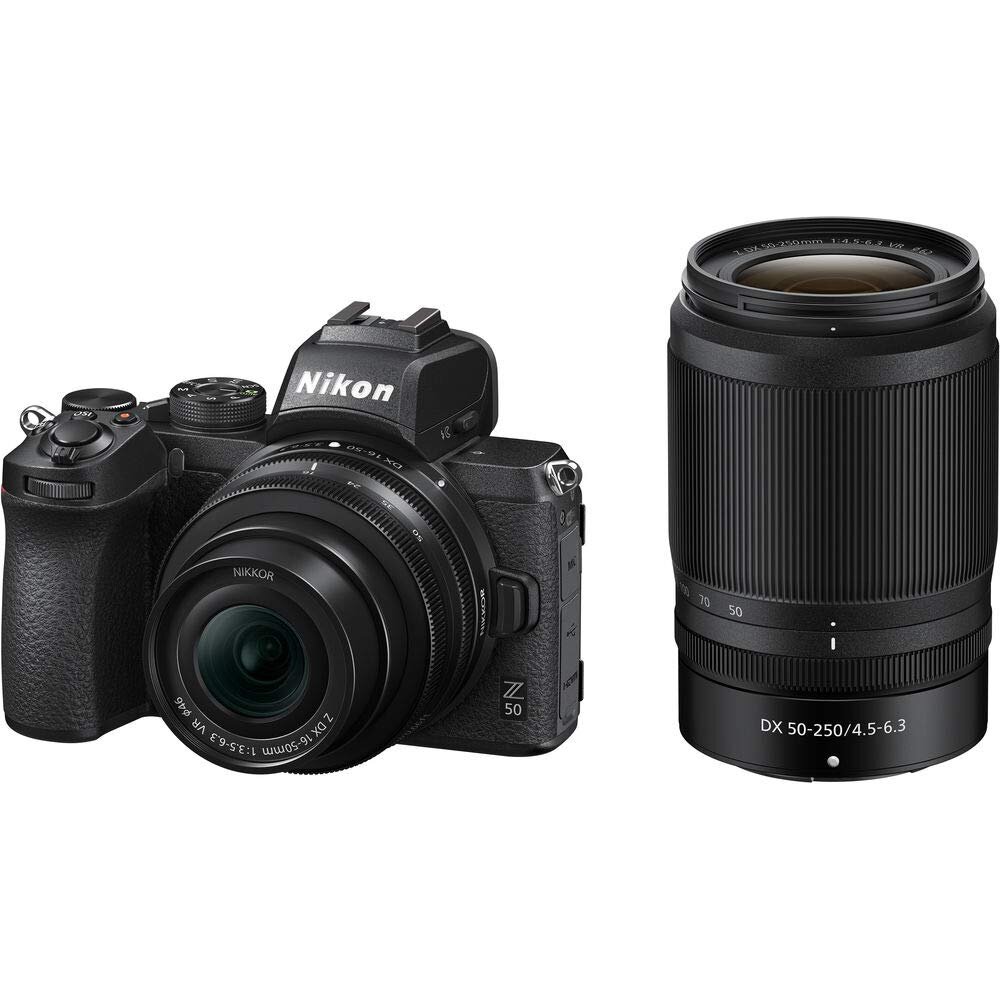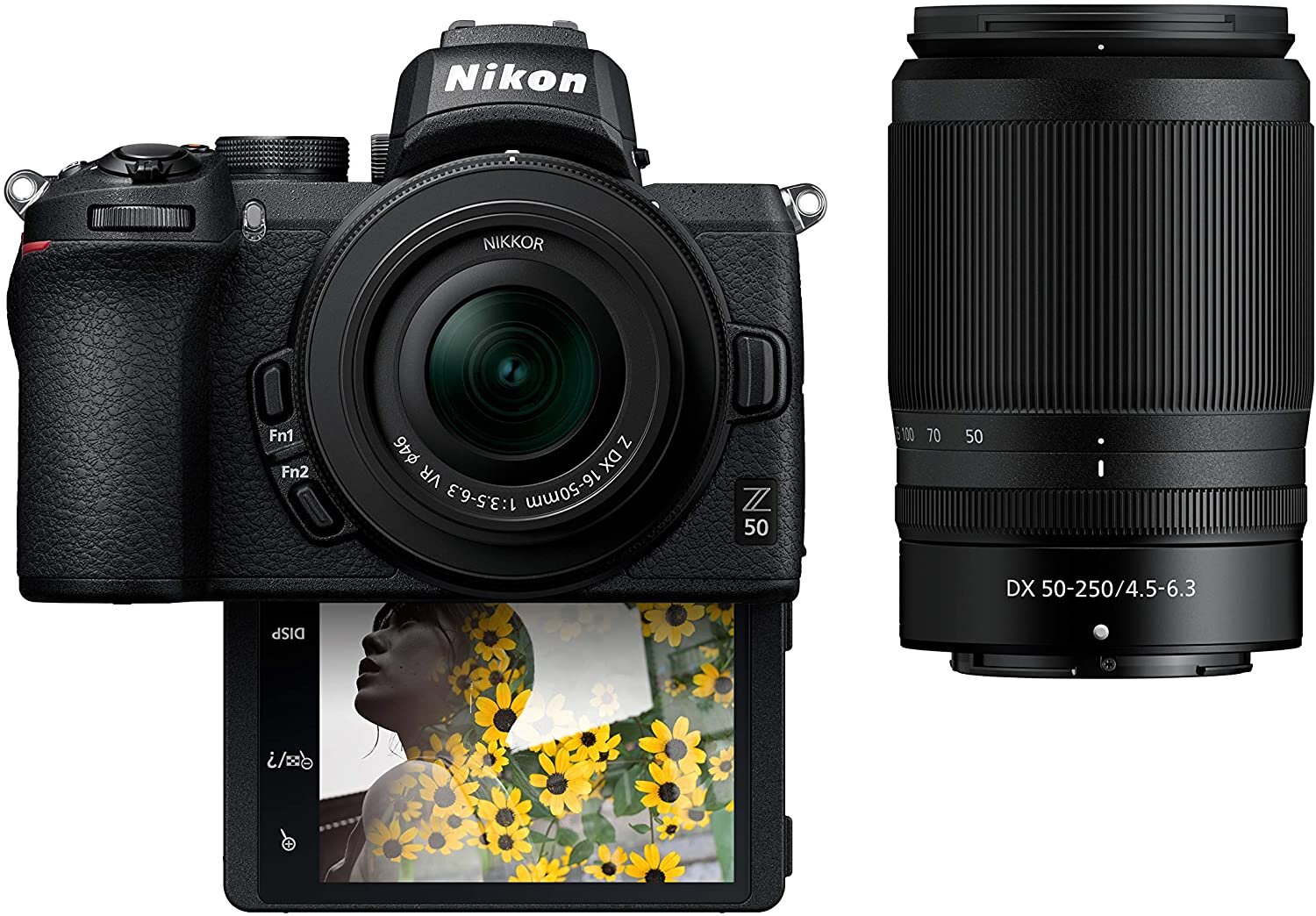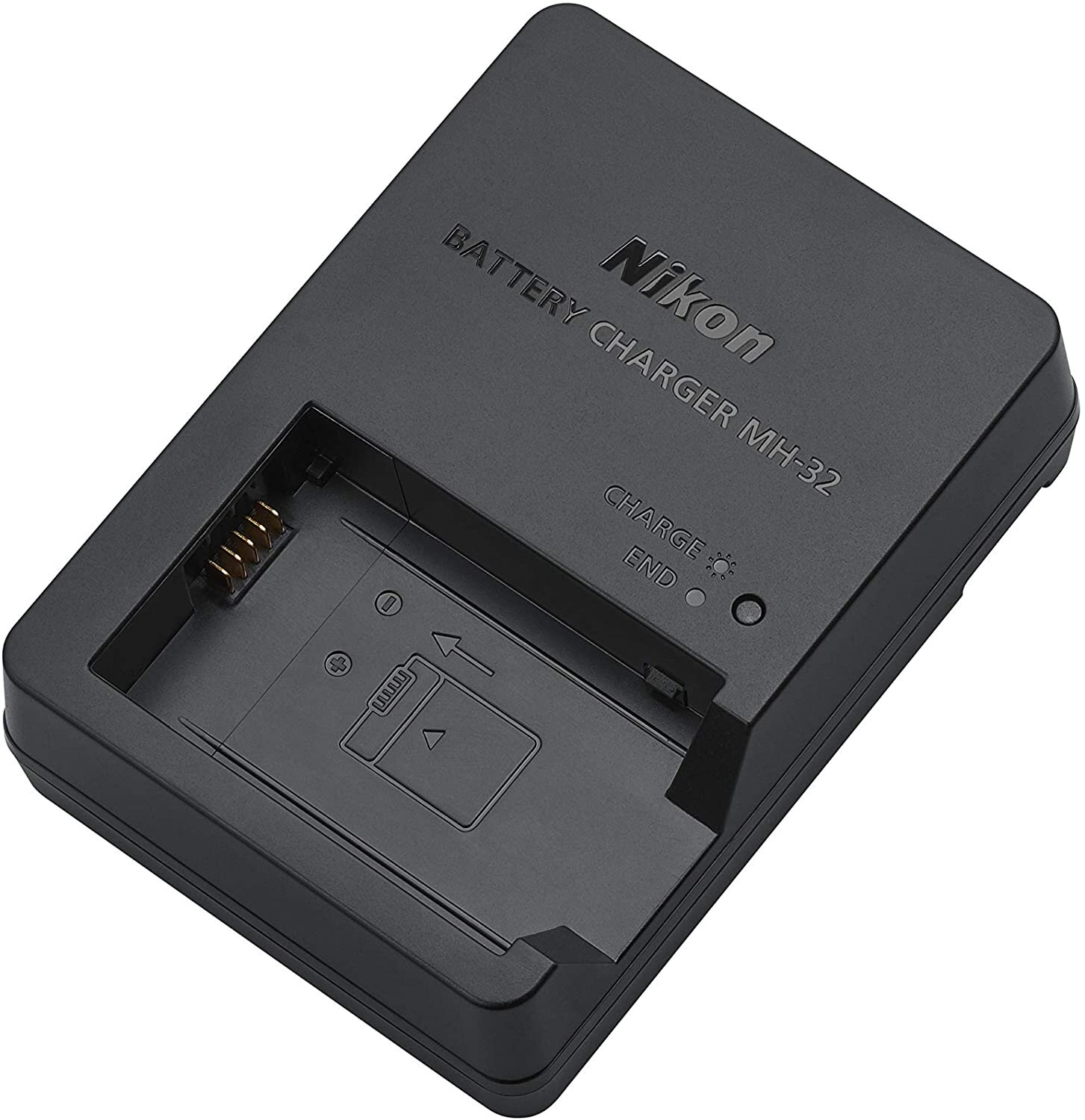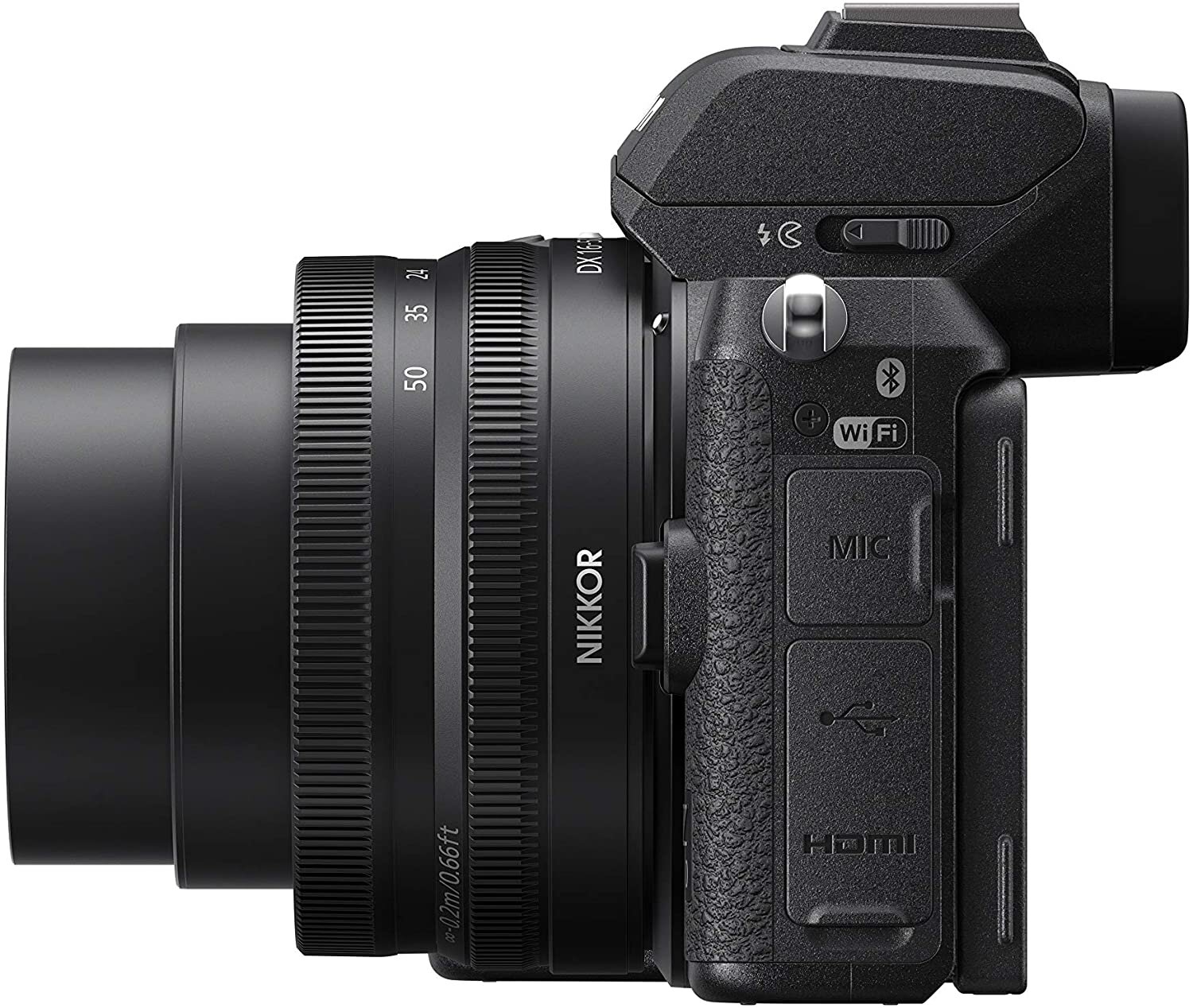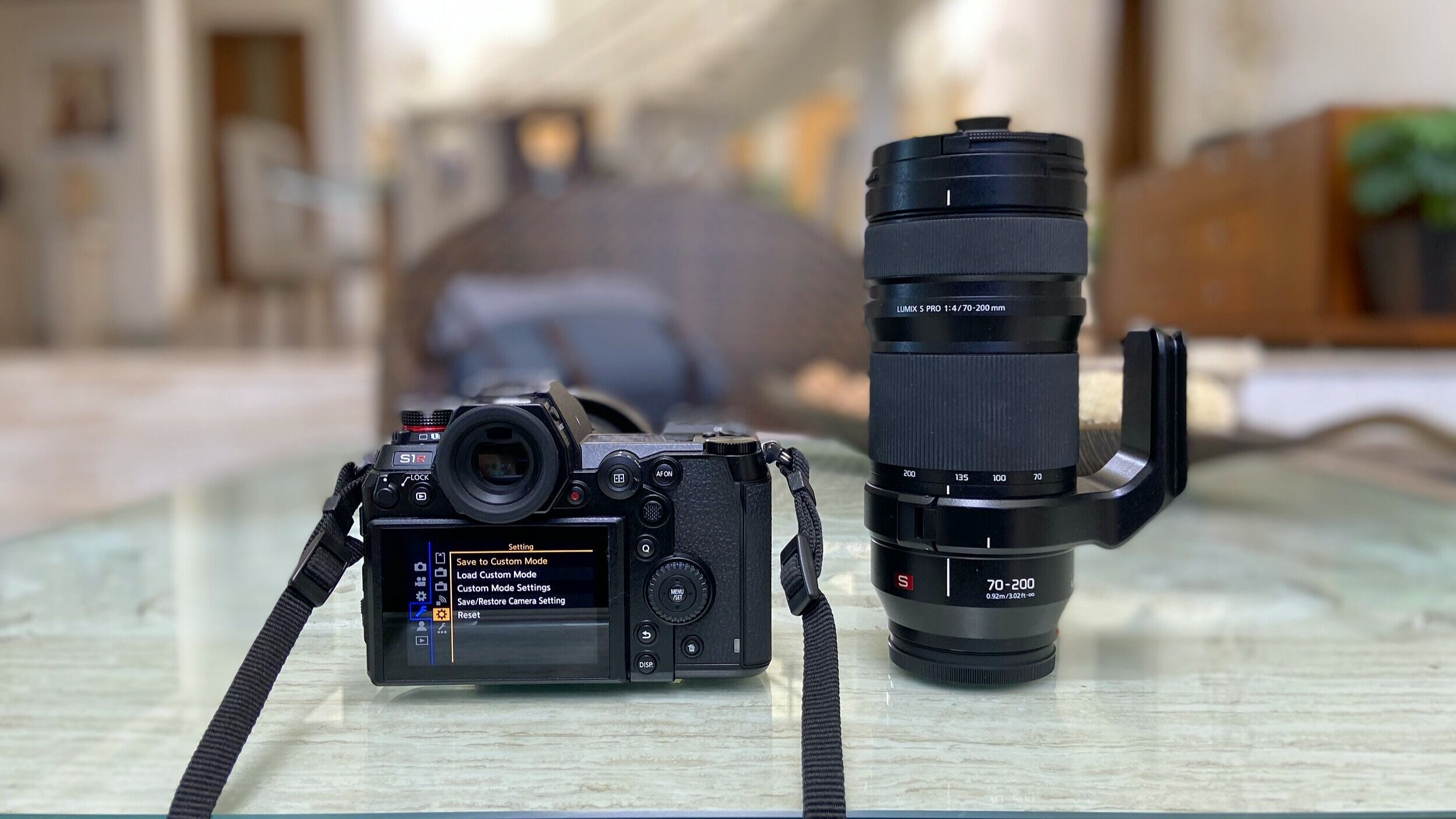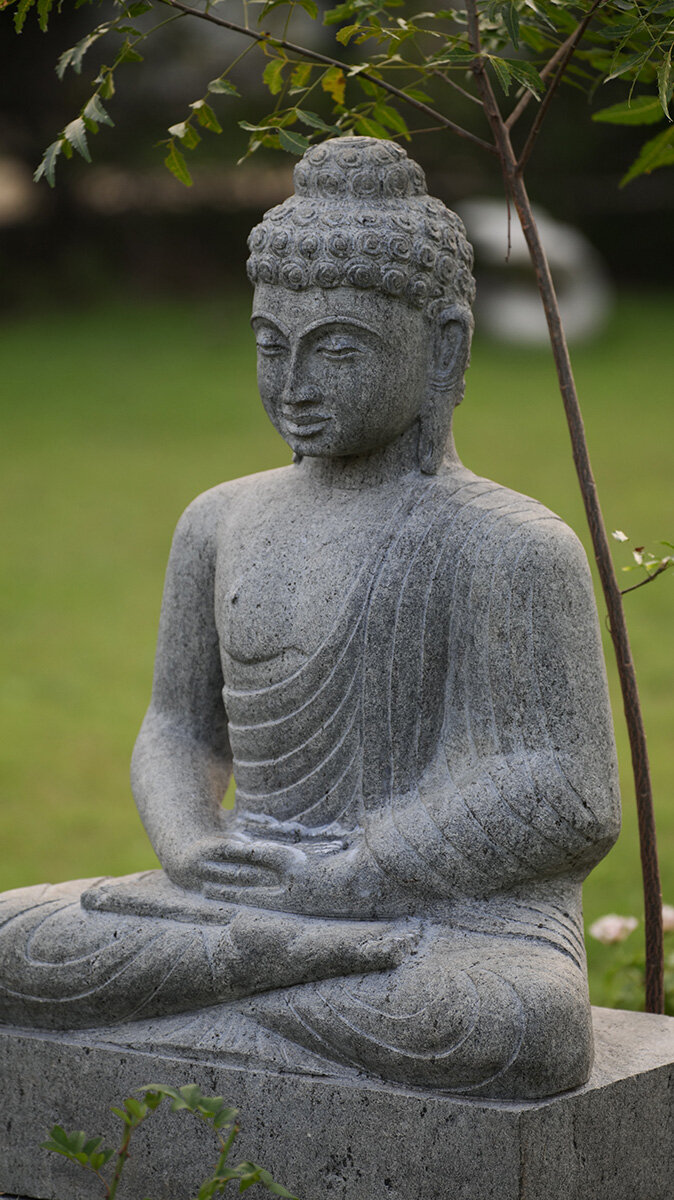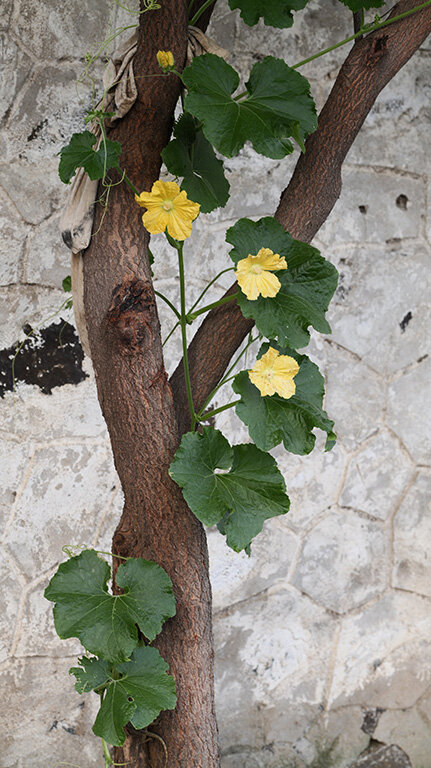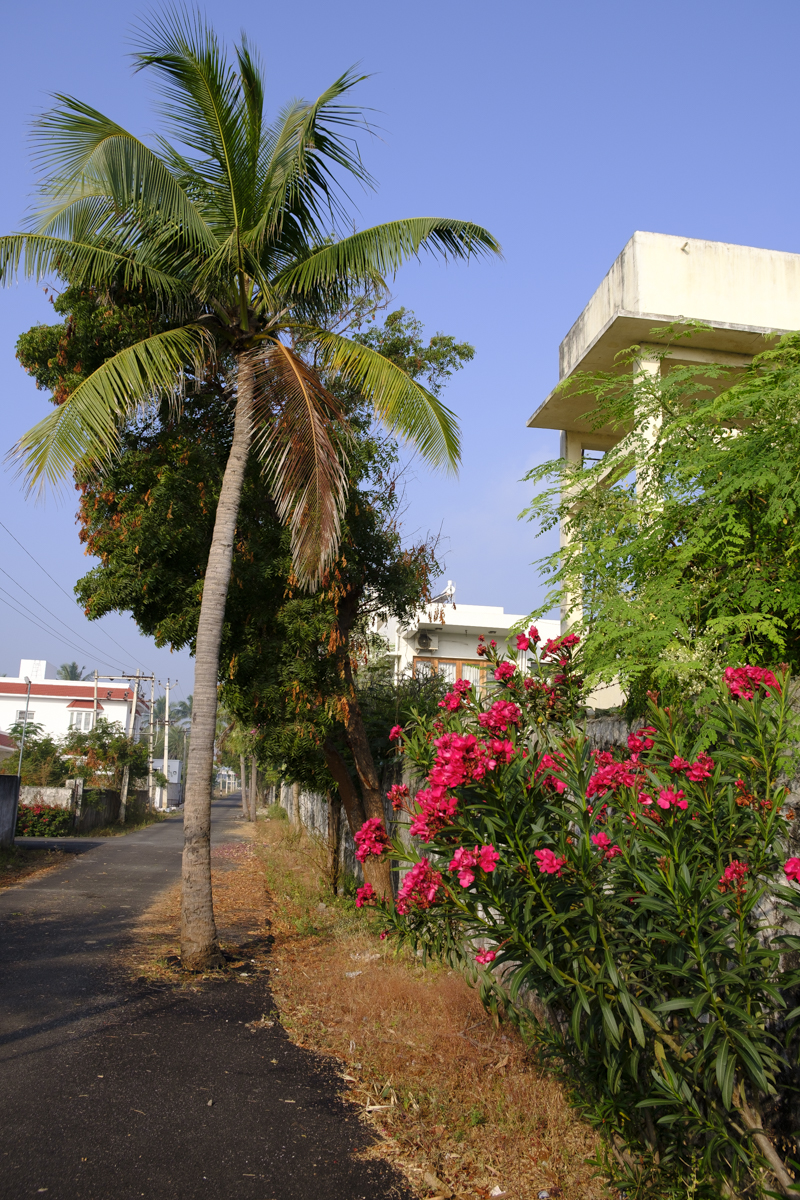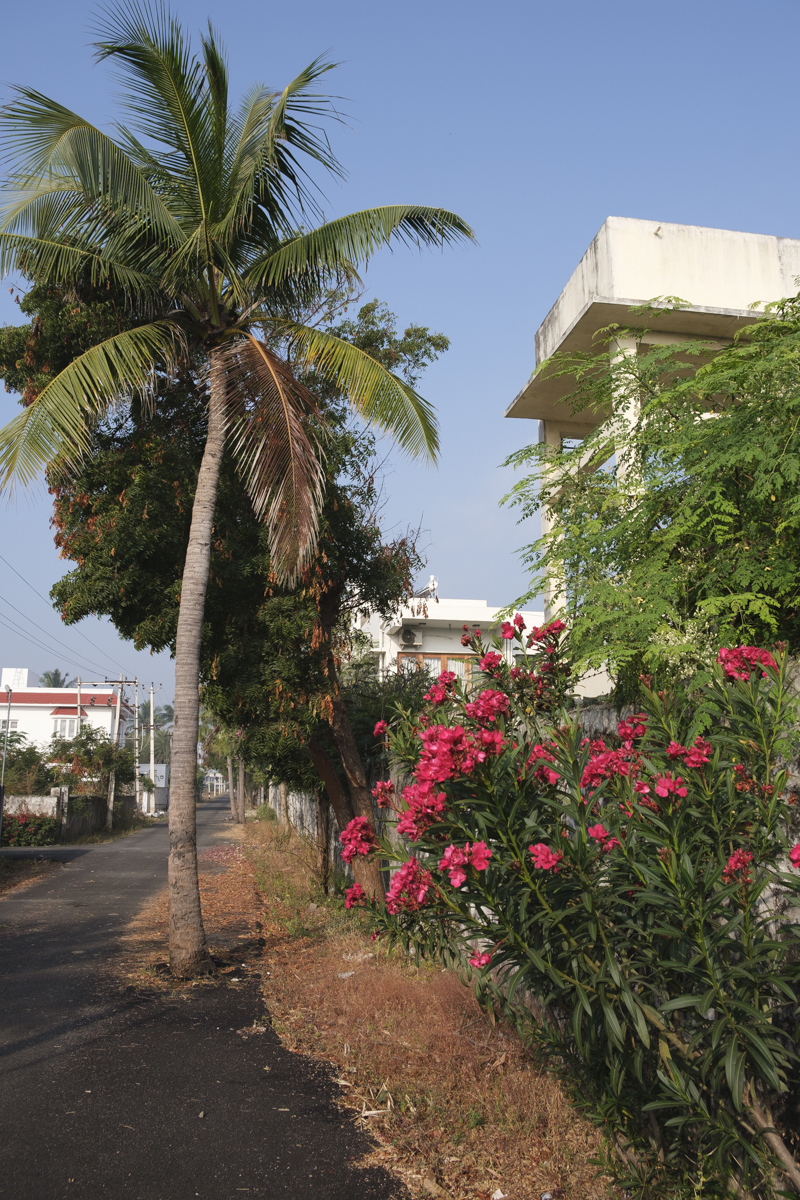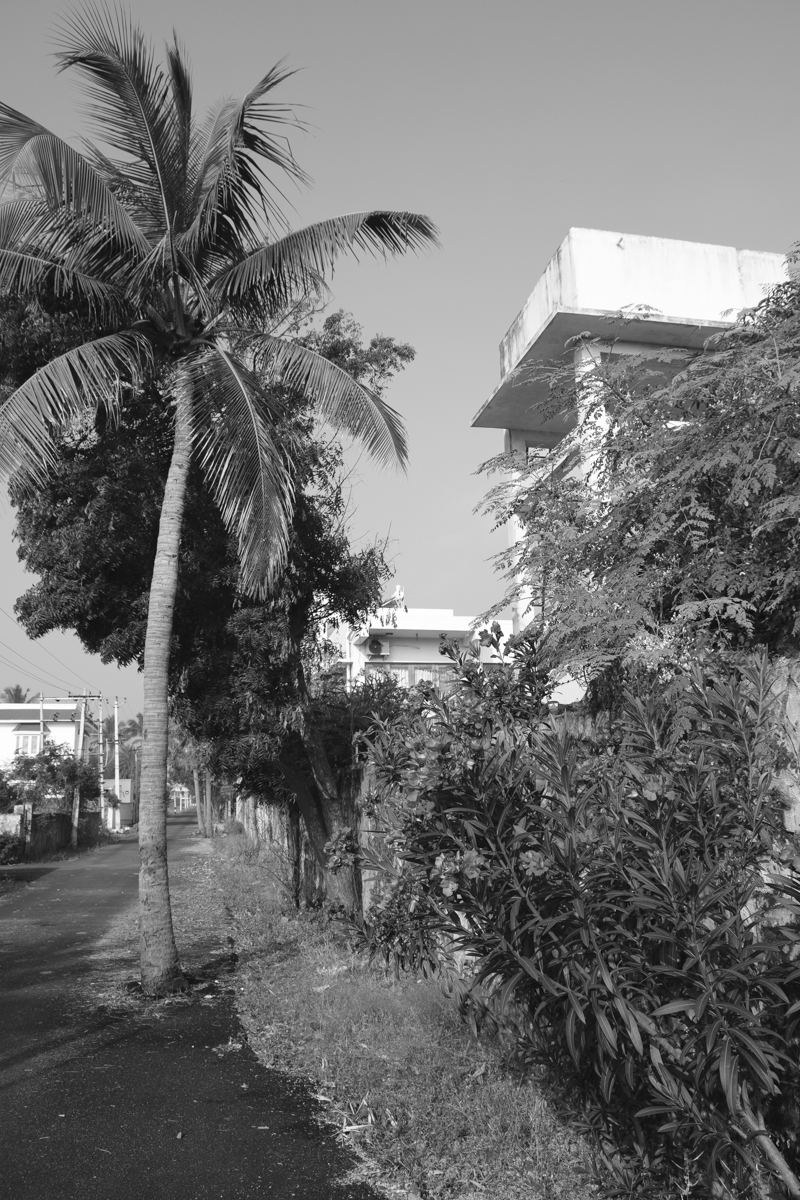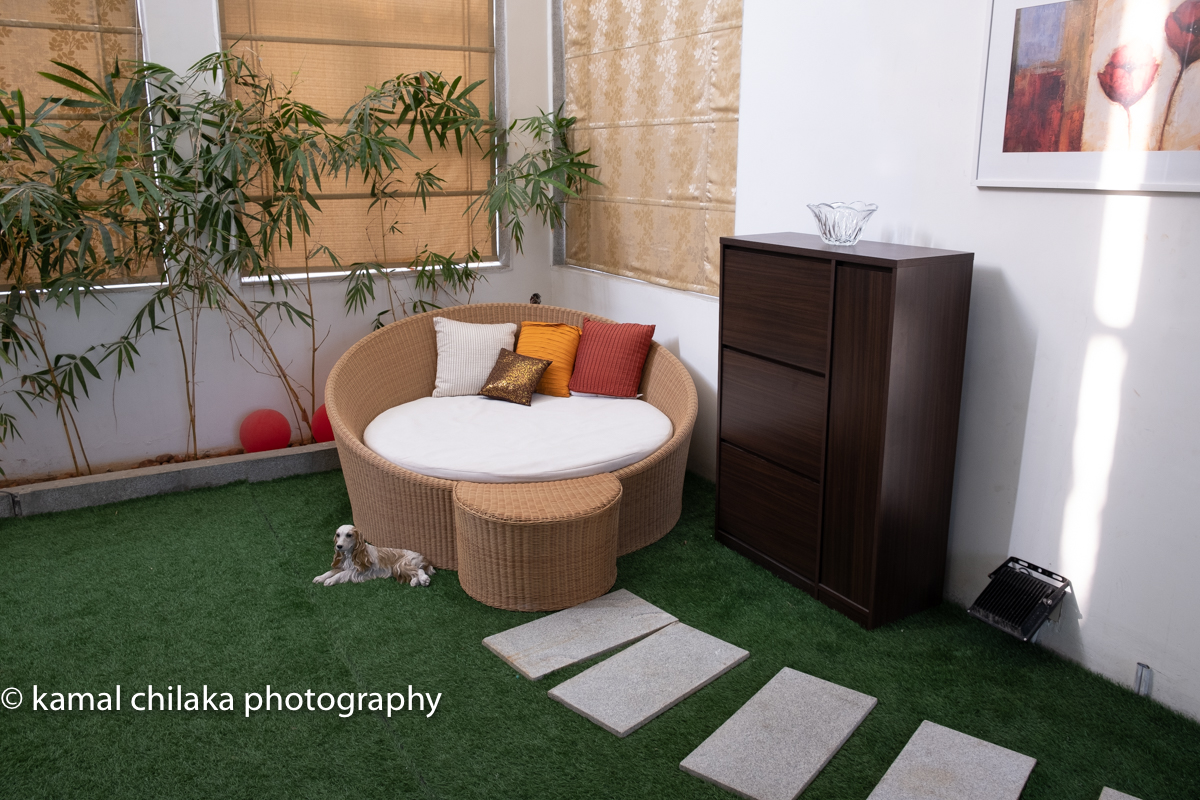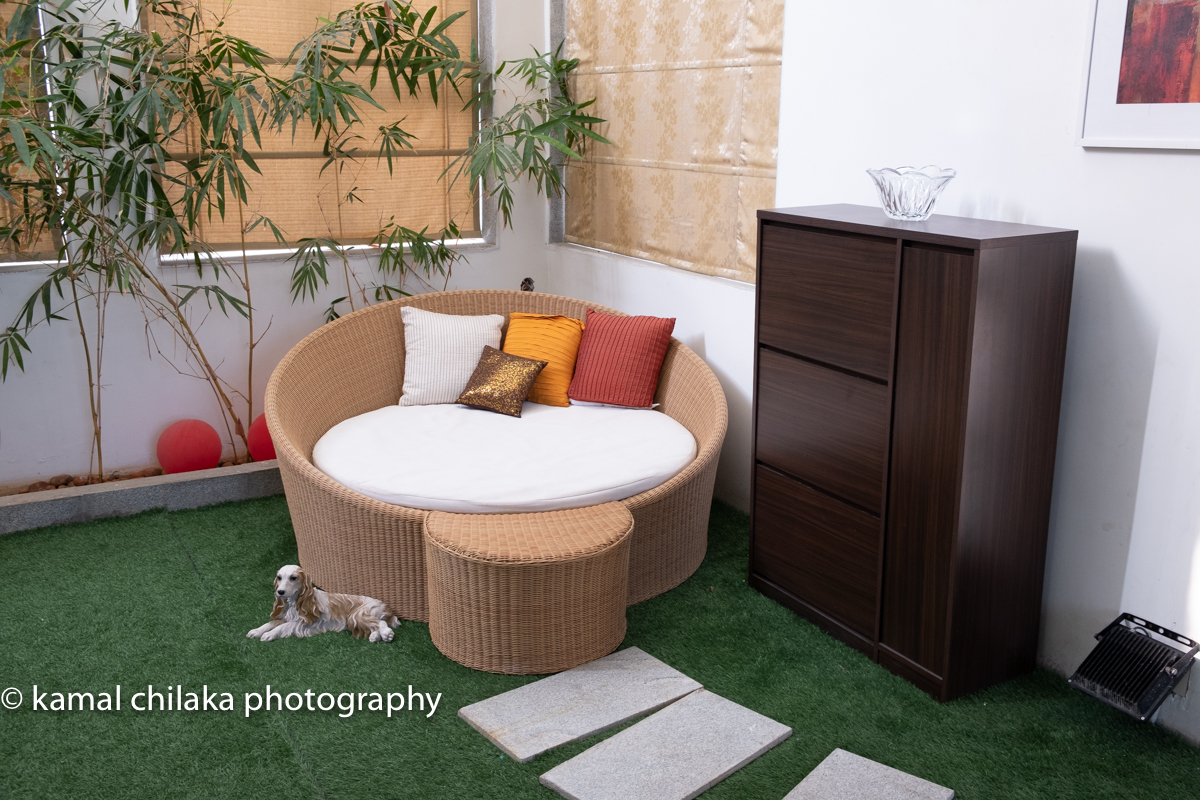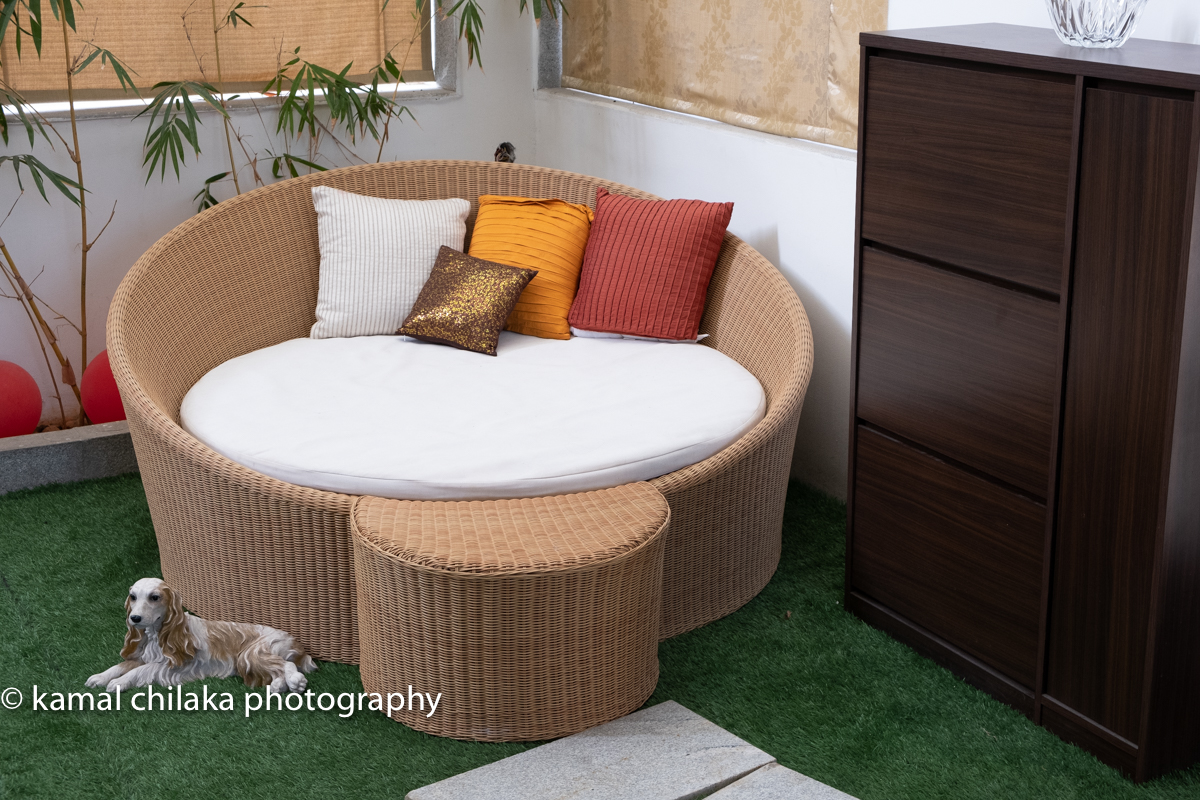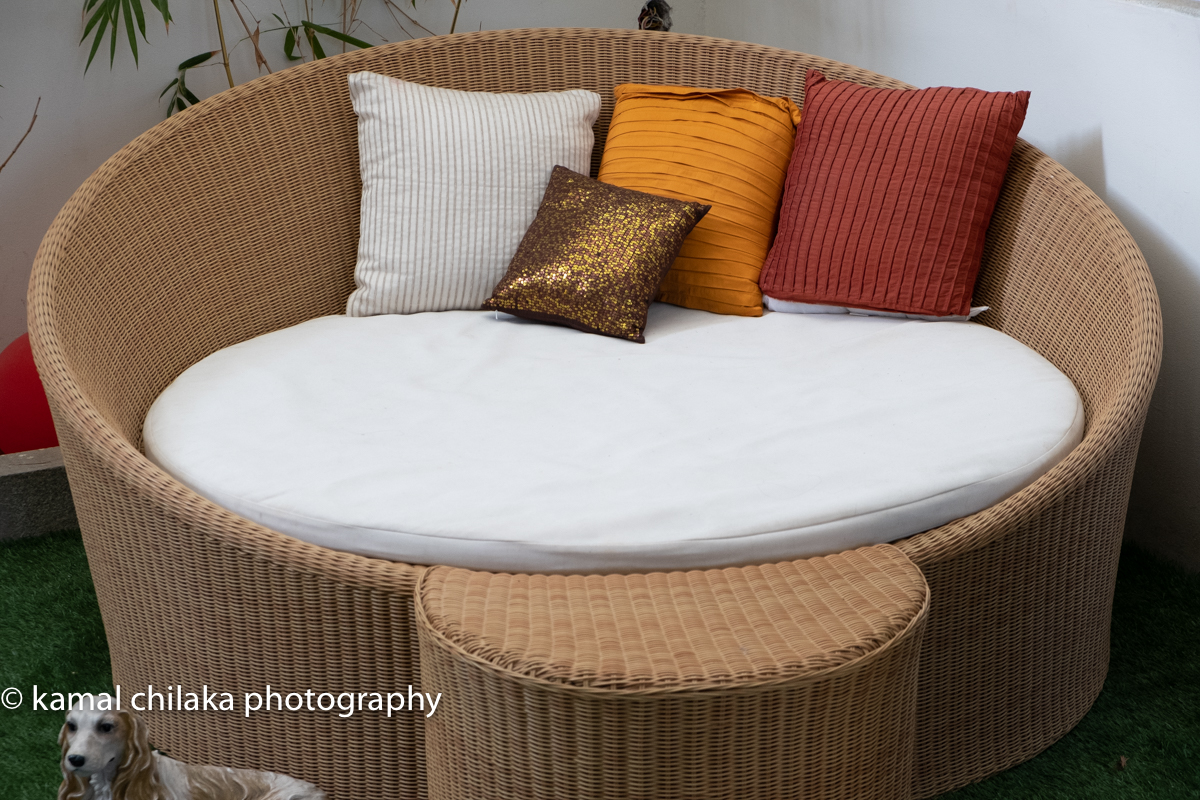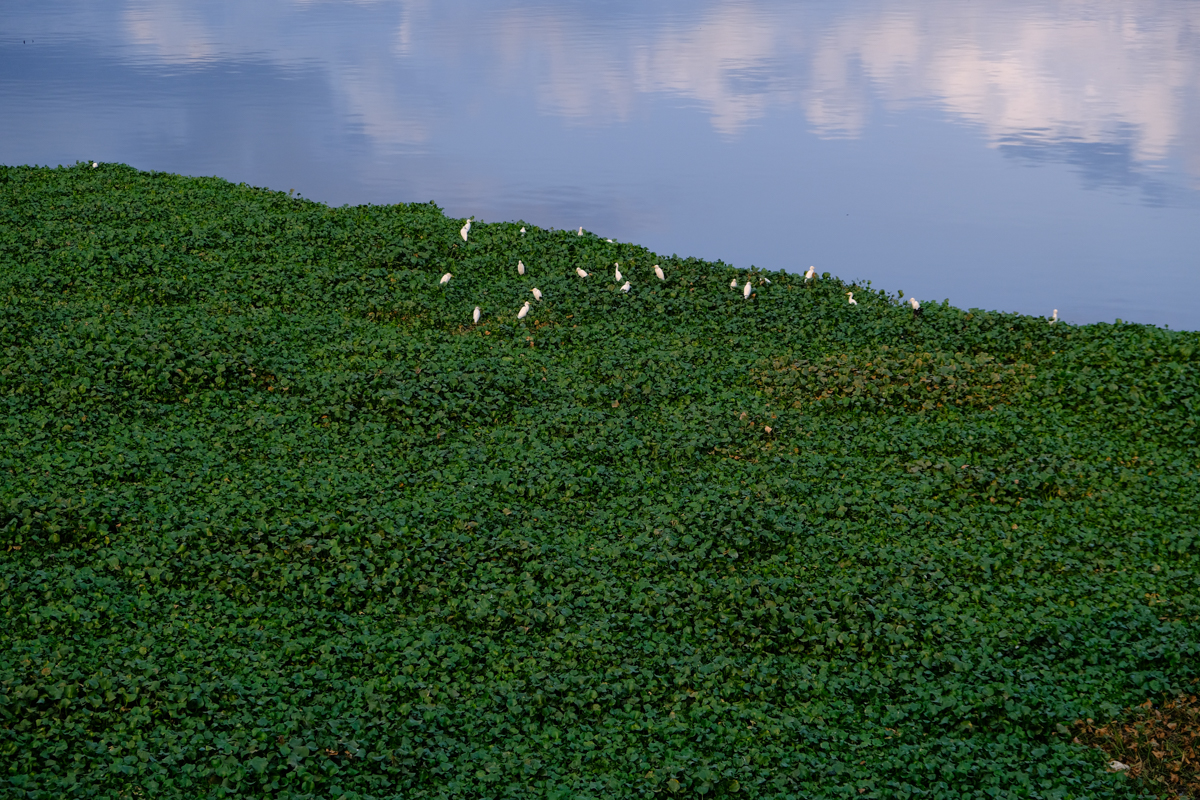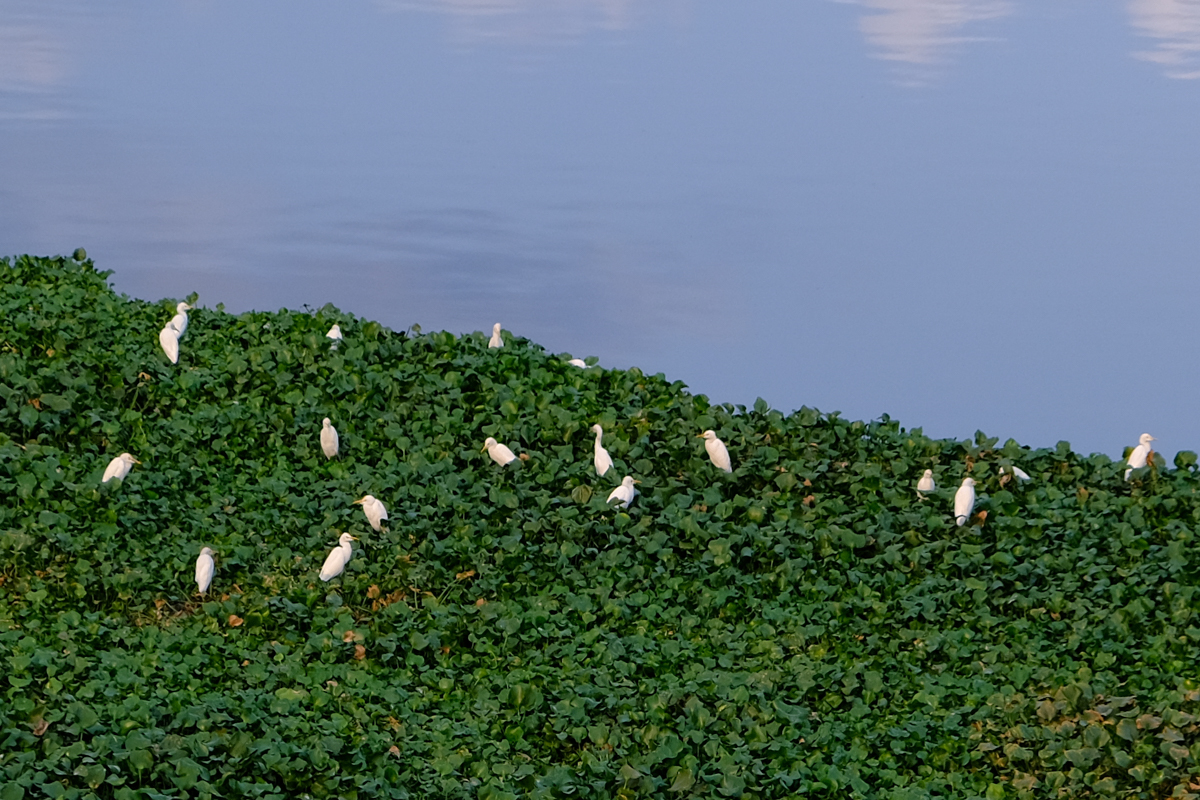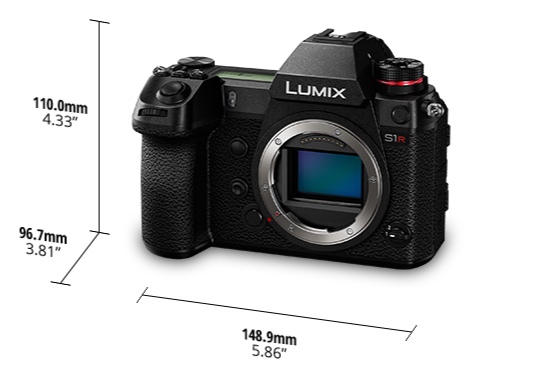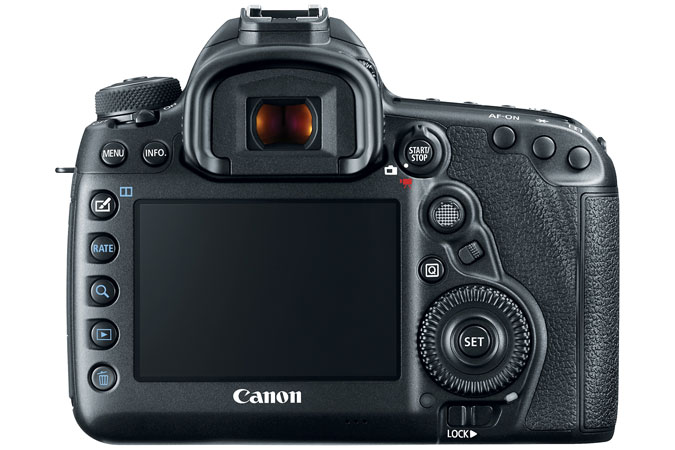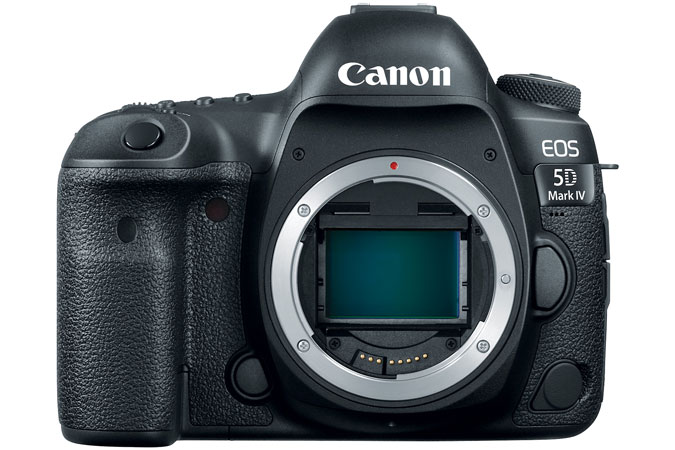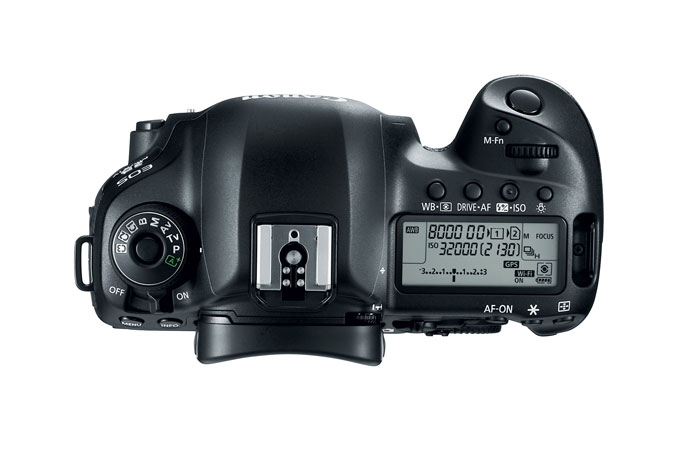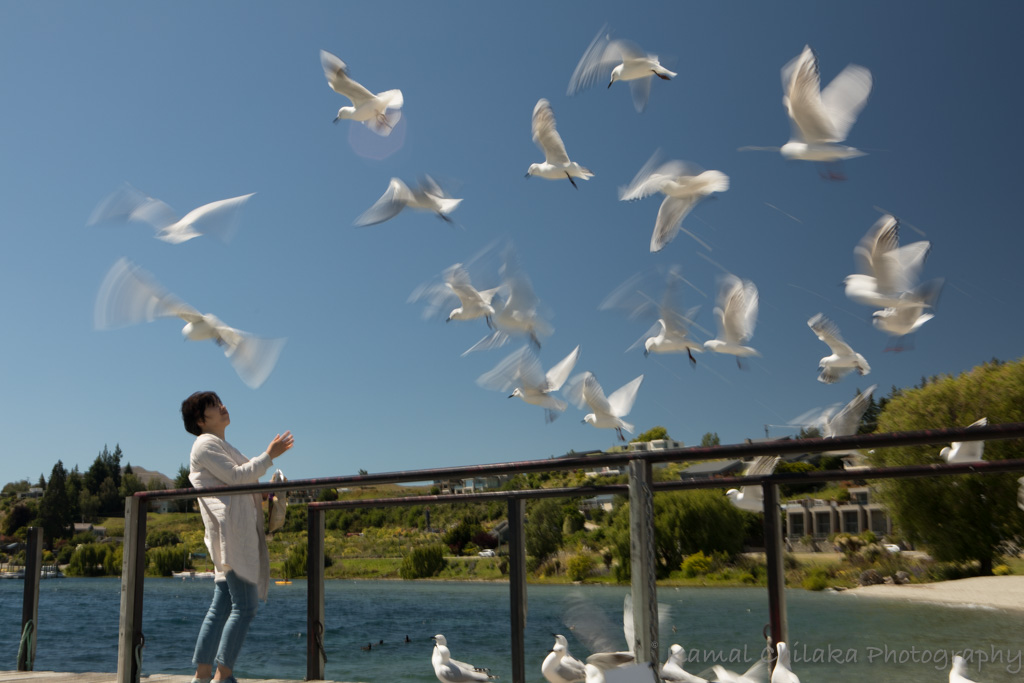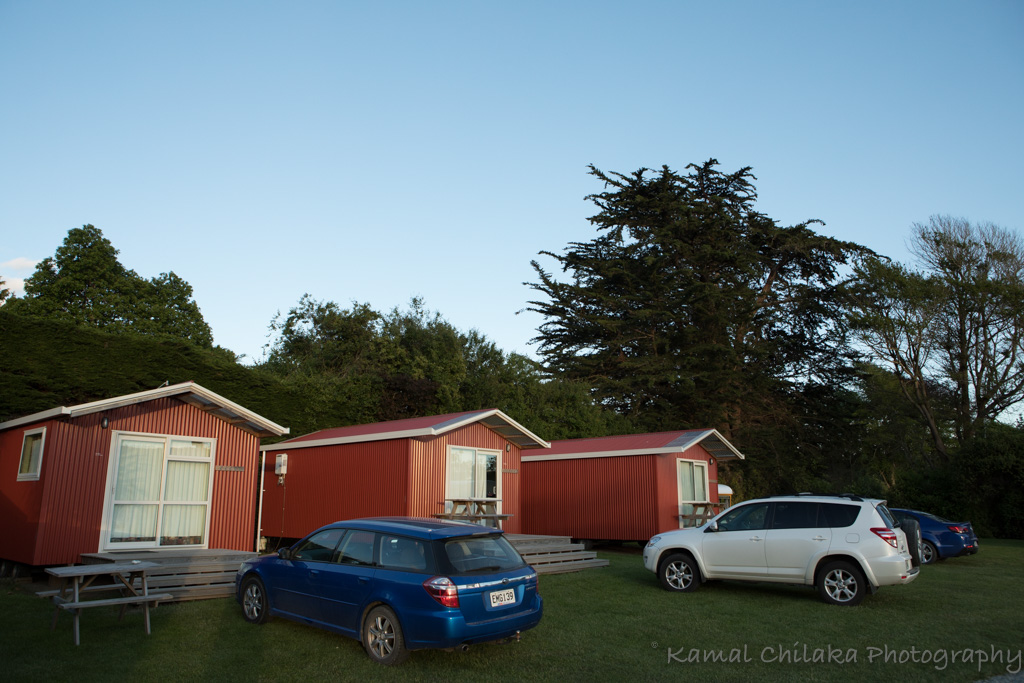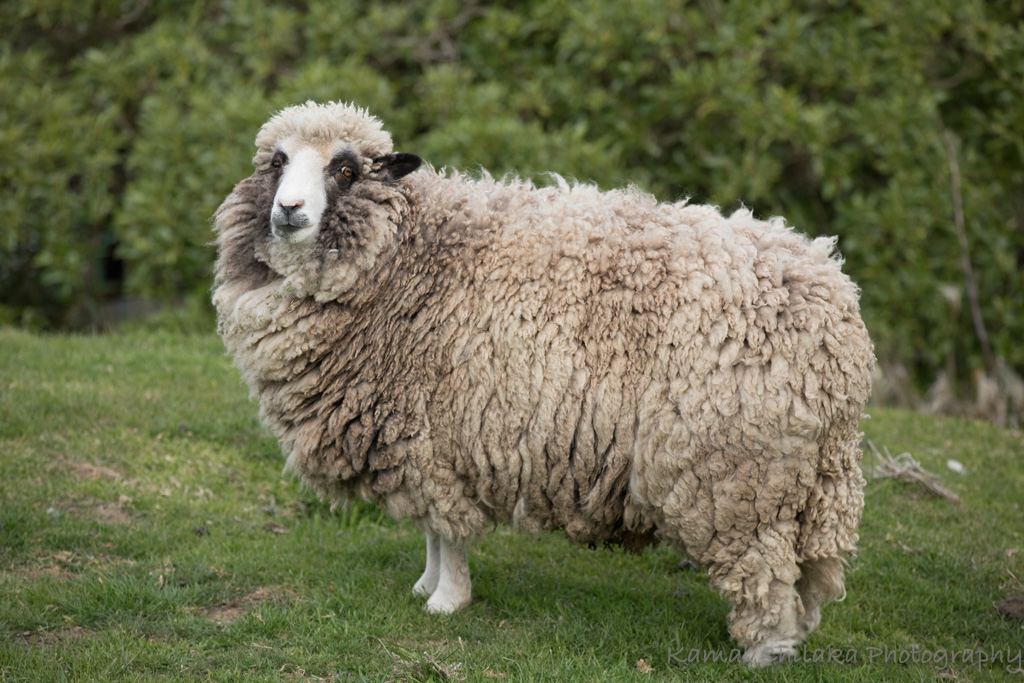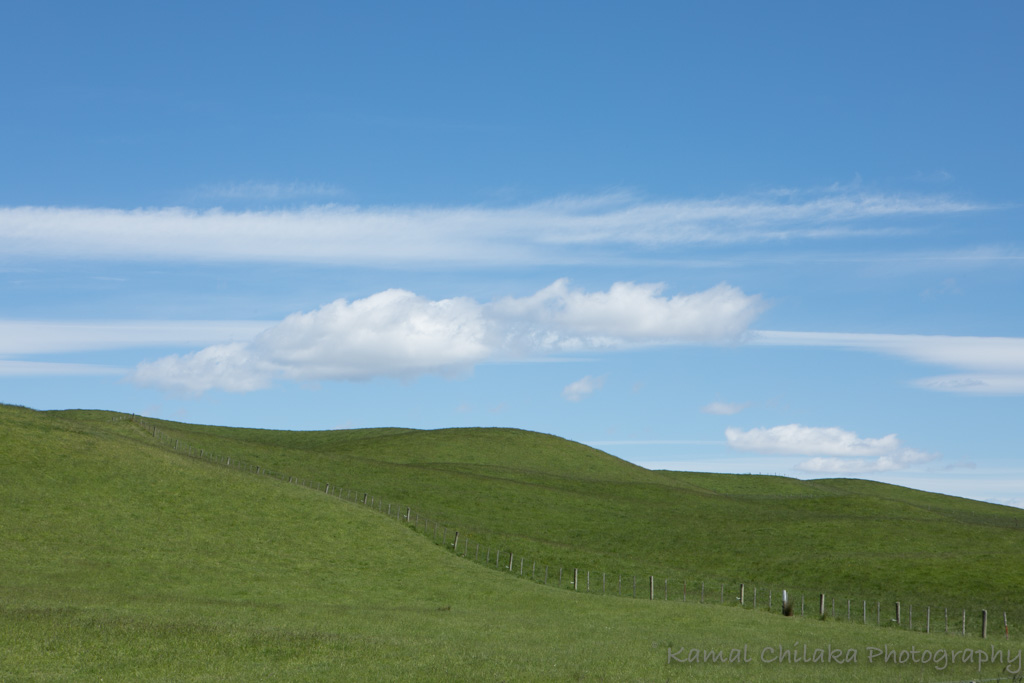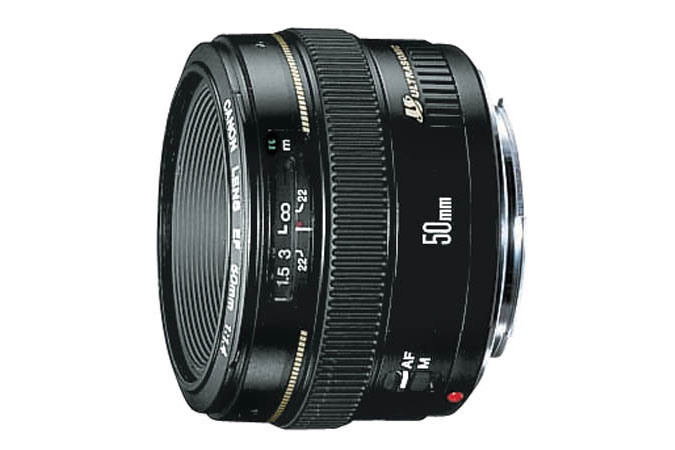Best Cameras for Intermediate Level or Amateur Photographers - 2021
So you have been using an Entry level DSLR or Mirrorless Camera with a kit lens for a while now and you have the basics down pat. You are ready to take your photography to the next level and want to get a more capable camera and lens combination. This guide is for you. I have listed here the best value for money cameras in the ₹ 65,000 (roughly 900$ USD) to ₹ 1,50,000 ($USD 2000) price range for camera body plus one non kit lens.
So you have been using an Entry level DSLR or Mirrorless Camera with a kit lens for a while now and you have the basics down pat. You are ready to take your photography to the next level and want to get a more capable camera and lens combination. This guide is for you. I have listed here the best value for money cameras for 2021 in the ₹ 65,000 (roughly 900$ USD) to ₹ 1,50,000 ($USD 2000) price range for camera body plus one non kit lens.
Canon EOS 850D + 18-55 IS STM Lens Kit
Price ₹ 74,990.00
Canon 850D Features
24.1 APS-C Sensor
AF : OVF: 45 AF points maximum (all cross-type) / Live View: Maximum 3 975 selectable AF point positions / Up to 143 AF areas (auto selection)
Shutter Speed Range (s). Stills: 30 - 1/4 000s, Bulb , Movie recording: 1/8 - 1/4 000s
LCD Monitor (Size) - 7.62cm(3.0in)
Memory Card Type - SD, SDHC*, SDXC*, *UHS-I cards compatible
Flash sync - 1/200s
Effective ISO Stills: 100 - 25 600 (H:51 200)
Movie: 4K UHD: 100 - 6400 / Full HD:100 - 12 800 (H:25 600)
Shooting Modes Stills: Scene Intelligent Auto, Special scene modes (Portrait, Smooth Skin, Group Photo, Landscape, Sports, Kids, Close-up, Food, Candlelight, Night Portrait, Handheld Night Scene, HDR Backlight Control), Creative filters (Grainy B/W, Soft focus, Fish-eye effect, Water painting effect, Toy camera effect, Miniature effect, HDR art standard, HDR art vivid, HDR art bold, HDR art embossed), Program AE, Shutter-priority AE, Aperture-priority AE, Manual exposure, Bulb Movie recording: Auto, Scene Intelligent Auto, Manual exposure, Special Scene (HDR movies), Creative filters (Dream, Old Movies, Memory, Dramatic B&W, Miniature effect movie)
Pair this Camera with Canon EF-S 18-135mm f/3.5-5.6 Image Stabilization USM Lens (Black)
Canon EF-S18-135mm f/3.5-5.6 IS USM
Price ₹ 29,990.00
Driven by Nano USM, this compact EF-S standard zoom lens with 7.5x zoom covers most shooting scenes, whether of your travel destination or an everyday scene. It retains the same optical technology used in the best-selling EF-S18-135mm f/3.5-5.6 IS STM lens, which prevents flaring and ghosting to realize high image quality. Dynamic IS corrects major instances of camera shake and it's just one part of the overall IS image stabilizing system which stabilizes images an equivalent of 4 shutter speed settings.
In fact, this lens is optimized for both stills and movie shooting thanks to Nano USM which ensures high speed, seamless, and quiet AF as you shoot. The lens uses a 7 blade circular aperture, which promises beautiful bokeh circles. It's also compatible with the optional Power Zoom Adapter PZ-E1, which helps you to carry out even smoother zoom operations.
Filter size: 67mm
Maximum aperture: f/3.5-5.6
Canon EOS 90D + EF-S 18-135 IS USM Lens + 128 GB SD card
Price ₹ 1,31,194.00
Canon EOS 90D Features
32.5megapixel APS-C CMOS Sensor + DIGIC 8 processor
Dual pixel CMOS AF
45 cross-type AF (Optical Viewfinder)
Face detection (Optical Viewfinder & Live View)
5 481 selectable focus positions (Live View)
Eye Detection AF (One-Shot & Servo AF – Live View)
4K Video (Uncropped/Cropped)
High Speed Capturing of 10/11 FPS
Image Stabilizer Lens-shift type & In-body 5 axis electronic image stabilisation
Peripheral ConnectionsHi-Speed USB, HDMI (Type C) / Microphone / Headphone / Remote
EF-S 18-135 IS USM Lens Features
7.5x zoom range
Filter size: 67mm
Maximum aperture: f/3.5-5.6
Sony Alpha 6600M Camera with 18-135 mm Zoom Lens kit
Price ₹ 1,49,000.00
24.2 Mpix APS-C Sensor
5 Axis Optical Image stabilisation
Real time eye AF for still / Video and Animal Eye AF
Real time tracking
World fastest 0.02 Sec AF speed with 425 phase detection and contrast points
EXMOR CMOS sensor with outstanding light sensitivity
True-to-life 4K HDR (HLG) movie recording
High-capacity Z battery supports long-duration shooting
11 FPS continuous shooting with AF/AE, ISO sensitivity up to 102400
180 degree tilt able touch LCD screen
BATTERY LIFE (STILL IMAGES)
Approx. 720 shots (Viewfinder)/Approx. 810 shots (LCD monitor) (CIPA standard)2
VIEWFINDER TYPE
1.0 cm (0.39-type) electronic viewfinder (colour)
MONITOR TYPE
7.5 cm (3.0-type) wide type TFT
14-bit RAW output with rich tonal gradation
Focus Peaking and Focus Magnification
External mic and audio input plus headphone jack
S-Gamut/S-Log shooting
One-touch remote, One-touch sharing, Location Information Link
Sony A7 Mark III with 28-70mm Lens
Price ₹ 1,59,900.00
Sony A7 Mark III Features
24.2MP 35 mm full-frame CMOS sensor with back-illuminated design
Standard ISO range from 100 to 51200
15-stop dynamic range at low-sensitivity settings
14-bit RAW output for natural gradations
5-axis optical in-body image stabilisation
4D Focus – Wide, Fast, Steadfast, AF performance inherited from α9
Fast Hybrid AF with 693 phase-detection and 425 contrast-detection AF points
Tenacious AF/AE tracking during continuous shooting at up to 10 fps and up to 8fps in live view mode with mechanical or silent shutter
4K HDR with high resolution, wide dynamic range, and a wide color gamut approaches reality
Outstanding reliability and features for smooth, confident shooting in a compact body
Fast AF/AE tracking for continuous shooting at up to 10 fps
2 Year standard warranty + 1 year extended warranty on registration on alpha community
Full pixel readout without binning for high-resolution 4K movies
28-70mm f3.5-5.6 lens included
Fujifilm XT30
Price ₹ 67,500.00 Price in the USA $899.00
Fujifilm XT30 Features
(APS-C) X-Trans CMOS 4 ,26.1 million pixels
Ultra Sonic Vibration Sensor Cleaning system
Accepts SD Card (-2G) / SDHC Card (-32G) / SDXC Card (-512G) UHS-I
ISO 160 to 12800
Mechanical + Electronic Shutter
Intelligent Hybrid AF (TTL contrast AF / TTL phase detection AF)
DCI 4K 30p/4K 30p/FULL HD 120 p Video
Fujifilm Film Simulation Modes
Playback functions RAW conversion, Image rotate, Auto image rotate, Face Detection, Red-eye removal, Photo-book assist, Erase selected frames, Multi-frame playback (with micro thumbnail), Slide show, Protect, Crop, Resize, Panorama, Favourites, Voice Memo Setting
Wifi and Bluetooth 4.2
Wireless function Geotagging, Wireless communication (Image transfer), View & Obtain Images, Remote camera shooting, PC Autosave, Image Transfer Order, Instax printer print
Battery life for still images. Approx. 380 frames
Operating Temperature 0°C - 40°C (+32°F - +104°F)C
Lens Recommendations for the XT30
Fujinon XF18-135mmF3.5-5.6 R LM OIS WR Zoom Lens. Price ₹ 67,248.00
Fujifilm XF 35mm F1.4 R Lens. Price ₹ 45,450.00
Fujifilm Fujinon XF16-80mmF4 R OIS WR Lens. Price ₹ 59,000.00
Fuji Film XT3
Price in India ₹ 93,531.00
Fujifilm XT3 Features
26.1mp x-trans cmos 4 sensor with degree x-processor 4 image processing engine
4k movie recording
Internal SD card 4k/60p 4: 2: 0 10bit recording
First mirrorless digital camera with aps-c or larger sensor that is capable of 4k/60p 4: 2: 2 10bit hdmi output when it was launched
2.16m phase detection pixels across entire frame and low-light phase detection limits has been increased over x-t2 by 2 stops, from -1ev to -3ev 3.69 million dot oled color viewfinder with 0.75x magnification and blackout-free burst
Accepts SD memory card (-2GB) / SDHC memory card (-32GB) / SDXC memory card (-512GB)
UHS-I / UHS-II / Video Speed Class V90 *1
Sensor Cleaning system Ultra Sonic Vibration
Auto bracketing
AE Bracketing (Frames: -2, -3, +3, +2, ±9, ±7, ±5, ±3 Step: 1/3EV, 2/3EV, 1EV, 4/3EV、5/3EV、2EV、7/3EV、8/3EV、3EV)
Film Simulation bracketing (Any 3 types of film simulation selectable)
Dynamic Range Bracketing (100%, 200%, 400%)
ISO sensitivity Bracketing (±1/3EV, ±2/3EV, ±1EV)
White Balance Bracketing (±1, ±2, ±3)
Focus Bracketing (Frames: 1-999, Step: 1-10, Interval: 0-10s)
Intelligent Hybrid AF (TTL contrast AF / TTL phase detection AF)
Video Recording
DCI4K/4K 29.97p/25p/24p/23.98p 400Mbps
Full HD(2048×1080)/Full HD(1920×1080) 59.94p/50p/29.97p/25p/24p/23.98p 200Mbps
Film Simulation Modes
16 modes (PROVIA/Standard, Velvia/Vivid, ASTIA/Soft, Classic Chrome, PRO Neg.Hi, PRO Neg.Std, Black & White, Black & White+Ye Filter, Black & White+R Filter, Black & White+G Filter, Sepia, ACROS, ACROS+Ye Filter, ACROS+R Filter, ACROS+G Filter, ETERNA/Cinema)
B & W Adjustment: -9-+9
Buy XT3 Kit On Flipkart
Lens Recommendations for XT3
XF18-135mmF3.5-5.6 R LM OIS WR Zoom Lens. Price ₹ 67,248.00
XF 35mm F1.4 R Lens. Price ₹ 45,450.00
Fujinon XF16-80mmF4 R OIS WR Lens. Price ₹ 59,000.00
Fujinon XF55-200mmF3.5-4.8 R LM OIS Zoom Lens Price ₹ 48,499.00
NIKON Z50 + NIKKOR Z DX 16-50mm f/3.5-6.3 VR + NIKKOR Z DX 50-250mm f/4.5-6.3 VR Lens Kit
Price in India ₹ 87,499.00. Price in the USA $1,196.95
Nikon Z50 Features
20.9 Mpix CMOS Sensor
File format NEF (RAW): 12 or 14 bit, JPEG
3.2 in Monitor
Autofocus system - Hybrid phase-detection/contrast AF with AF assist, 209 focus points, upto -4 EV
Wifi and Bluetooth 4.2
Video Recording 3840 x 2160 (4K UHD); 30p and Full HD Upto 120p
ISO 100 to 51200
NIKKOR Z DX 50-250mm f/4.5-6.3 VR
Max Aperture f/ 4.5 to 6.3
Min Aperture f/ 22 to 32
VR (Vibration Reduction) image stabilization
Filter-attachment size. - 62 mm
NIKKOR Z DX 16-50mm f/3.5-6.3 VR
Min Aperture f3.5 to f6.3
VR Lens
Best Cameras for Beginners - A Buying Guide 2021
I frequently get asked this question by friends and family. The question being which camera do you recommend for beginners? I decided to compile this quick reference guide to help this who are looking to buy their first camera with manual contols. Below is a quick reference guide to the currently available cameras with their MRP or Street Prices here in India.
I frequently get asked this question by friends and family. The question being which camera do you recommend for beginners? I decided to compile this quick reference guide to help those who are looking to buy their first camera with manual controls. Below is a quick reference guide to the best digital cameras for beginners available here in India. I have also provided links where the cameras can be purchased.
The cameras listed here are priced between Rs 30,000 and Rs 65,000.
The minimum criteria is that the cameras should have at least a 24 Mpix Sensor which has become the standard now for entry level cameras. There are more expensive cameras that could be considered as beginner cameras but I’ve capped the price at 65,000 which is a reasonable amount for a beginner camera system.
The DSLR Cameras tend to be cheaper but are still capable cameras. Mirrorless cameras sport the latest technology but are a little pricey. You can’t go wrong with buying any of the cameras in this list.
They say that the first 10,000 photos are your worst. These cameras are all worthy companions for the beginners journey to photographic excellence.
Canon 1500 D Kit
24.1 Mpix APSC Sensor, 9 Point AF, 1 Center Cross Type AF Point, Max ISO 6400, Wifi/NFC , 3.0 “ LCD Screen, Video : Yes 1920 X 1080 Full HD, Accepts EF-S lenses only + 18-55mm lens.
Rating 7/10.
Good DSLR camera for beginners for Photography and Casual Video.
₹ 30995
Canon 1500D
2 lens Kit
24.1 Mpix APSC Sensor, 9 Point AF, 1 Center Cross Type AF Point, Max ISO 6400, Wifi/NFC , 3.0 “ LCD Screen, Video : Yes 1920 X 1080 Full HD, Accepts EF-S lenses only + 18-55mm lens + 55-250mm lens.
Rating 7/10.
Good DSLR camera kit for beginners for Photography and Casual Video.
Canon M200 kit
24.1 Mpix APS-C sensor, Dual Pixel AF, 143 AF Areas, Eye Detection AF, 4K Video , 3.0 in LCD Monitor + EF-M 15-45mm lens (24-70 full frame equivalent) Accepts EF-M lenses.
Rating 7/10.
Good Mirrorless Camera Kit for beginners for Vlogging, Video and Photography.
₹ 39,250
Order it here
Canon 200 D II + Lens Kit
24.1 Mpix APS-C Sensor, Dual Pixel AF,Eye Detection AF, Max ISO - 51200, 4K Video, 5fps, Wifi/NFC/Bluetooth, Accepts EF-S Lenses. 3.0 in Vari Angle LCD + 18-55mm lens
Rating 8/10
Entry level but powerful DSLR Camera Kit for Photography and Video. Can be a great tool in the right hands.
Rs 50,999
Canon M200 2 Lens Kit
24.1 Mpix APS-C sensor, Dual Pixel AF, 143 AF Areas, Eye Detection AF, 4K Video , 3.0 in LCD Monitor + EF-M 15-45mm lens (24-70 full frame equivalent)+ EF-M 55-200mm lens. Accepts EF-M lenses.
Rating 7/10
Good for Vlogging, Video & Casual Photography.
₹ 49990
Canon M50 Mark 1 Kit
24.1 Mpix APS-C sensor, Dual Pixel AF, 143 AF points, 4K Video , 3.0 in fully articulating LCD screen + EF-M 15-45mm lens (24-70 full frame equivalent) Accepts EF-M lenses and EF , EF-S lenses via adaptor Wifi, NFC,Bluetooth 4.1, 2.36 Million Pix Viewfinder. 5 Axis Image Stabilization.
Rating 9/10.
Good for Video, Vlogging, Photography. One of the best available at this price range.
₹ 54995
Canon M50 mark ii Kit
24.1 Mpix APS-C sensor, Dual Pixel AF, 143 AF points, 4K Video , 3.0 in fully articulating LCD screen + EF-M 15-45mm lens (24-70 full frame equivalent) Accepts EF-M lenses and EF , EF-S lenses via adaptor Wifi, NFC,Bluetooth 4.1, 2.36 Million Pix Viewfinder. 5 Axis Image Stabilization.
+Live Streaming, Vertical Videos in 4K and Cloud Storage.
Rating 10/10.
₹58995
Good for Live Streaming, Vlogging, Video, Photography. The New Benchmark at this price.
Sony a5100 kit
24.3 Mpix, APS-C sensor, Wifi plus NFC, 179 AF Points, Upto 11 fps shooting, Max ISO 25600, 3.0 in 180˚Tiltable LCD screen + 16-50mm lens, Accepts Sony E-Mount Lenses.
Rating 7/10.
Good for casual photography and video
₹40990
Sony a6000 kit 1
24.3 Mpix, APS-C sensor, Wifi plus NFC, Upto 11 fps shooting, Max ISO 25600, 3.0 in LCD screen + 16-50mm lens Accepts Sony E-Mount Lenses.
Rating 8/10
Good for Photography and Casual Video
₹48990
Sony a6000 2 lens kit
24.3 Mpix, APS-C sensor, Wifi plus NFC, 179 AF Points, Upto 11 fps shooting, Max ISO 25600, 3.0 in 180˚Tiltable LCD screen + 16-50mm lens + 55-210mm lens. Accepts Sony E-Mount Lenses.
Rating 8/10
Good For Photography and casual video.
₹61490
Sony a6100 Body
24.3 Mpix, APS-C sensor with Fast AF, 425 Phase Detect AF Points, Wifi plus NFC, Upto 11 fps shooting, Max ISO 32000, 3.0 in 180˚Tiltable LCD screen , EYE AF, ANIMAL AF, Accepts Sony E-Mount Lenses. 4K/ 30p & Full HD /120p Video.
Rating 9/10
Good for Vlogging, Video, Photography.
₹64990
Nikon D3500
24.2 Mpix CMOS Sensor, 11 focus points, Contrast Detect AF,WiFi, NFC and Bluetooth. Full HD 60P Video Recording, 3.0 in LCD screen, Nikon F- Mount Lenses.
Rating 6/10
Good for Photography and casual video
₹30450
Nikon D3500 1 lens kit
24.2 Mpix CMOS Sensor, 11 focus points, Contrast Detect AF, full HD 60P Video Recording, 3.0 in LCD screen, Nikon F- Mount Lenses + 18-55mm lens.
Rating 6/10
Good for Beginner and Casual Photography& Video.
₹35450
Nikon D3500 2 lens kit
24.2 Mpix CMOS Sensor, 11 focus points, Contrast Detect AF, full HD 60P Video Recording, 3.0 in LCD screen, Nikon F- Mount Lenses + 18-55mm lens + 70-300 mm lens.Wifi,NFC and Bluetooth.
Rating 6/10
Good budget option for Photography and Casual Video.
₹44950
Fujifilm XT 100
24.2 MP Mirrorless Camera with XC 15-45 mm Lens (APS-C Sensor, Electronic Viewfinder, Face/Eye Detection, 3" 3-Way Tilting Touchscreen, 1080p and 4K 15p, Vlogging, Film Simulation Modes).
Rating 6/10
Good for Photography, Vlogging and casual video
Rs 36,449
Fujifilm X-T 200
24.2 MP Mirrorless Camera with XC 15-45 mm Lens ,APS-C Sensor, Electronic Viewfinder, 3.5" Vari-Angle Touchscreen, 425 Point Face/Eye AF, 4K Video Vlogging, Film Simulations.
Ranking 8/10
Good for Photography, Vlogging, Video.
Rs.54,597
Disclaimer: This website uses affiliate links, meaning: at no additional cost to you, we earn a small commission if you click-through and make a purchase. As an Amazon Associate I earn from qualifying purchases. We only feature products that we believe in and use ourselves. Your support means the world to us and allows us to host this website. Thank you!
Canon finally launches the high resolution R5 and here are my initial thoughts
Like many other Canon Camera users I have been waiting with bated breath for the high resolution mirrorless replacement for the 5DS-R to be available. It has been close to 2 years since the launch of the uninspiring EOS R and over 4 years since the launch of the Canon 5D IV.
And finally now in 2020 in the middle of a Pandemic Canon has come out with some good news in the form of the Canon R5 and R6.
I watched the global online launch on the 9th of July and found myself beaming with pride for Canon when the specs were revealed for the R5 and R6 .
Canon R5
45 Megapixel, 8K DCI Movie, 4k DCI 120 FPS
Like many other Canon Camera users I have been waiting with bated breath for the high resolution mirrorless replacement for the 5DS-R to be available. It has been close to 2 years since the launch of the uninspiring EOS R and over 4 years since the launch of the Canon 5D IV.
And finally now in 2020 in the middle of a Pandemic Canon has come out with some good news in the form of the Canon R5 and R6.
I watched the global online launch on the 9th of July and found myself beaming with pride for Canon when the specs were revealed for the R5 and R6 .
The specifications look mighty impressive at first look so let’s have a look at that.
For the R5 The headline specifications and Price at launch being
45MP full-frame CMOS sensor
Up to 8-stop In-Body Image Stabilizer X Optical Image Stabilizer
Up to 20 fps + Animal Detection AF for Photos
8K30 Raw and 4K120 10-Bit Internal Video
5.7 MPIX EVF
Sensor-Shift 5-Axis Image Stabilization
MRP INR 339,995 / USD $3,899
Canon R5
Improved 5D like Ergonomics compared to the EOS R
The R5 is a technological powerhouse. Powered by the latest DIGIC X image processor, the EOS R5 is able to swiftly process large amounts of data to handle high-speed shooting, 8K video and other outstanding achievements possible.
According to Canon it allows for ultra-fast, near-silent burst shooting capabilities of up to 20 fps. AF/AE tracking ensures that your shots are sharp and in focus.
Canon R5
Modern Mirrorless Functionality in a compact package
New for the Canon R5 is HDR PQ HEIF 10-Bit Recording which is supposed to help attain images with more colour and tone detail than conventional JPEG, without the need for post-processing.
HEIF files can be viewed on compatible displays and printed on HDR-compatible printers. They can also be converted easily to HDR-PQ-like JPEG format, either in the camera or on another device, using Digital Photo Professional.
The 8k Video shooting capability brings a bonus feature for photographers .Grab a high resolution still image of approximately 35.4MP from an 8K DCI movie recorded at 30p, which is equivalent to performing continuous shooting at 30 fps.
Canon R5
Equipped with 2.4 Ghz and 5 Ghz Wifi
USB 3 Data Transfer
Micro HDMI Port for external video capture
Mic and Headphone Jacks
And new for Canon is a new 5-axis In-Body Image Stabiliser in the EOS R5 that corrects image blur caused by camera shake, allowing for sharper handheld capture, even with a slower shutter speed.
This also works in tandem with the Optical Image Stabiliser in the lens, offering stability equivalent to shooting with a shutter speed up to 8 stops faster, effectively opening up more possibilities for low-light handheld shooting, super-telephoto and long exposure photography.
High-Precision EVF
A high resolution electronic viewfinder of approximately 5.76 million dots displays bright and clear images even at f/22, which comes in useful for ultra-telephoto shots.
It also has an increased display frame rate of approx 120 fps for faster response time to accommodate burst shooting.
The R5 is also equipped with a 3.2 in flip out screen which makes it easy for shooting self portraits and video recording.
Dual Card Slots
1. CF EXPRESS
2. SD, SDHC, SDXC (UHS-II compatible)
Dual Card Slots
The EOS R5 doubles your memory capacity with dual card slots that fit one SD card* and one CFexpress (Type B) card, which is especially necessary when performing 8K recording or high-speed burst shooting.
*SD, SDHC, SDXC (UHS-II compatible)
Samples of Images shot on R5 from Canon
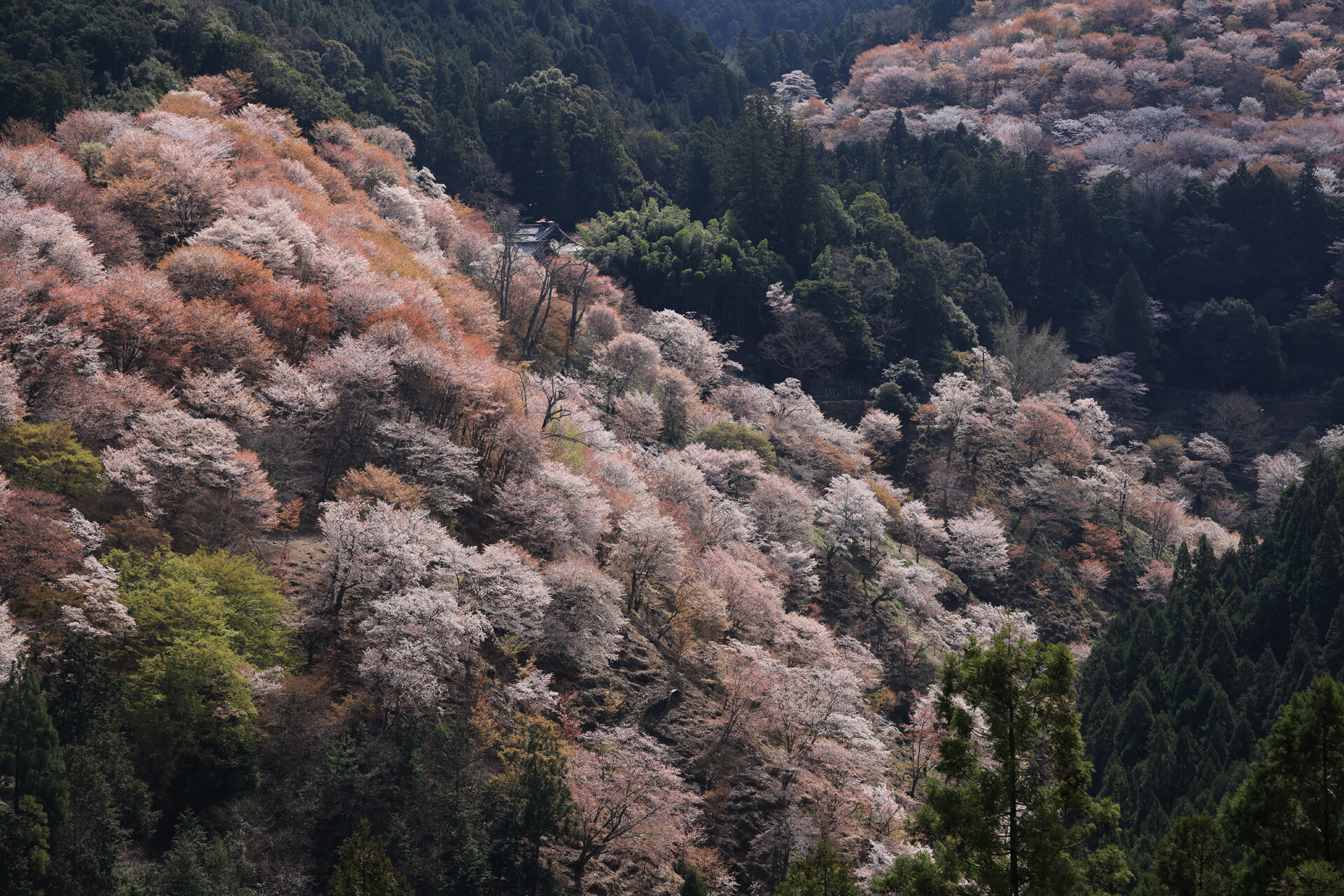
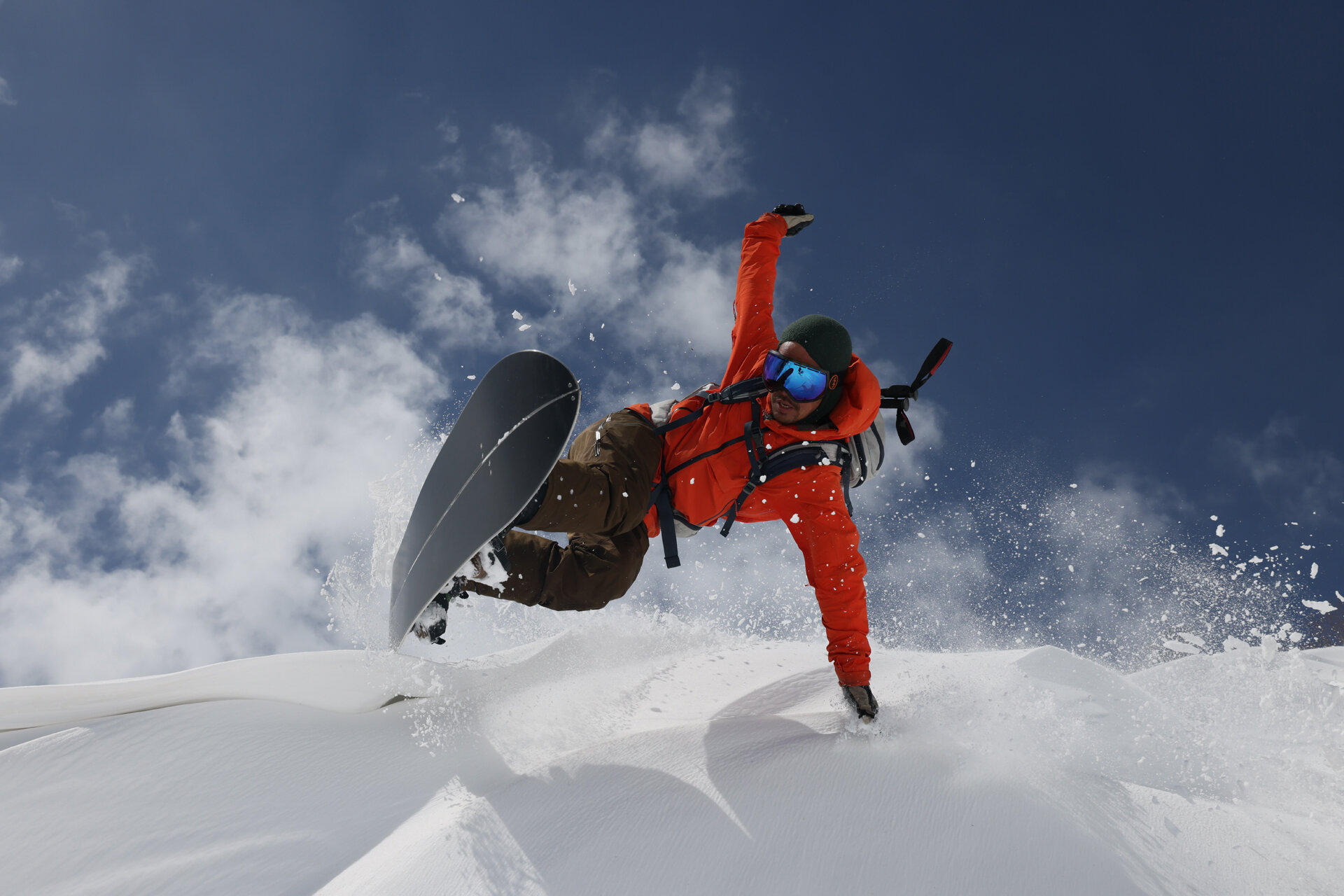
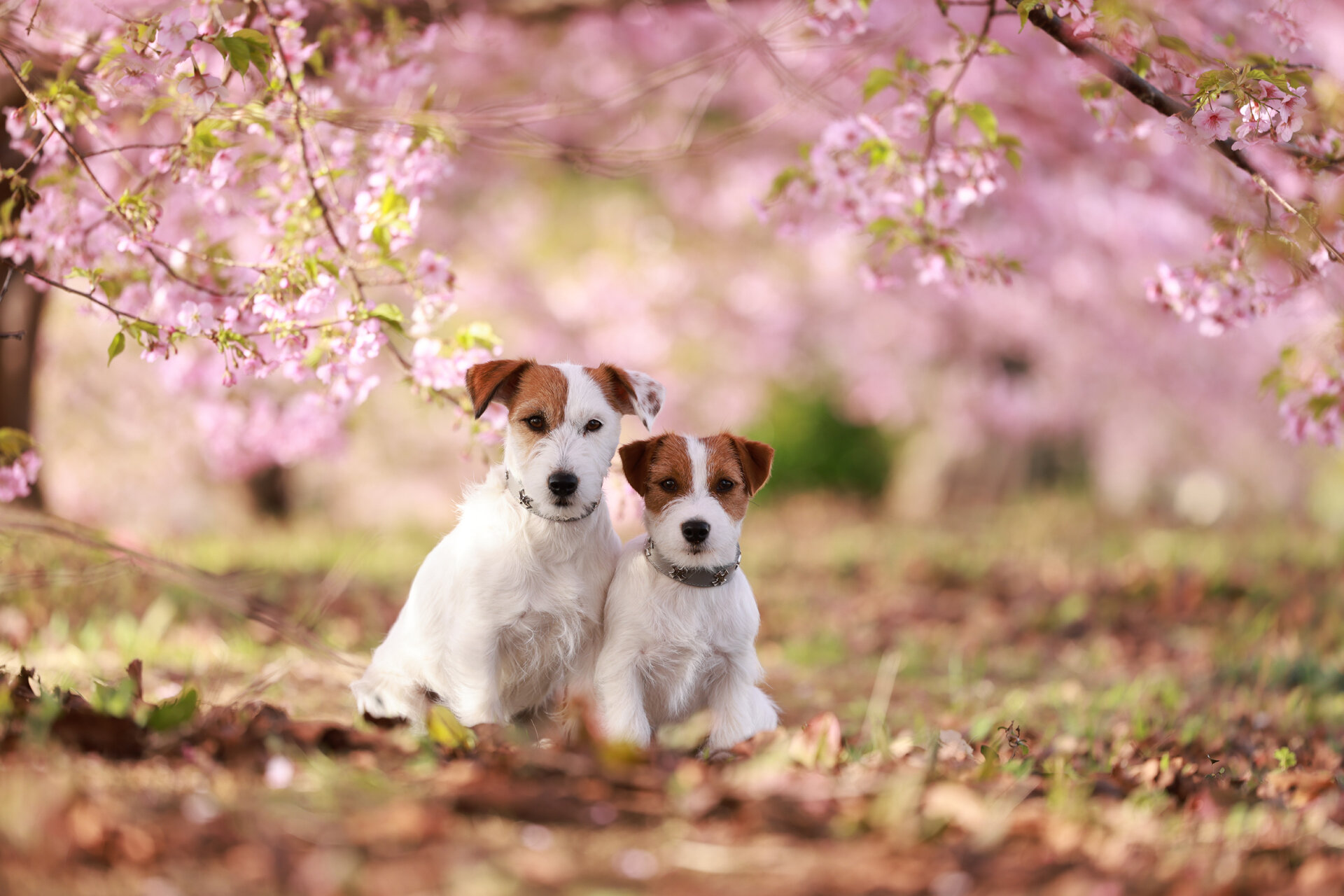
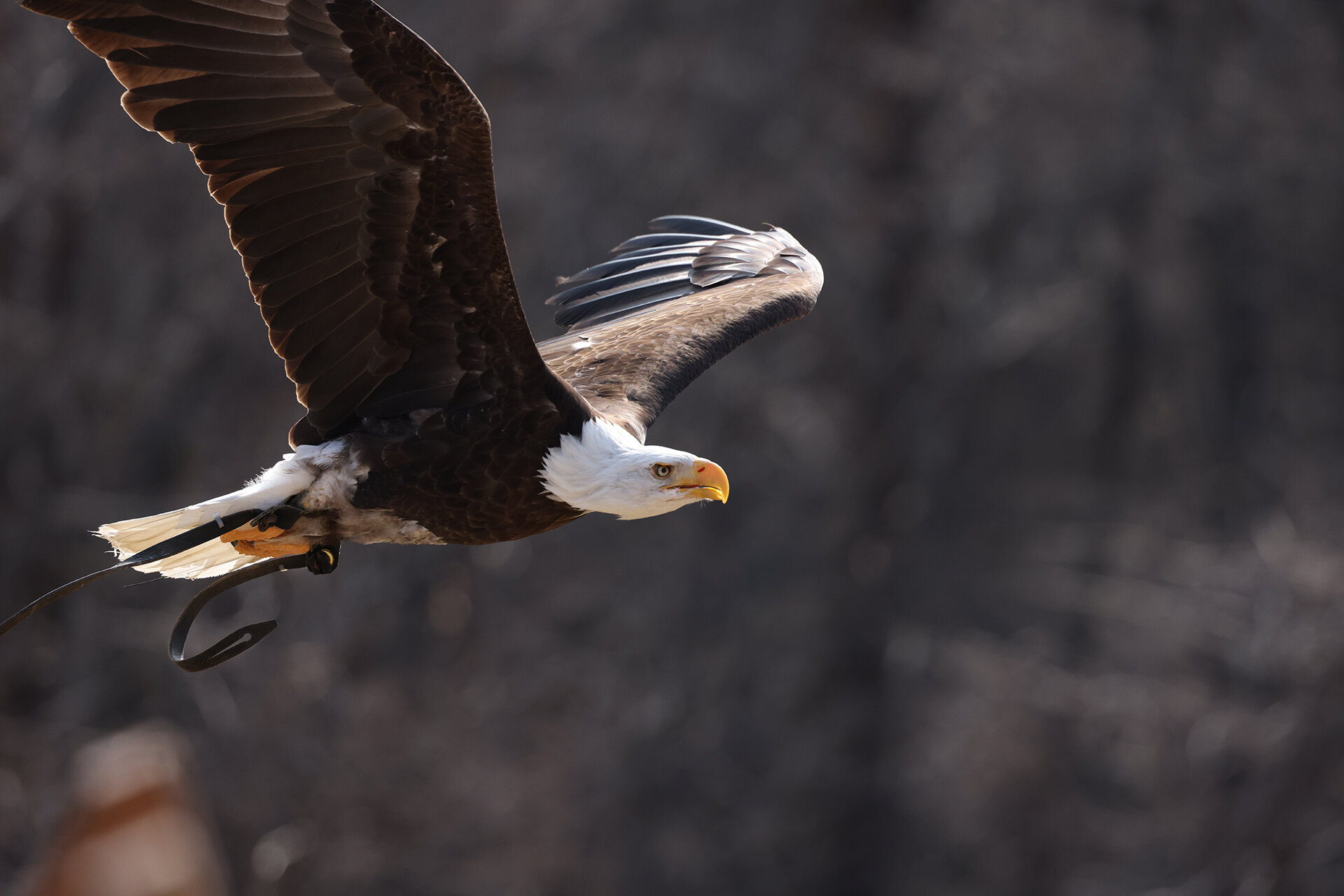
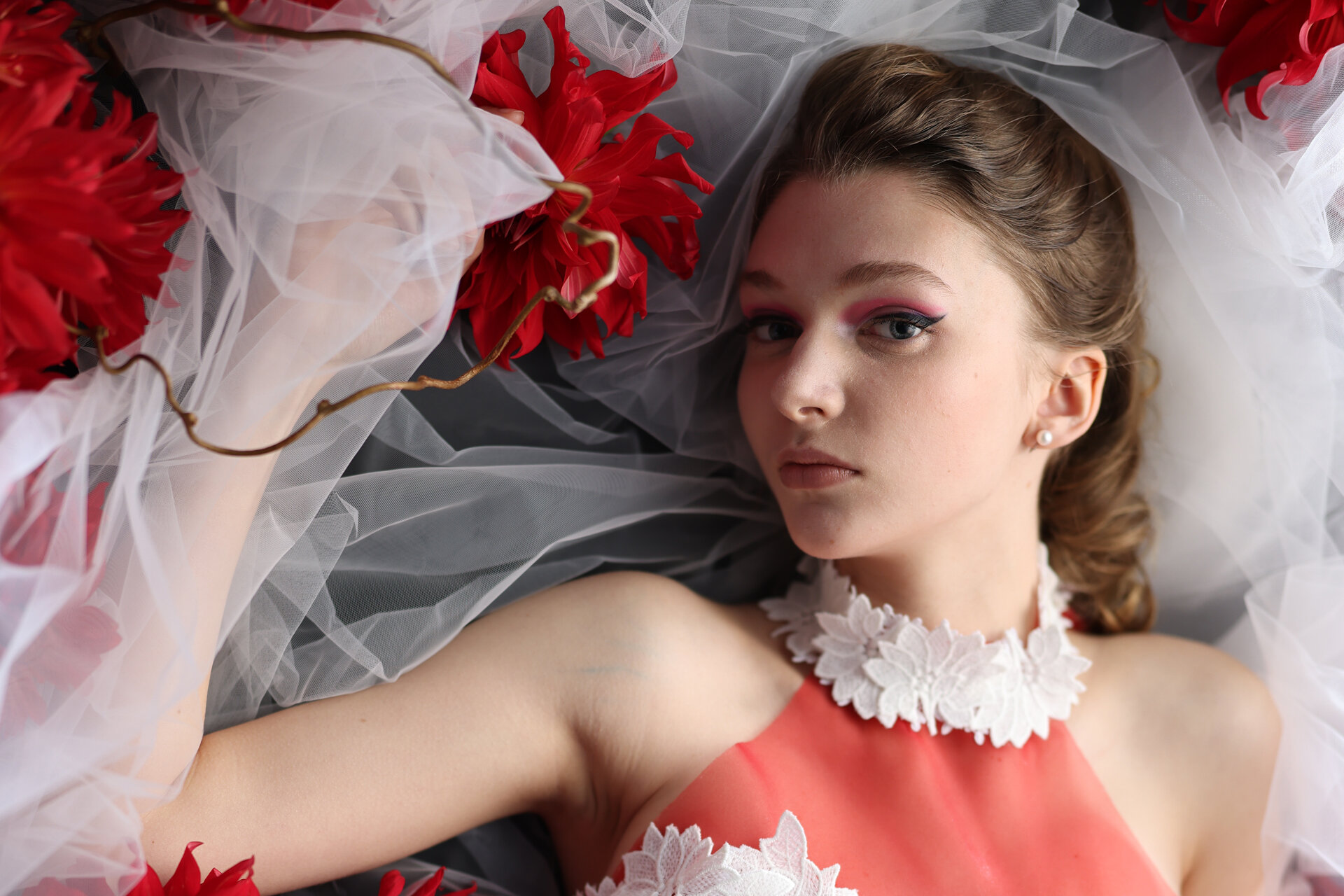
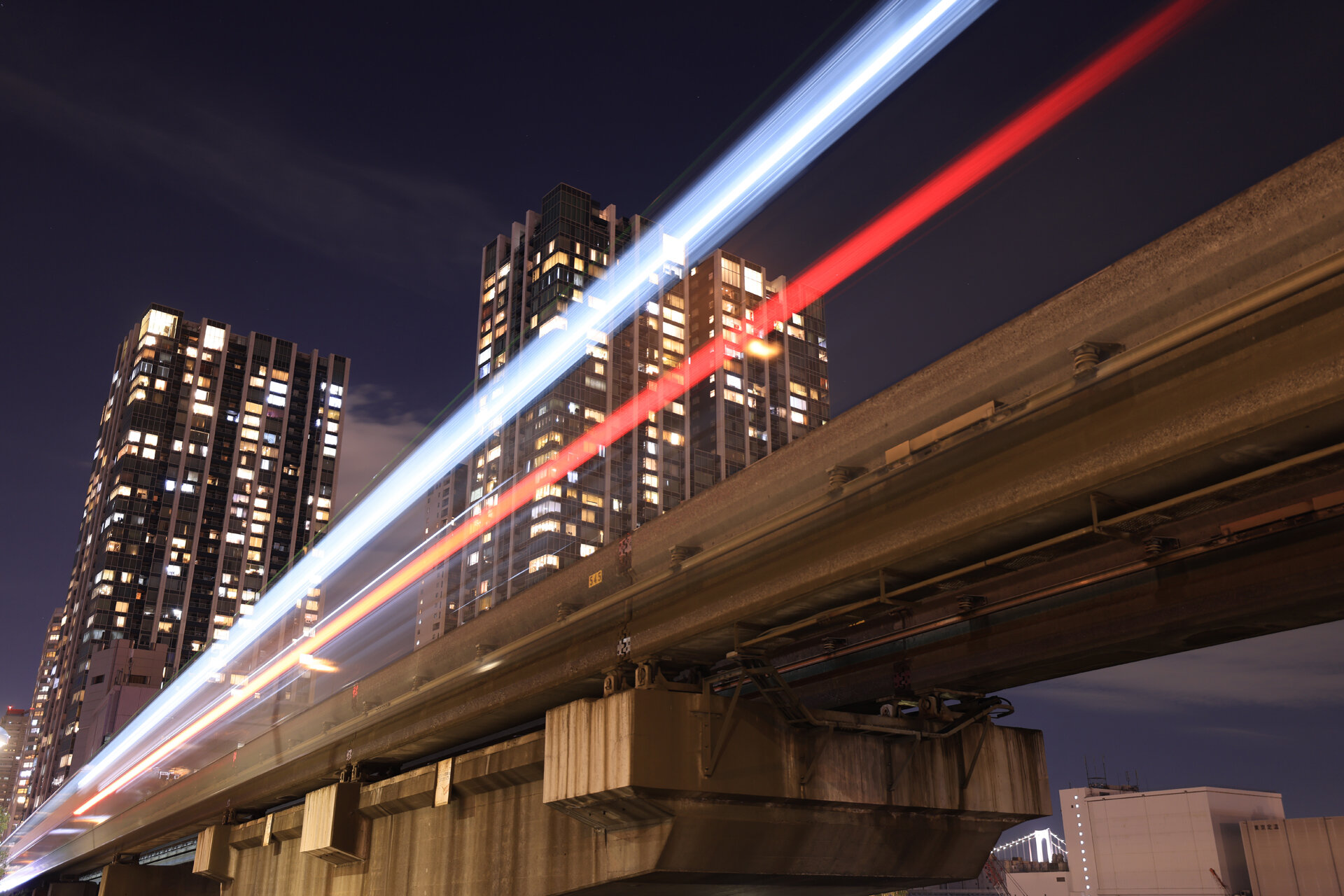
My Thoughts
These are my initial thoughts from being a long time canon user (over 20 years) , having used all versions of the 5D from the original to the 5D IV and having watched the launch event, watched and read several YouTube Videos and blogs from those who have used the pre production camera are as follows.
With the launch of the Canon R5 Canon is now broadly technologically on Par with the likes of Sony, Leica, Panasonic and Nikon. All of the tech and features listed above means that Canon users are no longer left short changed in the features department.
With respect to video the 8K DCI 30 FPS and 4K 120 FPS allows hybrid shooters to access high end tech in a compact body.But what remains to be seen is how well the R5 is going to be able to handle the overheating issues form the 8K and 4K operation and whether filmmakers will be able to take advantage of the tech in meaningful ways. I am going to hold my opinion on this till I see the results of further tests by filmmakers.
Canon has been very silent regarding the Dynamic Range and overall image quality of the files files from the R5. As a photographer who primarily shoots Travel, Landscape and Fine Art Images this is an area of utmost importance for me. I hope to get my hands on a demo camera and do some real world testing and then make up my mind about the camera.
To summarise I feel Canon is finally moving in the direction required by users. I hope this camera really is what it promises to be.
Panasonic Lumix S1 R and 70-200mm F4 Lens Short Term Review
Its been about a year since I wrote about my initial impressions of Panasonic’s first high resolution full frame mirrorless camera and its sibling the lower resolution yielding S1.
The cameras are now in stock with dealers here in India and the cameras have started selling in limited numbers to discerning photographers.
Thanks to the good folks at Foto Trade and Panasonic India I was able to get my hands on the S1R and a 70-200MM F4 lens to try out and review.
Panasonic Lumix S1 R and S PRO 70-200mm f4 lens
LUMIX S1R Camera Body
Price and Specs
INR 2,99,000 /USD $3,697.99 Body Only
INR 3,60,000/ USD $4,597.99 kit with 24-105 F4 Lens
47.3MP Full-Frame MOS Sensor
5.76m-Dot 0.78x-Magnification OLED LVF
3.2" 2.1m-Dot Triaxial Tilt Touchscreen
UHD 4K60 Video Recording
ISO 100-25600, Up to 9 fps Shooting
Contrast-Detect 225-Area DFD AF System
Image StabilizationSensor-Shift, 5-Way
Weather-Sealed Construction
187MP High-Res Mode,
XQD & SD Slots
L- Mount
Its been about a year since I wrote about my initial impressions of Panasonic’s first high resolution full frame mirrorless camera and its sibling the lower resolution yielding S1.
The cameras are now in stock with dealers here in India and the cameras have started selling in limited numbers to discerning photographers.
Thanks to the good folks at Foto Trade my preferred camera store in Chennai and Panasonic India I was able to get my hands on the S1R and a 70-200MM F4 lens to try out and review. I have been on the lookout for kit to replace an integral part of my Landscape Photography Kit, the Canon 5DS-R ,Canon 70-200mm f2.8 L IS II and Canon 17-40mm f4 L Lenses which I sold in anticipation of newer and improved mirrorless offerings either from Canon or Panasonic.
I must admit the Panasonic S1R and the S PRO lenses have been on top of my shortlist ever since they have been launched. The camera seems to be exactly what I need for my landscape photography work in terms of its specs and performance based on initial reviews. That and the fact that Canon still has not come up with an offering with high resolution and class leading dynamic range as of this writing ha me looking at other brands for a solution.
Therefore when I was offered an opportunity to review the S1R body and the 70-200 f4 S Pro lens I was quick to take it up.
I have been putting the camera and lens though some basic travel and landscape type shoots. I have been exploring the menu system and settings including the bluetooth and wifi functions on the camera. I have also downloaded the Lumix Sync App which allows us to transfer Jpegs from the camera to a smartphone, tablet or PC. The App also allows for remote shooting with the camera.
After about a week of shooting with the camera in RAW and Jpeg modes and also studying the jpegs and RAW images and doing a bit of post processing with the images using Snapseed and Photoshop Express on my mobile and Lightroom and Capture One on my Mac these are my thoughts on the camera and lens.
The Grip is nice and deep on the S1 R and suits my medium sized hand. The dials and buttons are well laid out.
Build and Ergonomics 8/10
The first thing that one notices when you pick up the camera is the size and weight. For a mirrorless camera its unusually big compared to say the SONY A7 series or the Canon EOS R. It feels more like a Full Frame DSLR. The camera feels solidly built and well balanced . The grip is nice and deep ,almost excessively so.I have fairly big hands and but I could still not cover the entire grip. People with smaller hands might feel a little overwhelmed but for me it’s a minor factor.
The S1 R body and the S pro 70-200mm f4 are built solid for long term professional use.
I really like the layout of the buttons and dials except maybe the position of the on/off switch. The layout will feel familiar to owners of Canon and Nikon Full frame DSLRs as Panasonic seems to have learnt from the well developed and proven ergonomics of those Brands’ professional offerings.
The Menu system is also well laid out . The menu visibility on the rear LCD and the EVF is very good . You can pretty much make any change without taking your eye of the viewfinder. But due to the sheer volume of adjustments an customisation possible there will be a learning curve to get the best out of the camera.
The Camera Body is weather sealed so you don’t have to stop shooting in dust or wet conditions.
Autofocus Performance 7/10
AF Fail in this situation where the background grass and the flower in foreground were about the same in terms of tone.
The Autofocus performance has been OK. Not great. It works well enough in most situations like most modern cameras do. But its not on par with the Canon 5D Mark IV . It definitely not in the same league as cameras like the SONY A7R IV or A9.
AF WORKED IN THIS SEQUENCE OF THREE PHOTOS OF A MOVING SUBJECT.
AF WORKED IN THIS SEQUENCE OF THREE PHOTOS OF A MOVING SUBJECT.
AF WORKED IN THIS SEQUENCE OF THREE PHOTOS OF A MOVING SUBJECT.
For me AF is not so important as I mostly shoot landscapes and travel type of imagery which does not required fast AF.
The AF on this camera is also good enough for casual portraiture, static wedding and travel photography.
I would not recommend this camera if you’re planning to shoot high speed action, sports photography or even very dynamic fashion shoots.
EVF and Manual Focusing 8/10
The EVF on the SIR (and S1) is one of the highest resolution and quality available now. Having said that I still prefer the optical viewfinder.I found that viewing the EVF which is a mini screen does cause some amount of eye fatigue But the several benefits of having an optical viewfinder may actually outweigh the feeling of comfort of using an optical viewfinder. The ability to see actual exposure level, histogram and ability to view the settings menu right within the EVF makes life very useful. A longer use of this camera will be needed to confirm that. The reason I didn’t give the manual focusing of this camera a higher score is I really struggled to focus on the moon while trying to shoot a closeup of a full moon.
Lumix S1 R and S PRO 70-200 FF. 1/160 sec at f 5.6. ISO 640
Image Quality. 8/10
The images straight out of camera have a nice subtle colour pallette.
The camera has 9 photo styles suitable for still photography and a few more suited for video.
[Standard]The standard setting. [Vivid]A setting that produces a more vivid quality with higher saturation and contrast. [Natural] A setting that produces a softer quality with lower contrast. [Flat] A setting that produces a flatter image quality with lower saturation and contrast. [Landscape] A setting suited for sceneries with vivid blue skies and greens. [Portrait] A setting suited for portraits with a healthy and beautiful skin tone. [Monochrome] A monochrome setting with no color shades. [L.Monochrome] A black-and-white setting with rich gradation and crisp black accents. [L.Monochrome D] A monochrome setting that creates a dynamic impression with enhanced highlights and shadows.
S1 R + s pro 70-200 f4 at 200mm. 1/640 sec at f5.6. ISO 640. JPEG straight from camera resized in Lightroom.
I preferred the VIVID shooting style which has a higher default contrast and saturation level rendering images more punchy which is how I like my landscape images . The rest of the modes including Landscape and Portrait modes produced more subtle colours. I suspect the dynamic range available for post processing may be higher in standard, natural and cineD shooting styles. This needs further study.
Dynamic Range and Shadow Recovery Ability
The S1R produces files with good depth and dynamic range. Here are a couple of JPEGs with the images straight out of camera and the shadow recovered images compared . I was not able to work with the RAW files as my version o Lightroom still didn’t recognise these file formats. But a future update should make that possible. I will post the results here once i’m able to do that.
Jpeg Straight Out of Camera
Jpeg after shadow and highlight recovery in Lightroom
High Dynamic Range Sunset Scene Jpeg straight from Camera
High Dynamic Range Sunset Scene Jpeg after post processing in Lightroom
Crop Shooting Modes
The SIR comes with the ability to shoot in different popular crop formats like 16:9, 2:3, 4:5 and 1:1 . With the high resolution of this sensor all crop formats give sufficient resolution to make decent sized prints.
Shot in 16:9 Crop Mode
Shot in 1:1 Square Crop Mode
Shot in 4:5 Crop Mode
Shot in 2:3 Crop Mode
Image Stabilisation 9/10
The S1R has one of the best IBIS systems currently available. It is a dual IS system ie it has in Body Image Stabilisation and Lens ISAccording to Panasonic it gives 5.5 stops of IS. I was able to shoot at a shutter speed of just 1/5 sec with good results at ISO 100 and f11 with the lens zoomed to 98mm. Typically id be shooting at shutter speed of 1/125 sec or more with my non IS Canon 5D 4 even with IS Lenses such as the 70-200 f2.8 L IS even though the lens has IS. Being able to shoot at such lower shutter speeds ia boon in situations that require aus to shoot with
Wireless Connectivity and Lumix Sync App 7/10
Installing the Sync App is easy. But registering the camera for the first time takes a few minutes. I also found that after a few transfers I needed to reregister the camera again to be able to transfer images from camera to phone. The bluetooth function seems to be used to only establish connection between the camera and phone and setup the wifi. The actual transfer happens over wifi direct transfer. The ease of setup and transfer is not bad but still not on par with Canons Camera Connect or Leica’s Fotos App.
The App also allows you to remotely shoot with the camera using live view which can be a useful feature in certain situations.
I wish all camera manufacturers stepped things up a notch and provide the ability to backup images directly to popularly used cloud services such as iCloud, google drive, Adobe etc This would make life so much easier.
Battery Life 7/10
On a full battery there was more than enough capacity to shoot for 2 -4 hours of shooting. The battery life is pretty good considered the EVF is in use while shooting and Rear LCD was being used for transferring images via the App. I found that the battery drained a bit more than on my 5D Mark 4 even when the camera was switched off . I would recommend at least having one spare battery for full day shoots and also to take the battery out of the camera when not in use.
Performance with EF Mount Lenses using SIGMA’s MC 21 Adaptor.
I tested the camera with my EF mount Zeiss Otus Lens and the MC 21 Adaptor. The Manual focusing tools available on this camera really made it very easy to shoot with my Zeiss Otus 55mm f1.4 I was bale to get The Eye is sharp focus consistently while shooting headshots even at f 1.4 .
Changing the Aperture on the lens felt a little rougher and noisier than on an EF Mount body. Also the ZIESS OTUS lens while mounted via the SIMGA MC 21 Adaptor had a little bit of play which was a little discomforting.
SAMPLE IMAGE GALLERY (JPEGS STRAIGHT FROM CAMERA)
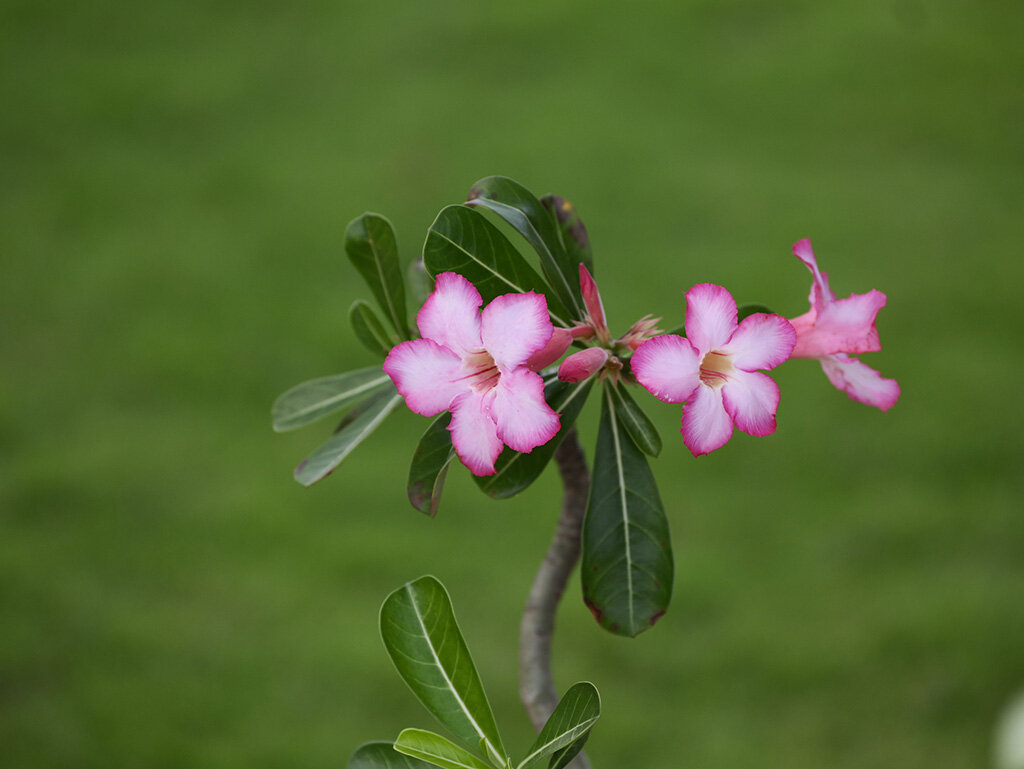
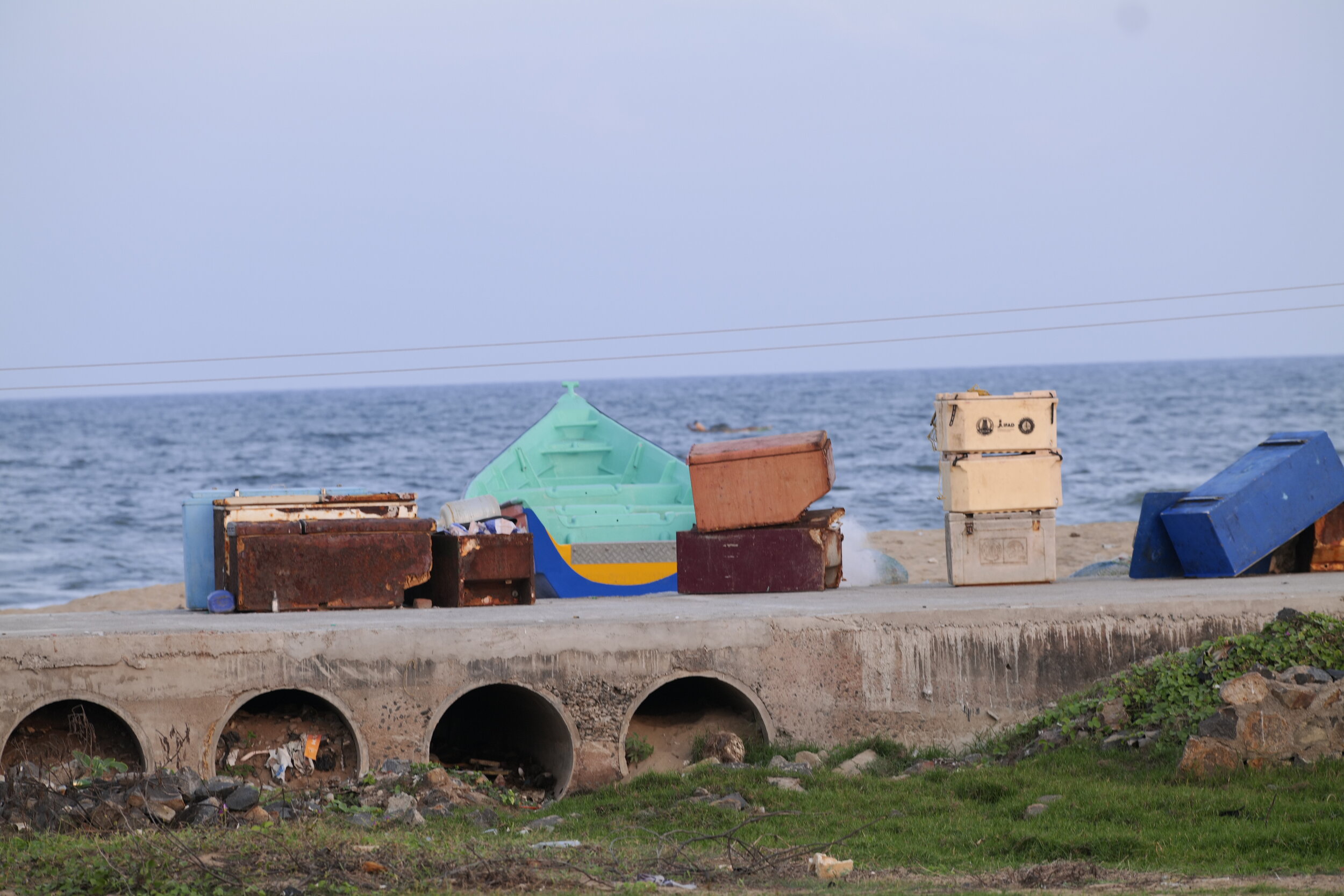
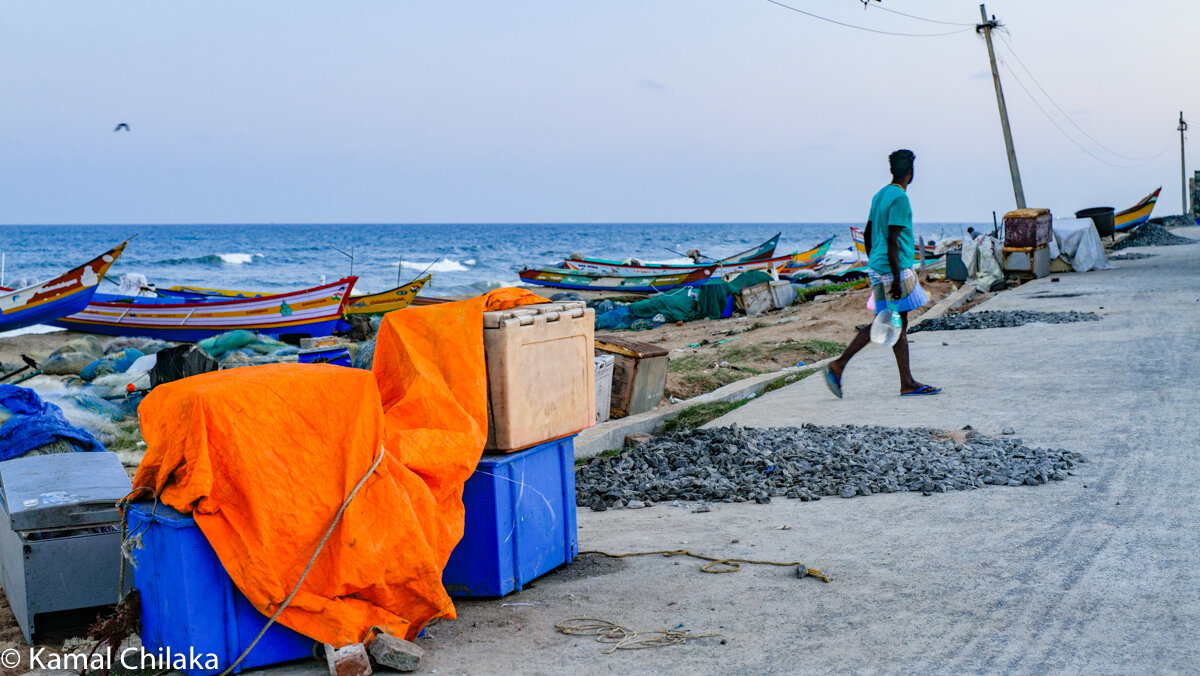

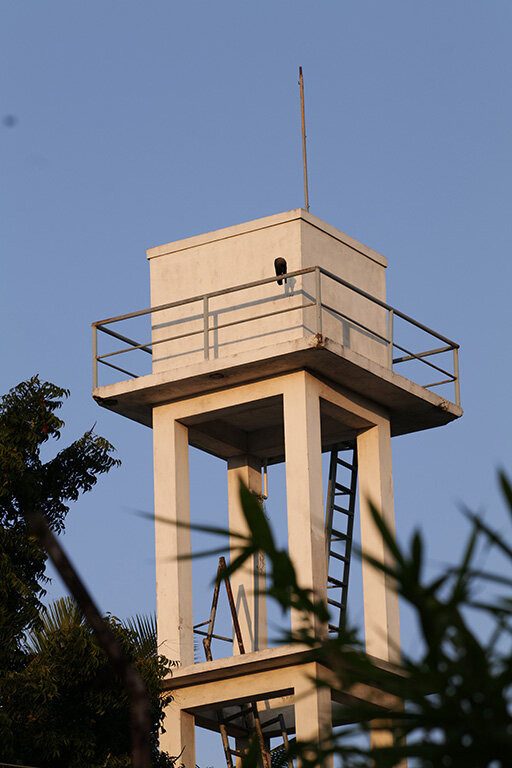
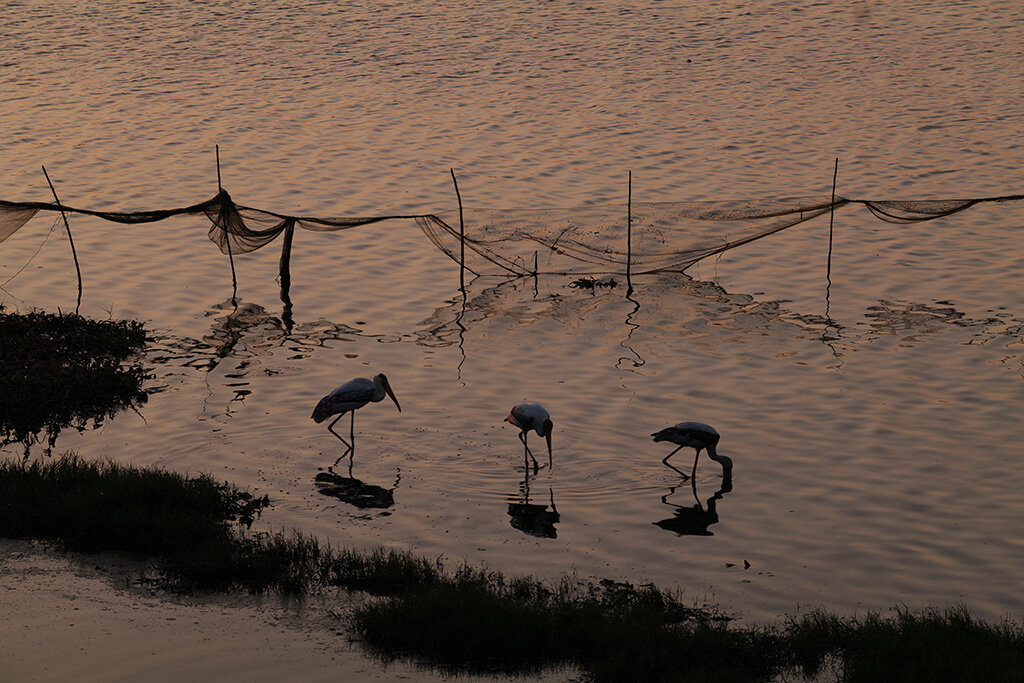
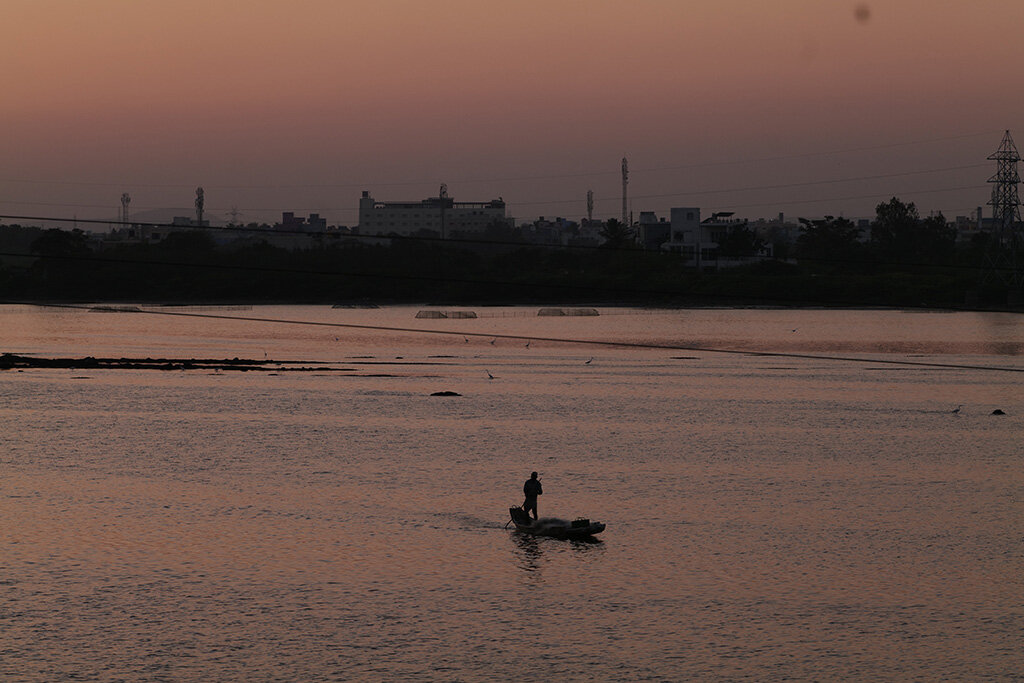
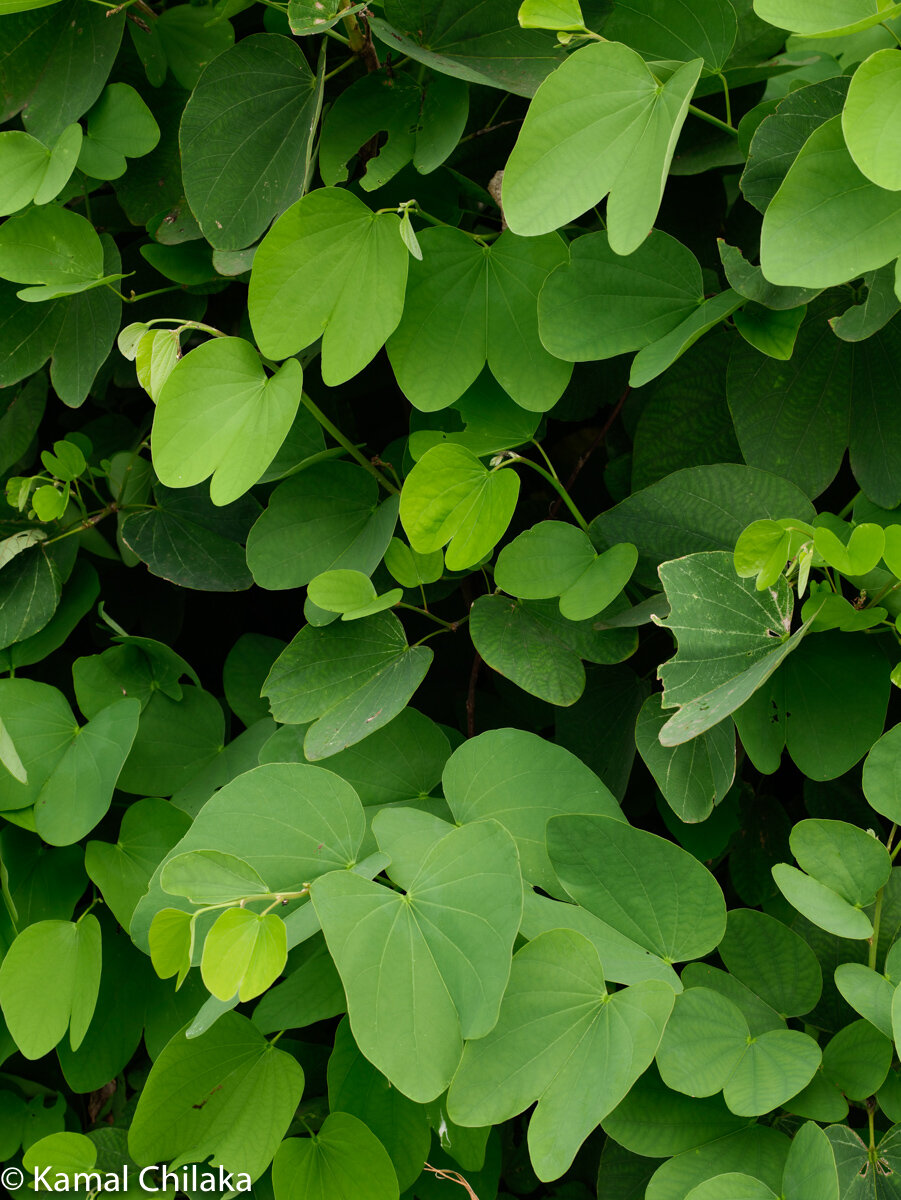
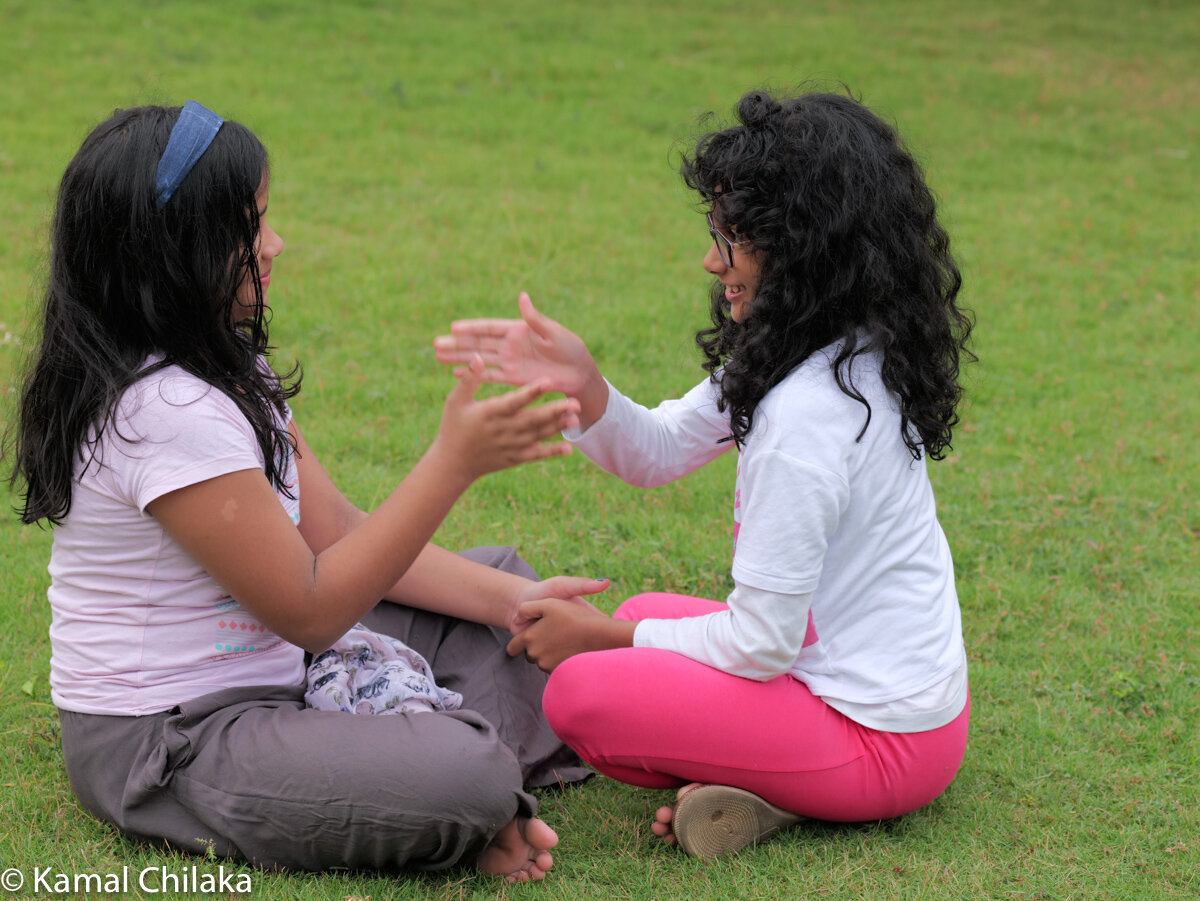
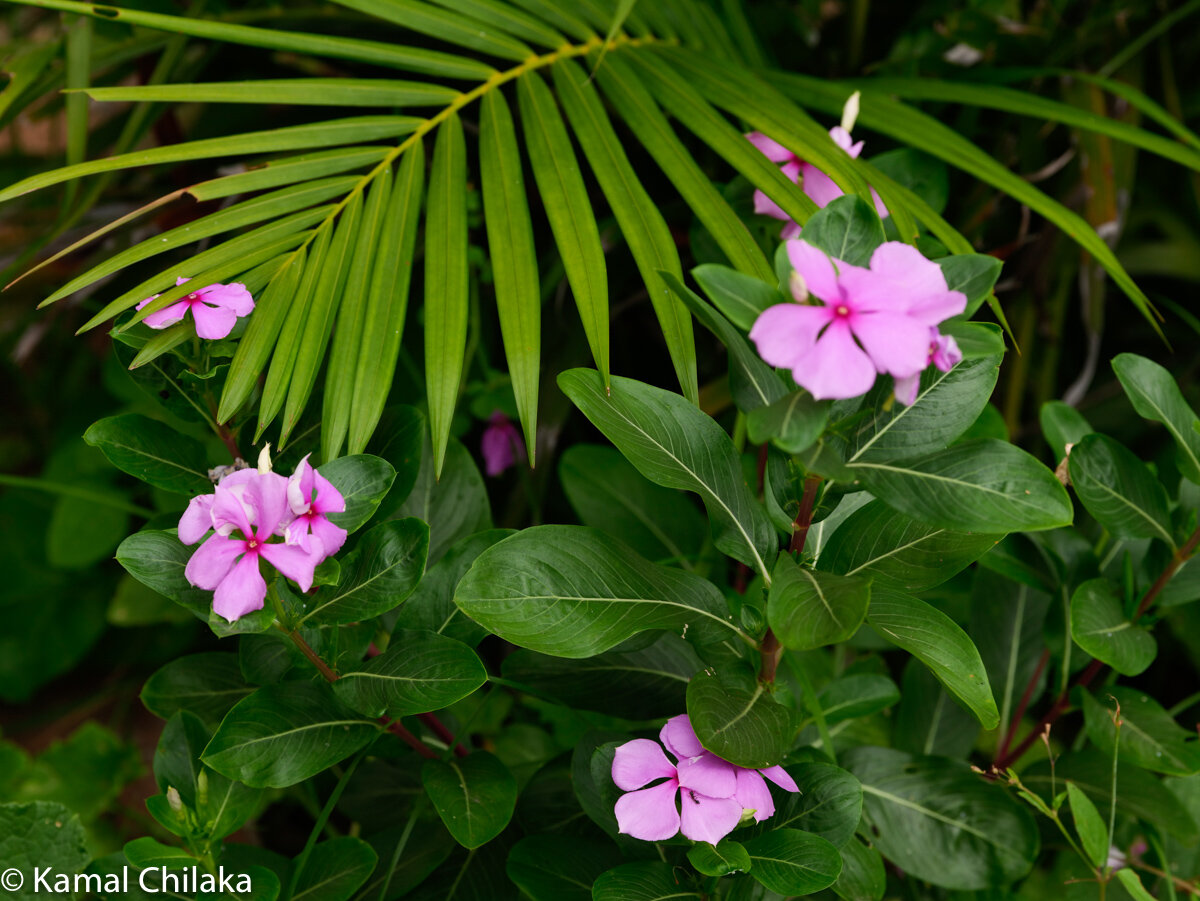
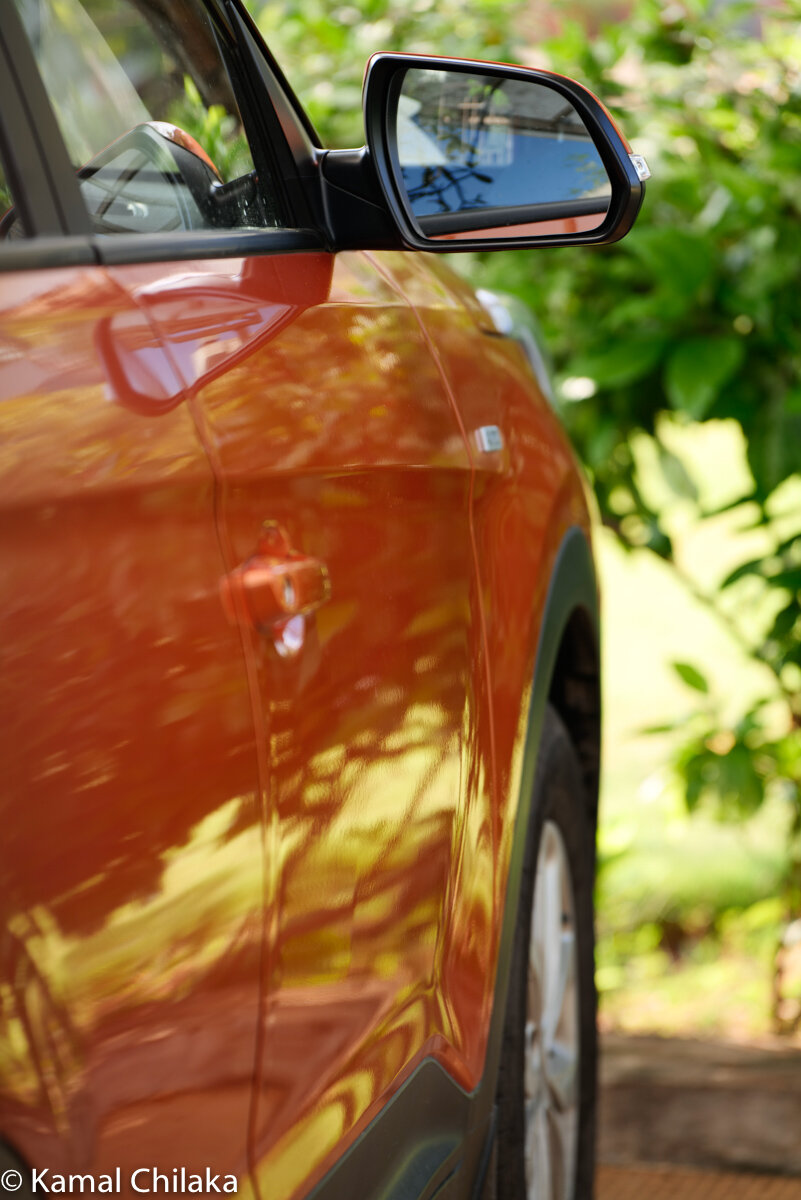
Lumix S1 PRO 70-200 F4 Lens
Focal Length - 70 to 200mm
Maximum Aperture. f/4
Minimum Aperture. f/22
Lens Mount. Leica L Format Compatibility
Full-Frame Angle of View. 34° to 12°.
Maximum Magnification. 0.25x
Minimum Focus Distance. 3.02' / 92 cm
Optical Design. 23 Elements in 17 GroupsDiaphragm Blades9, Rounded
Focus Type. Autofocus
Image Stabilization. Yes
Tripod CollarRemovable and RotatingFilter Size77 mm (Front)Dimensions (ø x L)3.32 x 7.05" / 84.4 x 179 mm
Weight 2.2 lb / 985 g
Full Image
zoomed crop to show the sharpness.
My Rating based on use in real world situations
Build Quality 9/10.
The lens built quality is solid. Similar to the Canon L lenses. A little heavier than the equivalent Canon 70-200 f4 L lens.
AF Speed and Consistency 7/10
Bokeh 7/10
Sharpness 8/10
Contrast and Colour Accuracy 9/10
Conclusion
Pros
Its a great first Iteration of Panasonics Full Frame Mirrorless High Res offering. I think this range is only going to get better from here. And even currently its a solid camera system with a huge growing line of lenses available from Leica, Panasonic and Sigma. It has a DSLR like build and ergonomics with all the pluses of a modern mirrorless system. The Colour Science is nice and subtle. The images have very good dynamic range. The body has two card slots which is great for professionals. the EVF is among the best available today. One can’t can’t go wrong buying this camera now and making it a part of your workflow.
Cons
The SIR is a solid camera for most situations except where consistent top of the line AF is required.
The Lumix Sync App needs be better.
It is a heavy camera and system even compared to DSLRs like the Canon 5D Mark 4 and Nikon D850.
Contact Foto Trade at +91 98407 00110/ 7358 568043
Fuji XT-3 Short Term Review
The Photographer’s search for the best camera gear is never done. As mirrorless technology and cameras develop there are now very good APS-C Cameras available. Specially from Fujifilm which has led the charge on development of APS-C cameras with their XT and XH range of cameras. The latest flagship APS-C camera from Fujifilm The X-T3 claims to improve in all aspects from the X-T2 which has already gotten great reviews from the supporters of smaller sensor cameras.
The Photographer’s search for the best camera gear is never done. As mirrorless technology and cameras develop there are now very good APS-C Cameras available. Specially from Fujifilm which has led the charge on development of APS-C cameras with their XT and XH range of cameras. The latest flagship APS-C camera from Fujifilm The X-T3 claims to improve in all aspects from the X-T2 which has already gotten great reviews from the supporters of smaller sensor cameras.
As I get older the idea of a smaller lighter camera system gets more and more attractive. So I decided to check out the XT3 camera and with the help of Foto Trade my local retailer I got hold of an X-T3 and couple of X lenses a. Fujifilm 18-55mm f/2.8-4 OIS and b. Fujifilm 23mm f/2 to test over a period of a week in real world situations.
FUJIFILM X-T3
Price Body Only : INDIA INR 1,00,000, SINGAPORE S$2,299, USA $1,399.00
Kit with 18-55mm f2.8-4.0 Lens : iNDIA INR 1,23,900.00 ,SINGAPORE S$2,899, USA $1,699.00
Specifications
Number of effective pixels 26.1 Megapixels
Image sensor. 23.5mm×15.6mm (APS-C) X-Trans CMOS 4 with primary color filter.
Sensor Cleaning system Ultra Sonic Vibration
Storage media SD memory card (-2GB) / SDHC memory card (-32GB) / SDXC memory card (-512GB)
UHS-I / UHS-II / Video Speed Class V90 *
1File formatStill image. JPEG (Exif Ver.2.3)*2, RAW : 14bit RAW(RAF original format), RAW+JPEG
Number of recorded pixels
L: (3:2) 6240 x 4160 / (16:9) 6240 x 3512 / (1:1) 4160 x 4160
M: (3:2) 4416 x 2944 / (16:9) 4416 x 2488 / (1:1) 2944 x 2944
S: (3:2) 3120 x 2080 / (16:9) 3120 x 1760 / (1:1) 2080 x 2080
Lens mount. FUJIFILM X mount.
Sensitivity. Standard Output Sensitivity : AUTO1 / AUTO2 / AUTO3(up to ISO12800) / ISO160 to 12800(1/3 step). Extended output sensitivity : ISO80 /100 /125 / 25600 / 51200
Exposure control. TTL 256-zone metering, Multi / Spot / Average / Center Weighted
Exposure mode. P (Program AE) / A (Aperture Priority AE) / S (Shutter Speed Priority AE) / M (Manual Exposure)
Exposure compensation. -5.0EV - +5.0EV, 1/3EV step (movie recording : -2.0EV - +2.0EV)
Image Stabiliser Supported with OIS type lenses
Shutter type. Focal Plane Shutter.
Shutter speed
Mechanical Shutter. P mode: 4sec. to 1/8000sec. A mode: 30sec. to 1/8000sec. S/M mode: 15min. to 1/8000sec. Bulb mode: up to 60min.
Electronic Shutter*3P mode: 4sec. to 1/32000sec. A mode: 30sec. to 1/32000sec. S/M mode: 15min. to 1/32000sec. Bulb mode: 1sec. Fixed.
For More Details Specs check out the Fujifilm website.
The Specs are impressive enough but is it any good to use? The Ergonomics and ease of control, Image Resolution and Quality ,low light performance are of utmost importance to me and to a lesser extend speed of operation too.
The Ergonomics
The camera is small even compared to full frame mirrorless cameras like the Sony A7 series or the Canon EOS R. But the grip on the camera is good and fits well in the hand. The weight is nicely balanced with the Lenses specially the kit 18-55.
The Layout of the buttons is typical Fujifilm with dedicated dials for Shutter Speed,ISO and Exposure compensation on the top plate of the camera. The lenses have aperture control rings. The dedicated dials and aperture rings provide ready access to the Exposure triangle of ISO, APERTURE and SHUTTER SPEED without having the need to press any additional buttons or dials or getting into the menu system. The Menu system took me a little getting used to but it seems to be laid out well enough but nothing path breaking like the Hasselblad X1D or Leica SL.
The rear screen is a tilting type screen and does not flip out completely like some the ones on the Canon EOS R.
The one thing I didn’t like is the shutter sound which sounds artificial and just didn’t give me the satisfaction of using a DSLR in that aspect.
Image Sharpness, Resolution and Quality
Once I got used to the controls and menu layout I started shooting a variety of subjects in varied light conditions in and around my home.
Post shooting I imported the images into the latest version of Adobe Lightroom Classic to inspect and review the images. I primarily shot in RAW mode but shot a few images in JPEG as well so how they turned out.
See the sample images below
I loved the fact that shooting in RAW gave me the option to change the image to any of the Fujifilm Film presets such as Provia and Velvia available in-camera even in post. That is definitely one of the biggest draws for the Fujifilm cameras
The Lenses
The XF 23mm f 2.0 WR Lens
This is a very compact 23mm (36.8 mm full frame equivalent) lens. Its size is similar to that of Leica M Lenses. It is available in black and silver colours. I decided to try this lens out instead of the faster more expensive 23mm f 1.4 . That review will come at a later date.
Shot using XF 23 mm f 2.0 wide open. The camera and lens combination did pretty well in a backlit situation. But I was shooting with auto ISO setting and at ISO 800 which this image was taken there was a fair bit of noise compared to my 5D Mark iv. The nose was comparable to the noise that my Canon 5D mark iv produces at ISO 3200. The noise has a film grain though and it went away with a little bit of NR in Lightroom.
Shot using XF 23mm F2 R WR lens at f2.0 and 1/60 sec. The focus was fixed on the chair and when zoomed in i could see a lot of detail in the fabric. And the out of cows area was fairly smooth.
shot using XF 23mm f2 at f2.0 and 1/180 sec I feel the camera does well when the light levels are good. The camera set an ISO of 400 for this image as there was a lot of light coming from a window directly in front of subject. image has only a slight hint of noise at ISO 400.
2. 18-55mm f/2.8-4 OIS black
Shot on Fujifilm XT-3 with 18-55mm f 2.8-4.0 lens at 55mm f 6.4 and 1/80 sec unedited . The Leaf is focus and due to the small aperture even the texture of the road is sharp. This image is a 144 dpi jpeg of the original RAW image.
In the slideshow above the images were shot at focal lengths of 18mm 28mm 35mm and 55mm. As you can see the zoom range is quite useful(roughly 28mm to 88mm full frame equivalent).
In the image below I shot this scene at 55mm but the Egrets were still too small to see clearly. When I zoomed in and cropped there was still a lot of detail in the image.
shot using the XF 18-55mm f2.8-4.0 LM OIS Lens using ACROS V2 Simulation preset. I love the film simulations built into fujifilm cameras . Velvia and ACROSS are probably my favourites.
shot using XF 18-55mm lens at f 9.0 and 1/750 sec and edited in Lightroom to lift shadows . When i shot this scene which had a very wide dynamic range i had to ensure the highlights weren’t over exposed. But when i tried retrieving the details in the shadows in Lightroom there was an unnatural white appearing in the shadow areas.
Shot using Velvia Simulation.
Conclusion : i’m still on the wall regarding this camera. There are a lot of things going in its favour such as Ergonomics, weight , the good lenses from fuji and the built in film simulations. But with regards to ultimate image quality, noise in shadows etc i’m not convinced based on the short time i spent with the camera. Will need need to do a longer test before I can decide i want to buy into this camera system or not.
The RAF (FUJI RAW) Files seem to hold much more detail , dynamic and sharpness than the JPEGs which is the case with all cameras but here i found the JPEGs had good colour but bot the expected dynamic range.
I can see it being a nice walk about camera for casual reportage, shooting images for blog and during holidays and family portraits etc but for the type of work i do i think will have to stick with full frame and medium format for the time being.
Panasonic Lumix S1 and S1R - Mirrorless has finally matured!
One of the most interesting announcements at Photokina 2018 was by Panasonic when they announced the S1 and S1R Full Frame Mirrorless Cameras.Now after months of teasing and rumours the cameras are now ready for preorder and according to Panasonic will be ready for shipping by the end of March 2019.
These are my initial impressions on the Cameras based on the specs, images and videos I have seen on the web. I will come out with a proper review once i’ve had a chance to shoot with the camera.
I am truly excited about this camera specially the S1R. More so than any other mirrorless camera that have been announced over the last year or so.
Panasonic S1 and S1R Pro Level Full Frame Mirrorless Cameras with Leica L Mount
One of the most interesting announcements at Photokina 2018 was by Panasonic when they announced the S1 and S1R Full Frame Mirrorless Cameras.
Now after months of teasing and rumours the cameras are now ready for preorder and according to Panasonic will be ready for shipping by the end of March 2019.
Here are the Specs and Pricing in the USA. I am yet to receive the India and Singapore Pricing.
Panasonic Lumix S1
24.2MP Full-Frame MOS Sensor
$ 2,497.99 Body Only
$ 3,397.99 kit with 24-105 F4 Lens
5.76m-Dot 0.78x-Magnification OLED LVF
3.2" 2.1m-Dot Triaxial Tilt Touchscreen
UHD 4K60 Video; HDR and 10-Bit Recording
ISO 100-51200, Up to 9 fps Shooting
Contrast-Detect 225-Area DFD AF System
Sensor-Shift Image Stabilization
Weather-Sealed Construction
Memory Card Type :
XQD& SD
Image StabilizationSensor-Shift, 5-Way
96 MP High-Res Mode
L- Mount
Panasonic Lumix S1 R
47.3MP Full-Frame MOS Sensor
$ 3,697.99 Body Only
$ 4,597.99 kit with 24-105 F4 Lens
5.76m-Dot 0.78x-Magnification OLED LVF
3.2" 2.1m-Dot Triaxial Tilt Touchscreen
UHD 4K60 Video Recording
ISO 100-25600, Up to 9 fps Shooting
Contrast-Detect 225-Area DFD AF System
Image StabilizationSensor-Shift, 5-Way
Weather-Sealed Construction
187MP High-Res Mode,
XQD & SD Slots
L- Mount
These are my initial impressions on the Cameras based on the specs, images and videos I have seen on the web. I will come out with a proper review once i’ve had a chance to shoot with the camera.
I am truly excited about this camera specially the S1R. More so than any other mirrorless camera that have been announced over the last year or so.
The Bodies
Heres what I like about the cameras. The Camera body design looks solid with proper grip and size akin to that of a pro level DSLR.Both cameras are weather sealed. They have two card slots which is on Par for pro level cameras. The ergonomics and button layout seems to be well thought out and seems to be a mix of the best features from all the currently available cameras. From what I've seen the menu layout and design is clear and intuitive. All these are very important for the serious photographer who will be spending a lot of time shooting with the camera.
The 47 MP Resolution of the S1R is along the lines of the Nikon Z7 and the Sony A7RIII. Way more that the Canon EOS R which has a 30 MP sensor. That for me makes it ideal for shooting Landscapes and studio work and any other application where high resolution is required . At 9 frames per second its not slouch in the fps department.
The S1 with a 24 MP sensor with better low light performance and video features seems to be aimed at the Hybrid shooters who need both good still and video capabilities.
As a Landscape and Travel photographer who regularly prints and exhibits in large format I am particularly interested in the S1R with its high resolution sensor. I am curious to check out the High Dynamic Range and High Resolution Modes available in the S1R.
The Lens Ecosystem
First three lenses for the Panasonic S system
Panasonic is releasing three lenses along with the bodies to start with and have announced that they will have a number of lenses available by 2020. Being an L Mount camera the S1 and S1R can work with the entire range of Leica SL lenses. So if you have deep pockets that is the way to go. Further Sigma has announced they will be bringing out L mount version of their entire Art Line of lenses . So in a fairly short amount of time there will be a huge selection of Lenses available for this system to suit all budgets. That in theory makes this system a formidable and possibly class leading FF Mirrorless systems.
Leica L Mount Lenses..
Sigma Art Line coming soon for L Mount
To Summarise the S1 and S1R look like excellent options for the modern photographer. The S1R is the type camera I always hoped that Canon would release. But so far Canon has disappointed. Now I am hoping Sigma or other 3rd party manufacturer will release a quality adapter that will allow me to adapt my EF lenses to this camera. I look forward to testing these cameras so I can decide whether to invest in this system.
For photographers who are looking to build a new mirrorless system from scratch the Panasonic Lumix S1 and S1 R should be on the top of your shortlist.
My Thoughts on the Canon EOS R and RF Lenses - Canon's Foray into Full Frame Mirrorless
But the specs of the EOS R were definitely disappointing for me. After such a delayed entry into full frame Canon released a camera with specs inferior to even the 3 year old 5D Mark 4. So this seemed to be aimed at the 6D users. Why? The camera just isn’t interesting enough to look at as an upgrade from either of my current cameras. So now the wait and search continues for alternate camera systems.
This is not a detailed review of the camera and lenses but rather my opinion having handled the camera briefly at a dealership and having poured through the specs and the numerous reviews and feedback from actual users that I have seen on the web.
The Camera
As a Loyal Canon DSLR user for about 20 Years now I have been eagerly waiting for Canon to release their full frame Mirrorless offerings. I have been watching the progress of companies such as Sony and Leica with their full frame and Fuji and Hasselblad with their Medium Format mirrorless offerings and felt that mirrorless has matured to the extent that it makes sense for serious amateurs and even professionals to move to mirrorless due to the unique features and advantages they provide such as Focus Peaking, lighter weight, more compact size, high res EVFs etc.
Given the backdrop of offerings from above mentioned companies and also the newly announced Z6 and Z7 cameras from Nikon and also having owned and used the Canon 5DS-R and 5D Mark iv for a few years now my expectations from Canon was reasonably high. I was looking for a capable upgrade to the 5DS-R and 5D Mark iv. Ideally a camera that combined the best of what both my cameras offered and some more in terms of the latest sensors and mirrorless technology. I was hoping for a camera that had had 50 Megapixels or more and a class leading dynamic range with low noise at high ISOs. I don’t shoot much video and am quite happy with HD Video so video features weren’t so important for me.
But the specs of the EOS R were definitely disappointing for me. After such a delayed entry into full frame Canon released a camera with specs inferior to even the 3 year old 5D Mark 4. So this seemed to be aimed at the 6D users. Why? The camera just isn’t interesting enough to look at as an upgrade from either of my current cameras. So now the wait and search continues for alternate camera systems.
You can view the full specs here
The Lenses
Canon seems to be on the right track with the new lens RF Lens range . The RF 24-105 f4 seems to be a great kit lens with all around abilities. The other lenses in the lineup also seems to be of very high quality albeit a little expensive. Now I just hope that Canon brings out higher resolving cameras with good dynamic range soon to match the new lenses.
Canon 5D Mark 4 initial impressions
Quick Facts
MRP : INR 2,54,998
Retail : INR 2,20,000
Date introduced : September 2016
Maximum format size : 35mm full frame
Sensor and Resolution : CMOS 30.4 Megapixels
Lens Compatibility : Canon EF Mount
The CANON 5D MARK IV..one of the most awaited cameras by Canon users who were looking to upgrade from the venerable but aging 5D Mark iii was finally released in September 2016. I had my very own piece in hand by October when it was became available in India. Canon has done a great job of improving the handling and functionality while still keeping the layouts and menus familiar to 5D III users.
Build Quality 8/10
Build Quality is good and consistent with the trend set by its predecessors in the 5D Series. It is noticeably lighter than the 5D Mark iii and that is a welcome improvement. The weather sealing has been upgraded to make it more of an all weather companion.
Ergonomics 8/10
If you are already familiar with the 5D,5D Mark ii or 5D Mark iii then this camera will feel familiar to you. Even otherwise I think Canon has got its camera ergonomics down pat and a user can quickly get comfortable with the layout of the controls. There are a few additional ,tweaks compared to the mark iii but one get can used to them pretty quick. The Menu has expanded further with more options for tuning the setting as per your needs but will increase the learning curve for those new to a professional full frame camera. A good book or class for orientation of this camera would be useful to cut short the learning curve and getting the most out of the camera which has a lot to offer.
Features
- New 30.4MP CMOS full-frame sensor with Dual Pixel AF
- DCI 4K 30/24p video using Motion JPEG + 4K Frame Grab
- 61-point AF system with 41 cross-type sensors (center point sensitive to -3 EV)
- Dual Pixel AF (sensitive to -4EV) for continuous Servo AF in stills (first for a full-frame Canon camera) and video
- ISO 100-32000 (expandable to 102400)
- 7 fps continuous shooting
- Dual Pixel Raw (image microadjustment, bokeh shift, ghosting reduction)
- 150,000-pixel RGB+IR metering sensor
- 1.62M-dot 3.2" full-time touchscreen
- Wi-Fi w/ NFC + GPS
- Built-in bulb timer interval timers
- Improved weather-sealing
Autofocus Performance 8/10
The 5D Mark iv has the Focusing system from the 1DX Mark 2. With 61 AF points of which 41 are cross type(meaning more compatible with slower lens/TC combinations) the 5D 4 should perform better than the 5D3 which was no slouch. I haven't had a chance to shoot too many moving subjects with this camera yet. Will have more details on that in my mid term review of the camera. For still subjects in normal light the AF is smooth and Fast.The low light performance is also quick and doesn't hunt as much as the 5D iii.
The Dual Pixel AF also means improved AF during video. More about this in my midterm review of the camera.
Burst Rate 7/10
The Burst rate has been increased to 7 Frames per second from 5 FPS for the 5D iii. This improvement makes the camera that much more viable for wildlife and action photography while still not being on par with a 7D mark ii or 1DX Mark ii or for that matter a D500 or D5 from the Nikon stable. Will be taking this camera out for some birds in flight photography and share my observation in the midterm review..
High ISO Performance 9/10
This is an area where this camera shines. It's high ISO performance is a marked improvement from the Mark iii and almost on par with the 1D Mark ii in this area. I have shot images at ISO 1000 which were as clean as the images shot at ISO 640 on the 5D Mark iii. I wouldn't hesitate to shoot at ISO 1600 or even ISO 3200 in some situations now. I haven't come close to pushing this camera to its limits in terms of high ISO performance but with some Astro photography in the plans should be able to really test this camera.
Image Quality 8/10
There are a number of parameters that can be used to define image quality. What I am referring to here is the look of the image which is largely determined by Colour Accuracy, Contrast, Resolution, focus accuracy. I still feel the benchmark for image quality are the Leica cameras. And the Hasselblad medium format image has the feel of film which has more feel and drama compared to any of the 35mm DSLRs and this is no exception. Landscape images need some tuning in Lightroom or other image editing software to get the best out of the scene. Portraits are neutral enough and the increased red in skin tones which was the bane of most canon DSLRs is not longer a problem. Will post some images straight out of camera here and you can make your own judgement.
Value for Money 9/10
I believe the 5D 4 represents good value for money considering all that it offers. Sure there are competitors that may outperform it in specific areas but the 5D4 is a terrific all rounder. Well built to last a long time and to bear the rigours of professional use. It does a lot of thing very well and for canon users who will be shooting primarily portraits, events, weddings, landscapes, astrophotography, this is the best overall choice available now.
Interested? Here is a link to shop for the camera.
Sample images
Canon 70-200 mm f2.8 L IS USM II Accomplished All rounder
Review of the professional's work horse the Canon 70-200mm f2.8 L IS II.
Quick Facts
MRP : INR 1,69,995
Retail : INR 1,42,000 - 1,55,000
Date introduced : April 2010
Maximum format size : 35mm full frame
Focal length : 70-200mm
35mm equivalent focal length (APS-C) : 112-320 mm
You know you have reached a certain level of ability with your photography when you start considering this lens as a possible part of your camera bag. Usually the first White L lens a Canon photographer will consider (along with the smaller slower sibling the 70-200 f4 L IS) after feeling the need to upgrade to a versatile professional quality telephoto zoom what ever may be the genre of photography one shoots be it wedding and event photography, portrait and fashion photography or even landscape and nature. This is a covetable piece of kit no doubt. It's off white finish, weight and build quality and price all state that you are photographer to be taken seriously
Focusing Performance 9/10
in AF mode the 70-200mm f2.8L IS II is very quick to acquire focus in normal available light situations and studio conditions. The Autofocus performance of this lens make it along with other big white telephotos in Canon's lineup the benchmark for AF Performance.
Sharpness 9/10
This lens produces sharp images even from wide open at f2.8. And not surprisingly is very sharp between f5.6 and f8.0 the sweet spot for most lenses. Stopping down beyond f11 does not given any increase in sharpness. The image contrast and colour rendition are also very good.
Bokeh 8/10
The wide f1.4 Aperture allows one to create smooth background blur(BOKEH) on a full frame camera. I find the bokeh to be mostly pleasing if not as smooth on as on the more expensive primes or zoom lenses in canon's lineup.On an APS-C camera it's performance is more more like that of f2.8 lens.
Build Quality 9/10
The 70-200 F2.8 L IS II is built solidly and designed for the rigours of professional use. Can't say the same for its plastic hood though. It can be little sticky to mount if dropped will scratch easily.
This is a big heavy lens specially when compared to the kit zooms like the 55-200 and 70-300mm lenses. If you have small hands or have difficulty carrying heavy loads this is not for you. You might be better off going with the 70-200mm f4 l IS lens which also good performer.
Value for Money 8/10
The original Canon 70-200mm f2.8 L(non IS version) was priced at Rs 75,000 when it was released.it now sells for around 1,02,000 MRP . That lens is just as good as this new version except for the Image Stabilisation built in which means hand hold ability 2-3 stops slower shut speeds than otherwise. Not sure if this IS warrants such a big premium in price.
But all said and done this is a great versatile lens that most Canon professional photographers own or borrow for regular use.IF the weight and price do not intimidate you then by all means go and get one.
Interested? Shop for this lens here..
Sample images
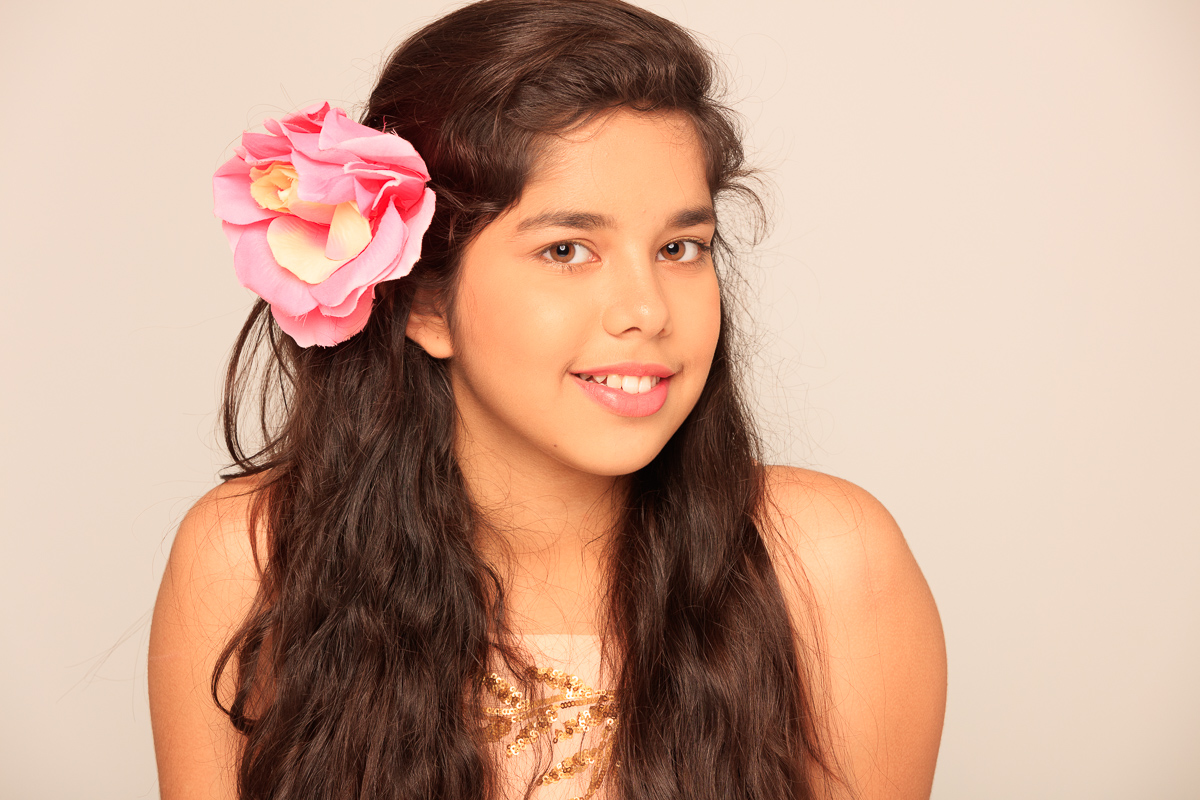

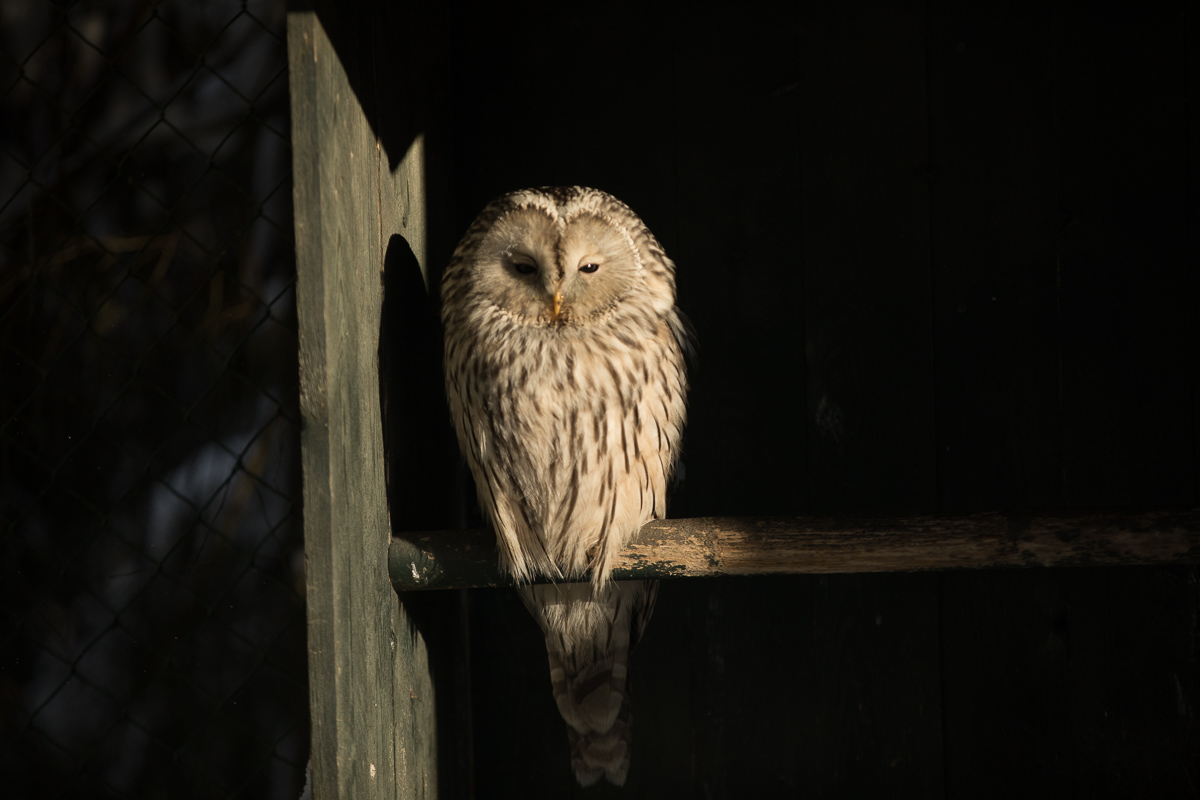
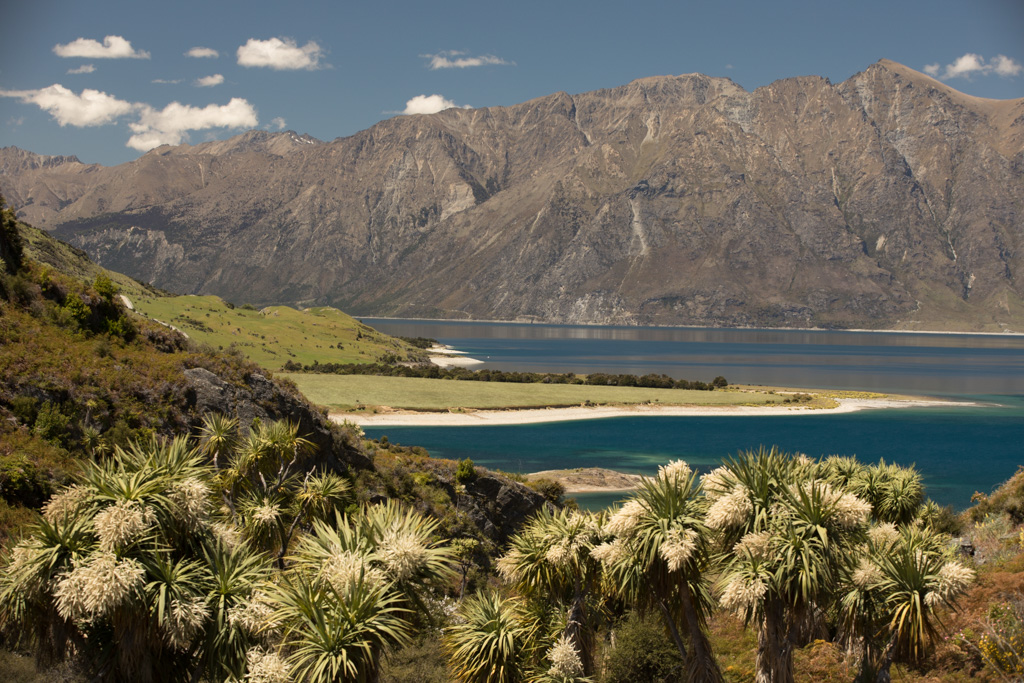
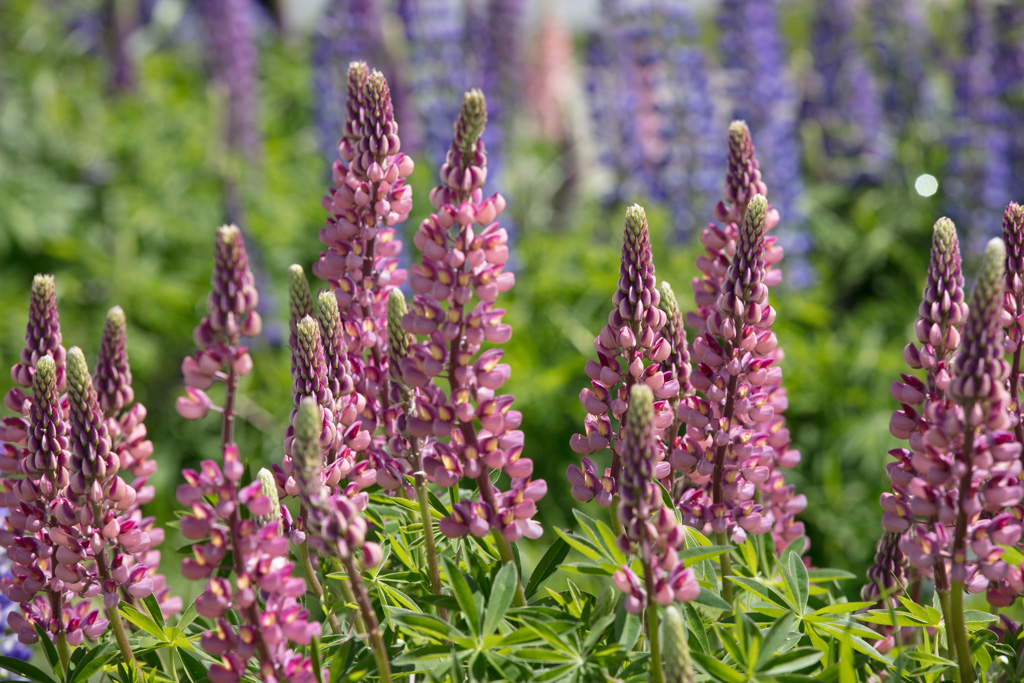
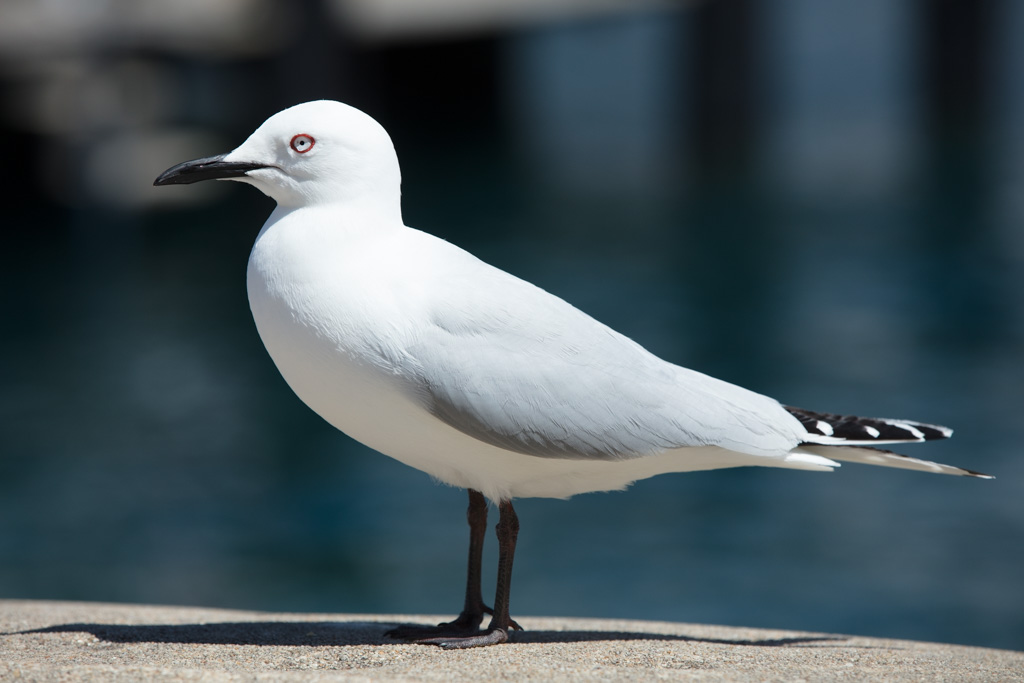
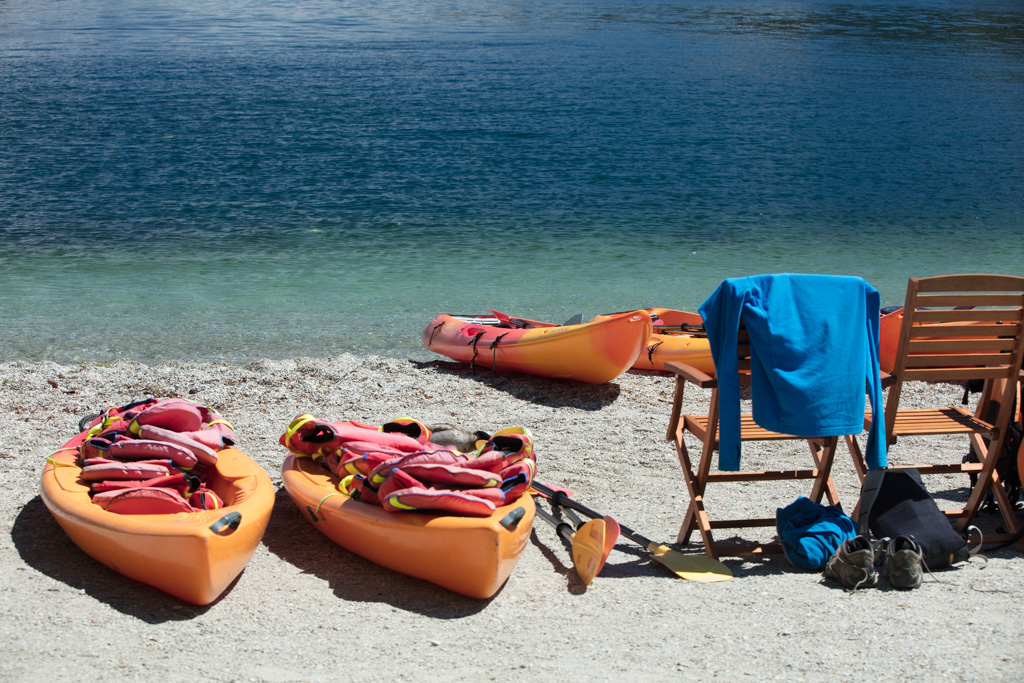
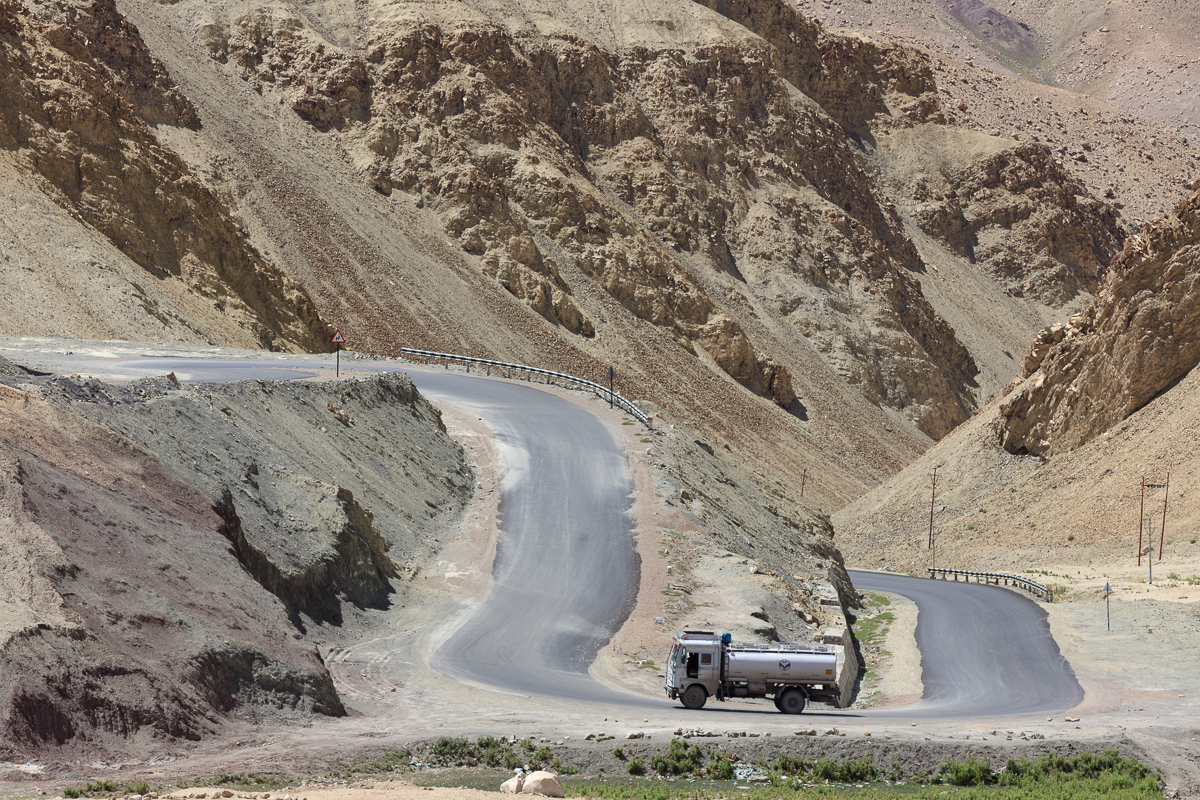
Sigma 35mm F1.4 Art Lens- Is it as good as the hype?
Review of the Sigma 35mm F 1.4 Art Lens. From the new Art Range of Lenses from Sigma this lens has been receiving very good initial reviews from photographers. Kamal Chilaka puts this lens to a real world test.
Quick Facts
MRP : INR 68,000
Retail : INR 62,998
Date introduced : September 2012
Lens Construction13 Elements in 11 Groups
Angle of View: 63.4º
Number of Diaphragm Blades : 9
Minimum Aperture : f16
Minimum Focusing Distance: 30 cm / 11.8 in
Filter Size : 67mm
Maximum Magnifications: 1:5.2
Dimensions
(Diameter x Length) 77mm x 94mm /3in x 3.7in
Weight : 665g / 23.5oz.
The Art series of Lenses from Sigma are completely new lineup with upgraded optics and superior build quality to the previous generation of Sigma Lenses. They are aesthetically pleasing too.I bought this lens after hearing good reviews from the photographer community instead of the proven Canon offering just to see what the fuss was all about.
Focusing Performance 8/10
in AF mode the Sigma 35mm f1.4 Art lens is quick to acquire focus in normal available light situations and studio conditions. Although it doesn't set any new records in the AF department it is a strong performer. Also being a wide angle lens the increased Depth of Field anyway compensates for focusing mistakes.
Sharpness 8/10
This lens produces sharp images even from wide open at f1.4. And not surprisingly is very sharp between f5.6 and f8.0 the sweet spot for most lenses. Stopping down beyond f11 does not given any increase in sharpness. The image contrast is good but the colour rendition appears to be on the warmer side .Need to check this some more and will revert back with an update.
Bokeh 8/10
The wide f1.4 Aperture allows one to create smooth background blur(BOKEH) on a full frame camera. I find the bokeh to be mostly pleasing if not as smooth on as on the more expensive primes or zoom lenses in canon's lineup.On an APS-C camera it's performance is more more like that of f2.8 lens.
Build Quality 8/10
The 35mm Art lens is built solidly and designed beautifully. Its build quality is almost on par with the Canon 35mm f2.0.
This lens is surprisingly heavy for such a small package, specially when compared to the kit zooms like the 55-200 and 70-300mm lenses, but won't break your back.
Value for Money 9/10
The Sigma 35mm f1.4 Art lens is a solid performer from a new breed of lenses designed for high resolution DSLRs. It produces sharp, contrasty images. Is built well and has good bokeh. The price is on higher side when compared to the previous generation sigma 35mm but still a little cheaper than the Canon 35mm f2.0 and quite a lot cheaper than Can's f1.4 version 2. This is a good alternative to Canon glass at least for Canon users.
Sample images
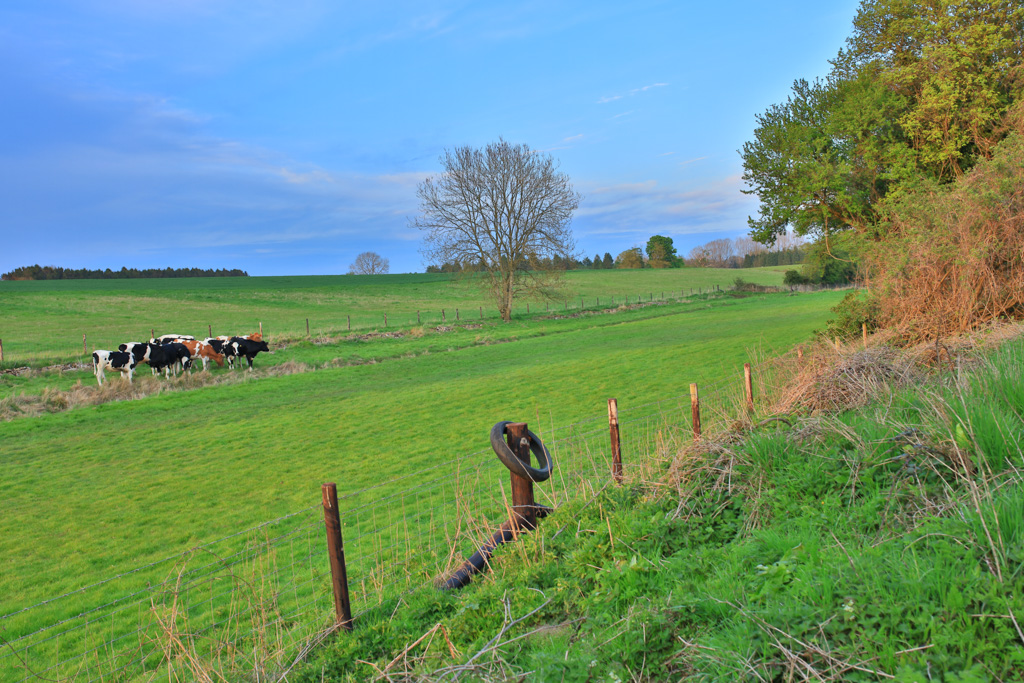
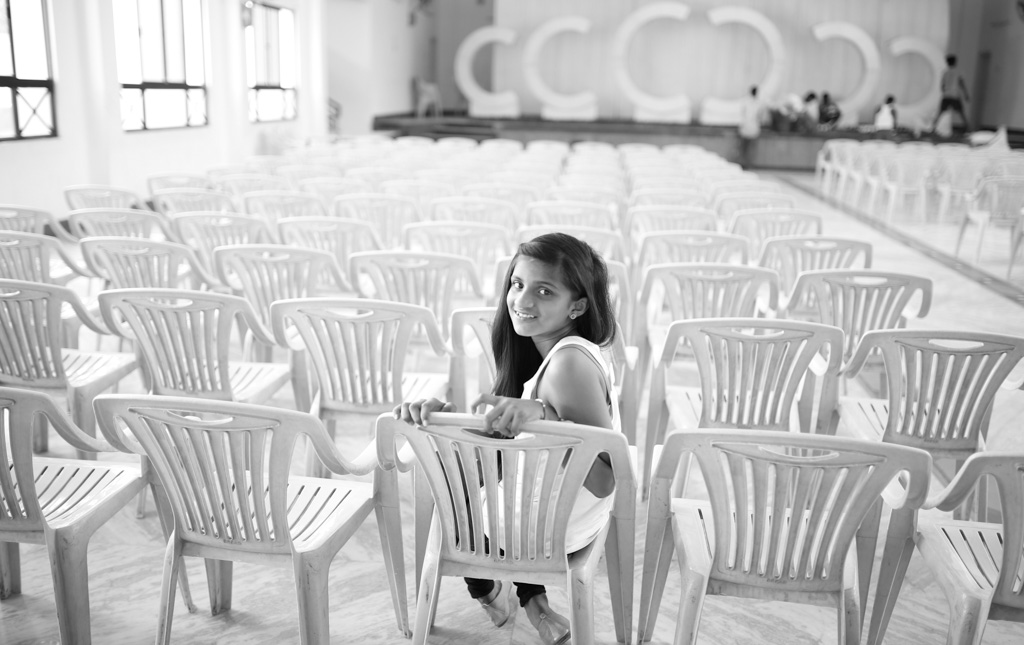
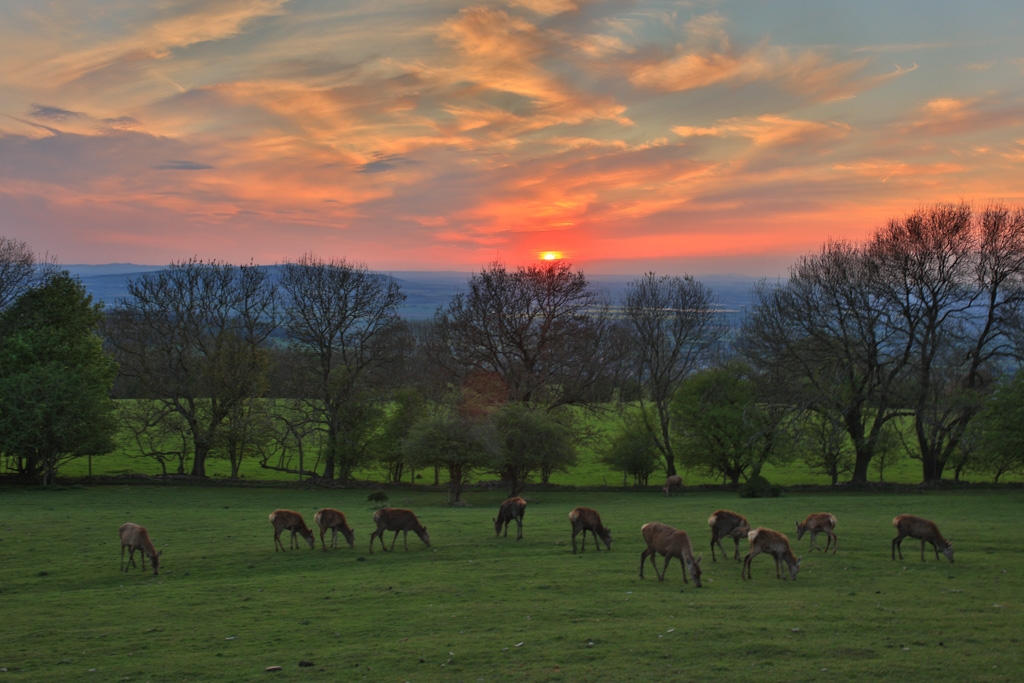
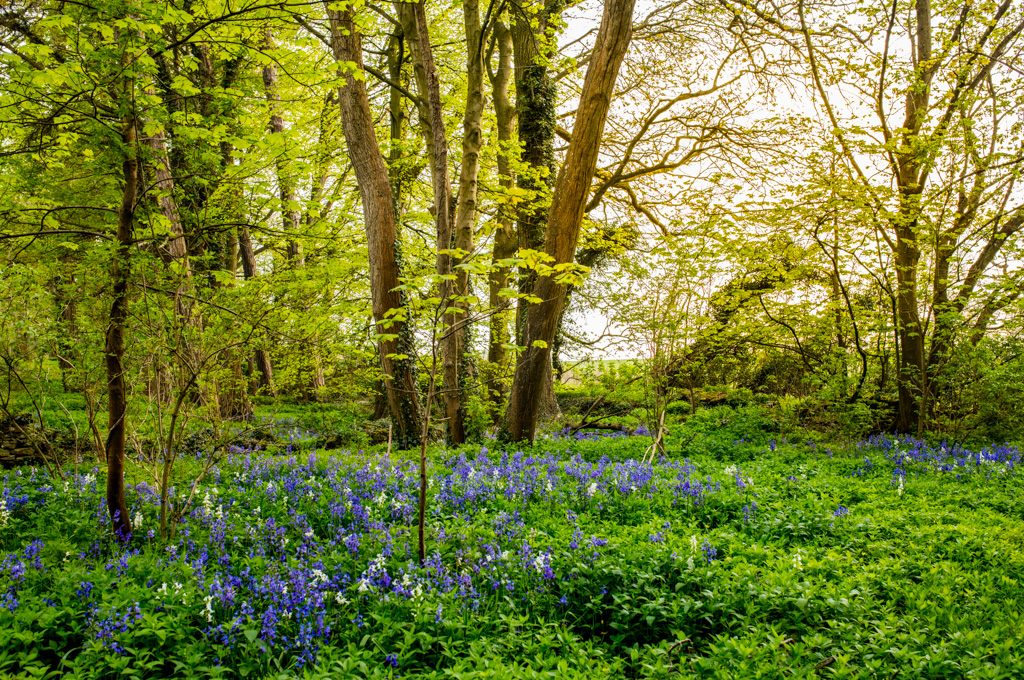
Shop for Sigma 35mm or similar lens
Zeiss Otus 55mm F1.4 ,the pinnacle of Optical Performance?
Review of Zeiss Otus 55mm F 1.4 Lens. Read a real world use based review of this remarkable lens from Zeiss. Travel and Landscape Photographer Kamal Chilaka shares his experiences with the lens after using the lens for a variety of images over a period of a year.
Quick Facts
MRP : INR 224,900
Retail : INR 220,000
Date introduced : 2014
Maximum format size : 35mm full frame
Focal length : 55 mm
35mm equivalent focal length (APS-C) : 88 mm
i have had this lens for about a year now now and have been using it to shoot a variety of subjects including environmental portraits . A regular companion on my portrait shoots It gives that wider perspective from the additional angle of view that my other favourite portrait lens the 85mm f1.8 cannot.
Focusing Performance NA (MF ONLY)
This a strictly manual focus only lens. No AF. But like on any lens with a wide aperture good eyesight and good focusing technique are needed to consistently get proper focus while shooting wide open on canon DSLRs
Sharpness 9/10
This lens produces sharp images from wide open till about f11 after which sharpness drops a tad. But for all practical purposes it is super sharp. Leica lenses are the benchmark for sharpness in my opinion.
Bokeh 9/10
The wide f1.4 Aperture allows one to create smooth background blur(BOKEH) on a full frame camera. The Bokeh on this lens is buttery smooth as is expected from such an expensive Lens with wide aperture.
Build Quality 10/10
It's well built with a metal lens mount and high quality plastic barrel unlike the Canon 50mm f1.8 lens which is mostly a cheaper plastic construction.
Slightly lower build quality that the 85mm f1.8 EF lens.
Value for Money 8/10
I believe this lens represents good value for money. At it's street price of INR 220,000 this is a Rolls Royce of Normal Lenses. It is a high end lens designed to meet the needs of medium format photographers moving to digital 35mm on high resolution sensor cameras. The price might seem stratospheric when compared to other 35mm lenses but in reality when compared to medium format lenses it is actually a bargain.
A fantastic Normal to Short Telephoto lens ideal for a variety of subjects including portraiture, fine art work, and landscape photography. strong Contrast, Highest image quality, supreme sharpness, beautiful colour rendition all make this a great lens for the professional photographer for whom nothing but the best will do. A great pairing for modern high resolution DSLRs and Mirrorless Cameras.
Sample Images

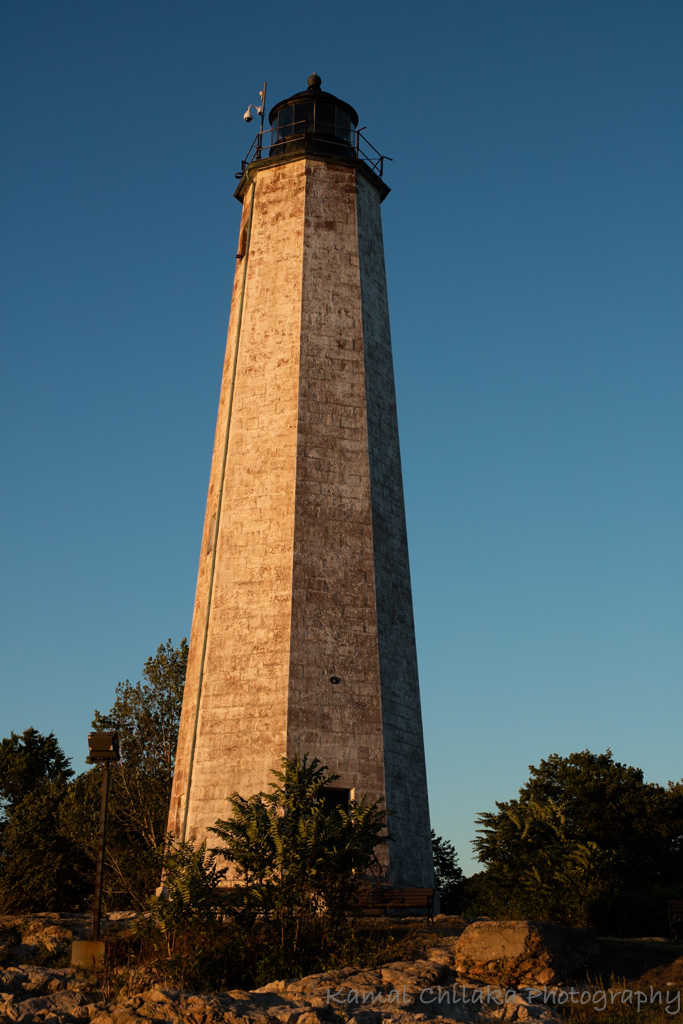
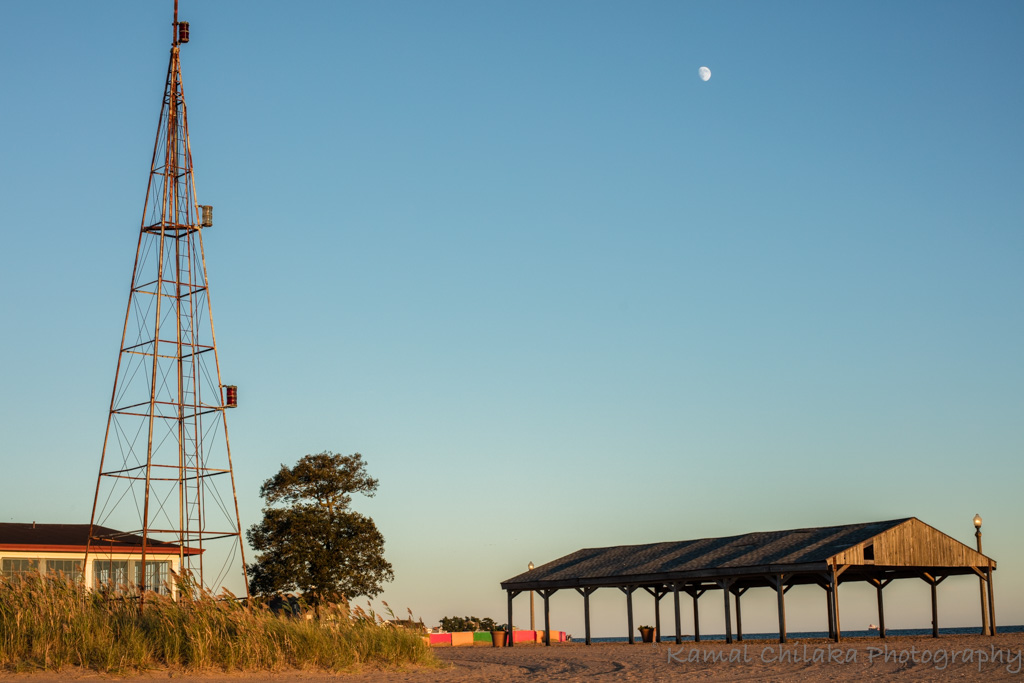
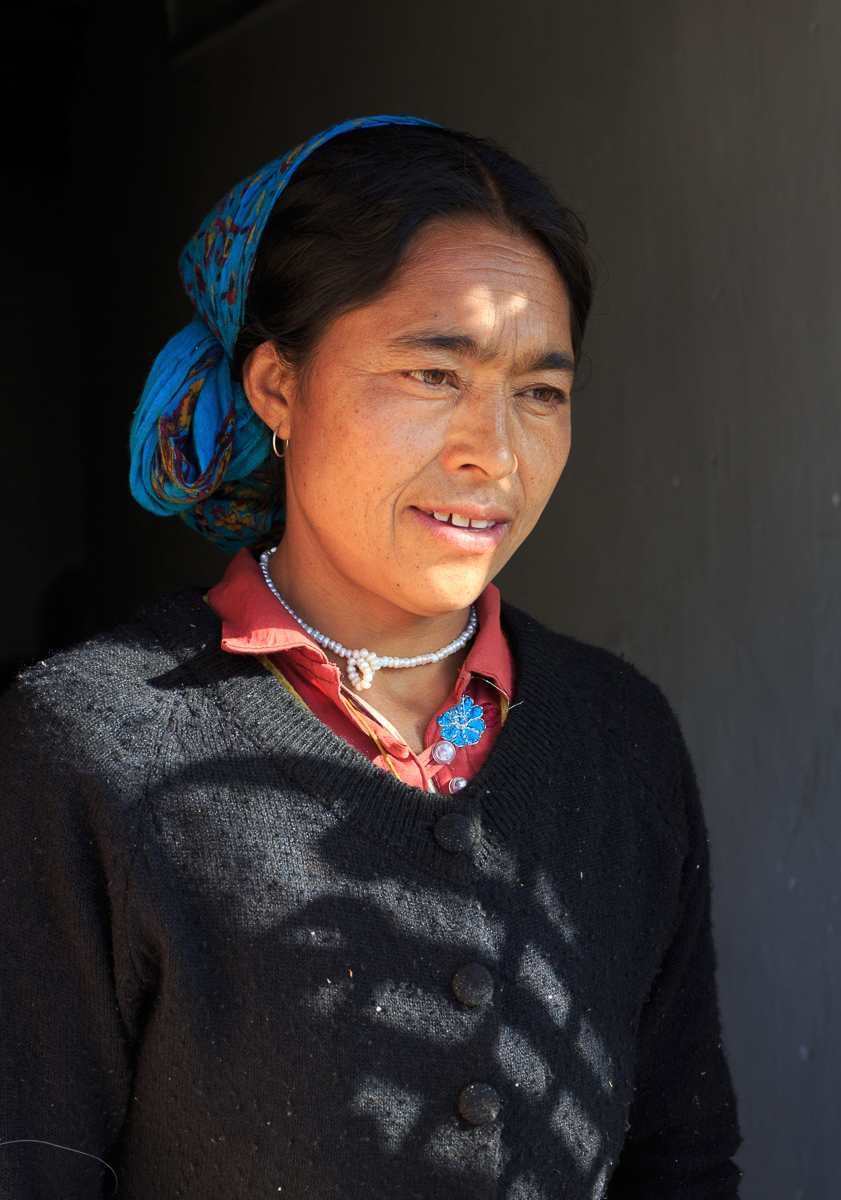
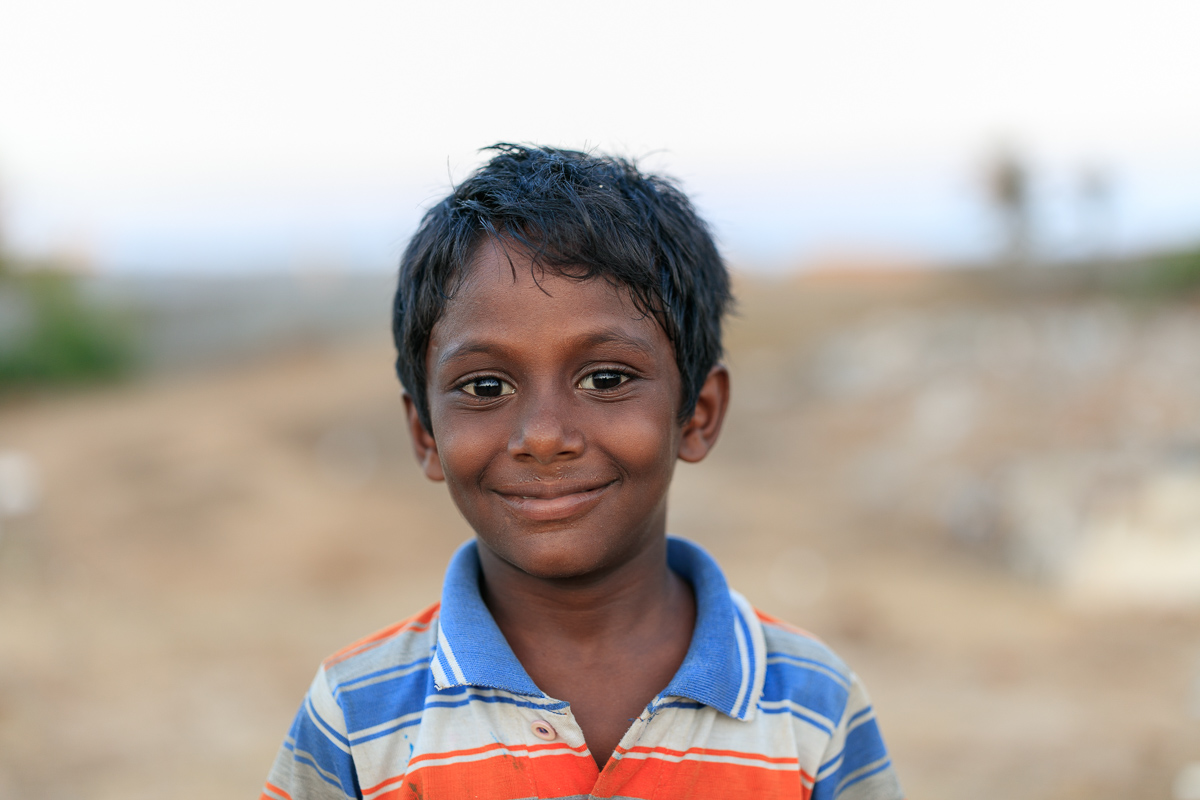
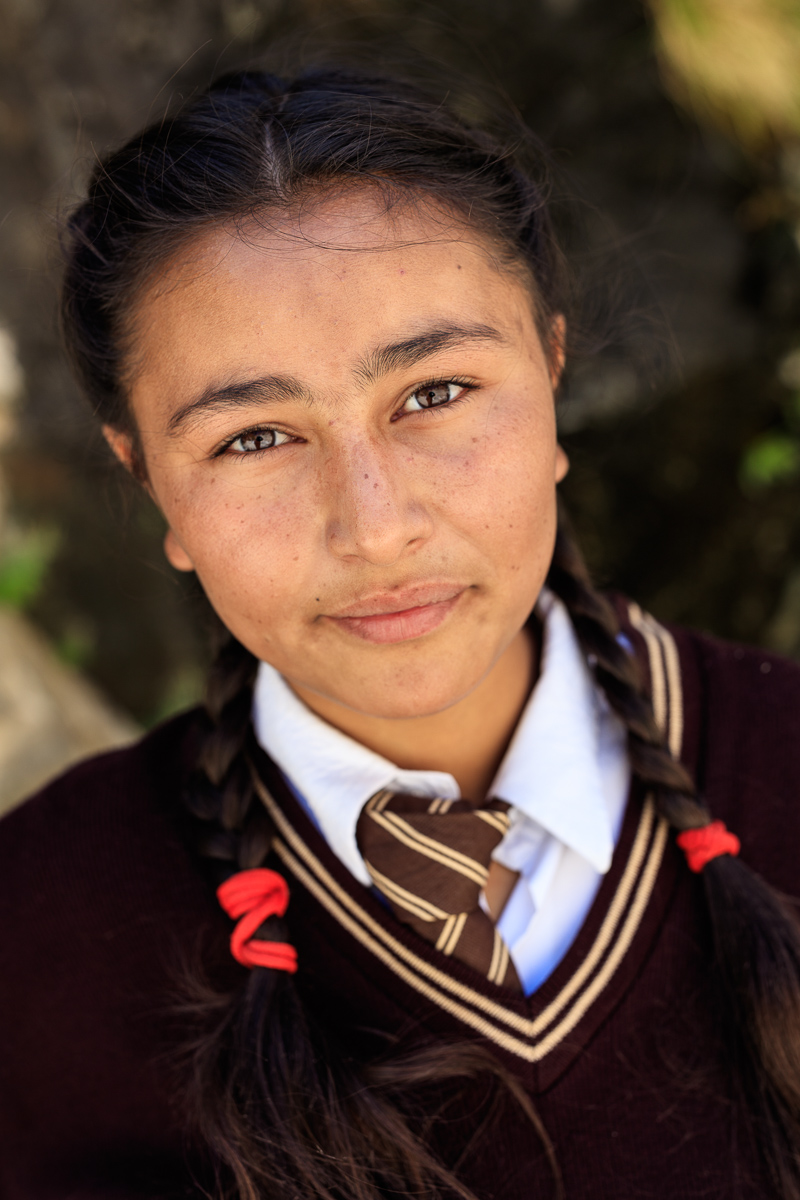

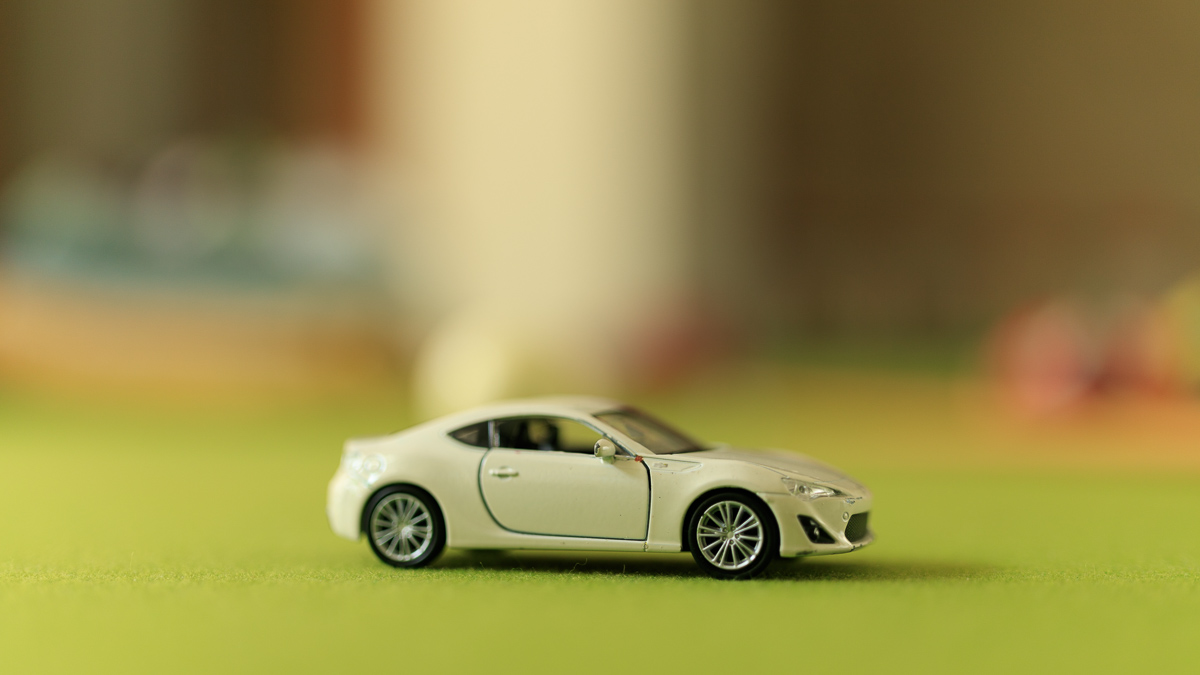
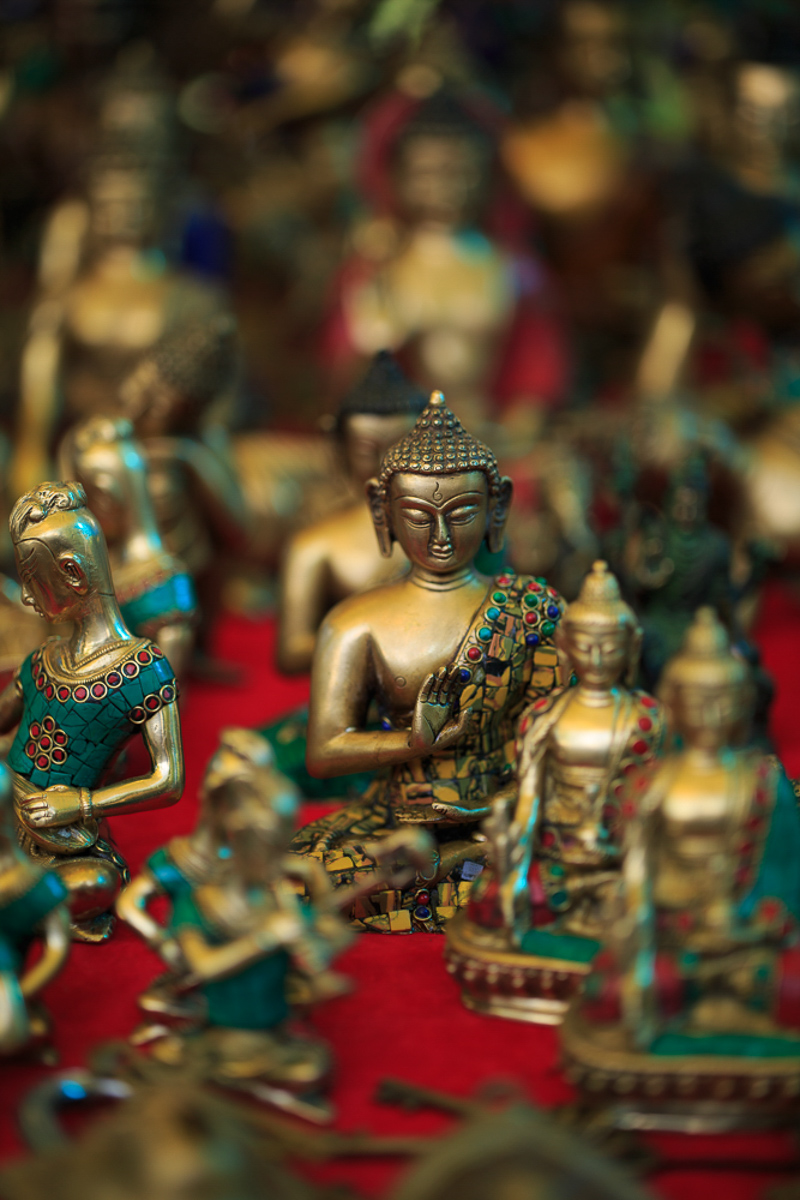
The Canon 50mm f1.4 USM A Capable Allrounder
Review of the Canon EF 50mm F1.4 USM.
Quick Facts
MRP : INR 29,900
Retail : INR 26,000
Date introduced : June 1993
Maximum format size : 35mm full frame
Focal length : 50mm
35mm equivalent focal length (APS-C) : 80mm
This lens has been with me for a few years now and have been using it mostly to shoot environmental or full length portraits on my full frame 5D Mark 3 and more recently on my 5DS R and 5D Mark 4. A regular companion on my portrait shoots It gives that wider perspective from the additional angle of view that my other favourite portrait lens the 85mm f1.8 cannot.
Focusing Performance 7/10
in AF mode the 50mm f1.4 is quick to acquire focus in normal available light situations and studio conditions. But like on any lens with a wide aperture good eyesight and good focusing technique are needed to consistently get proper focus while shooting wide open on canon DSLRs
Keeping the best focusing lenses in Canon's lineup such as the 70-200 f2.8 L and the 300 f2.8 as a benchmark I would rate this lens as 7/10 which is quite good.
Sharpness 7/10
This lens produces sharp images when stopped down to f2.8 or more. And not surprisingly is very sharp between f5.6 and f8.0 the sett spot for most lenses. When used wide open at f1.4 there is a soft dreamy quality to the images which i like but aficionados of super sharp images may be disappointed.
Bokeh 7/10
The wide f1.4 Aperture allows one to create smooth background blur(BOKEH) on a full frame camera. I find the bokeh to be mostly pleasing if not as smooth on as on the more expensive primes or zoom lenses in canon's lineup.On an APS-C camera it's performance is more more like that of f2.8 lens.
Build Quality 6/10
It's well built with a metal lens mount and high quality plastic barrel unlike the Canon 50mm f1.8 lens which is mostly a cheaper plastic construction.
Slightly lower build quality that the 85mm f1.8 EF lens.
Value for Money 9/10
I believe this lens represents good value for money. At it's street price of INR 26,000 this is great normal lens with higher optical performance and build quality than any of the kit lenses and also the 50mm f1.8 lens. It is a good all around performer with a full frame DSLR and can also double as a portrait lens on APS-C cameras.
Sample Images
